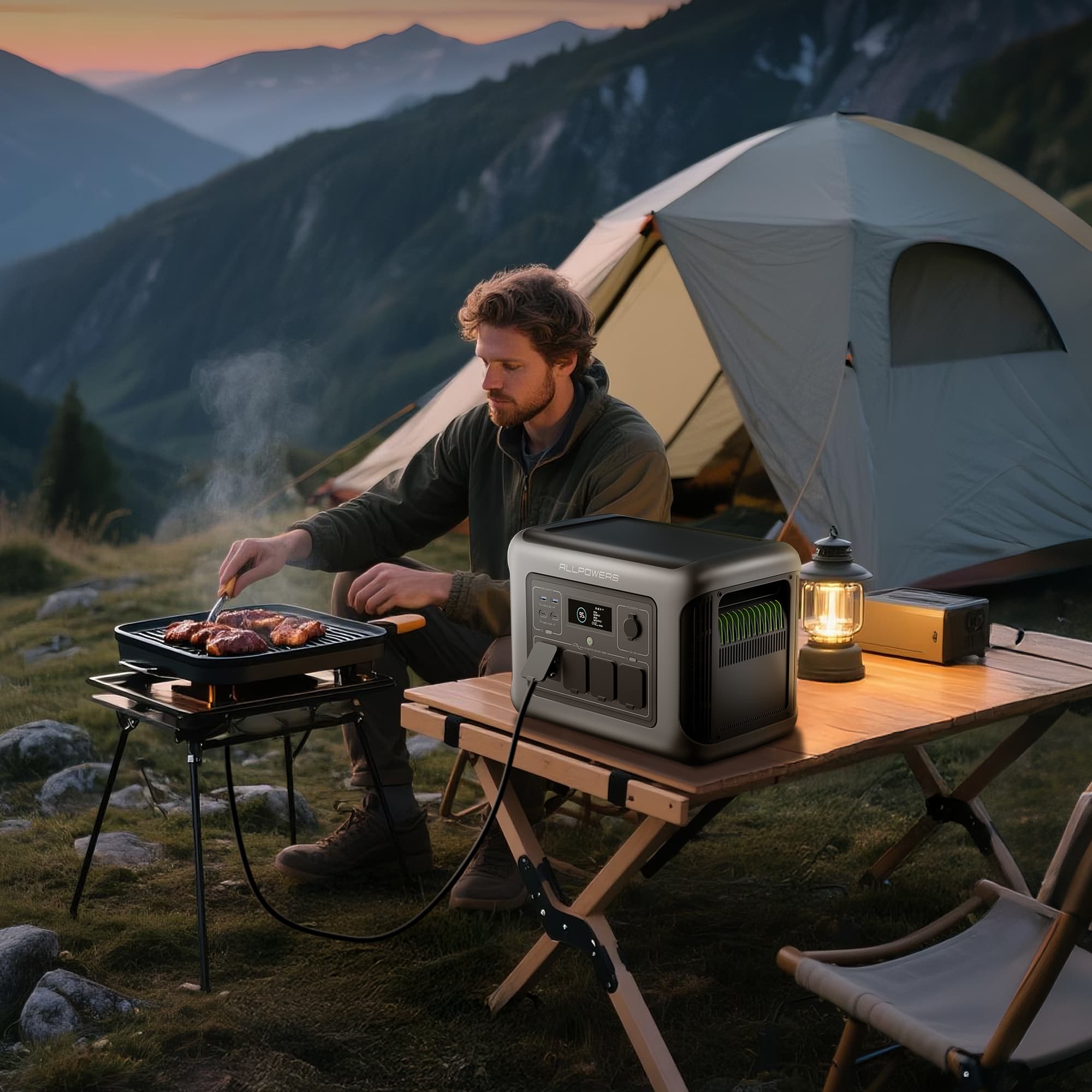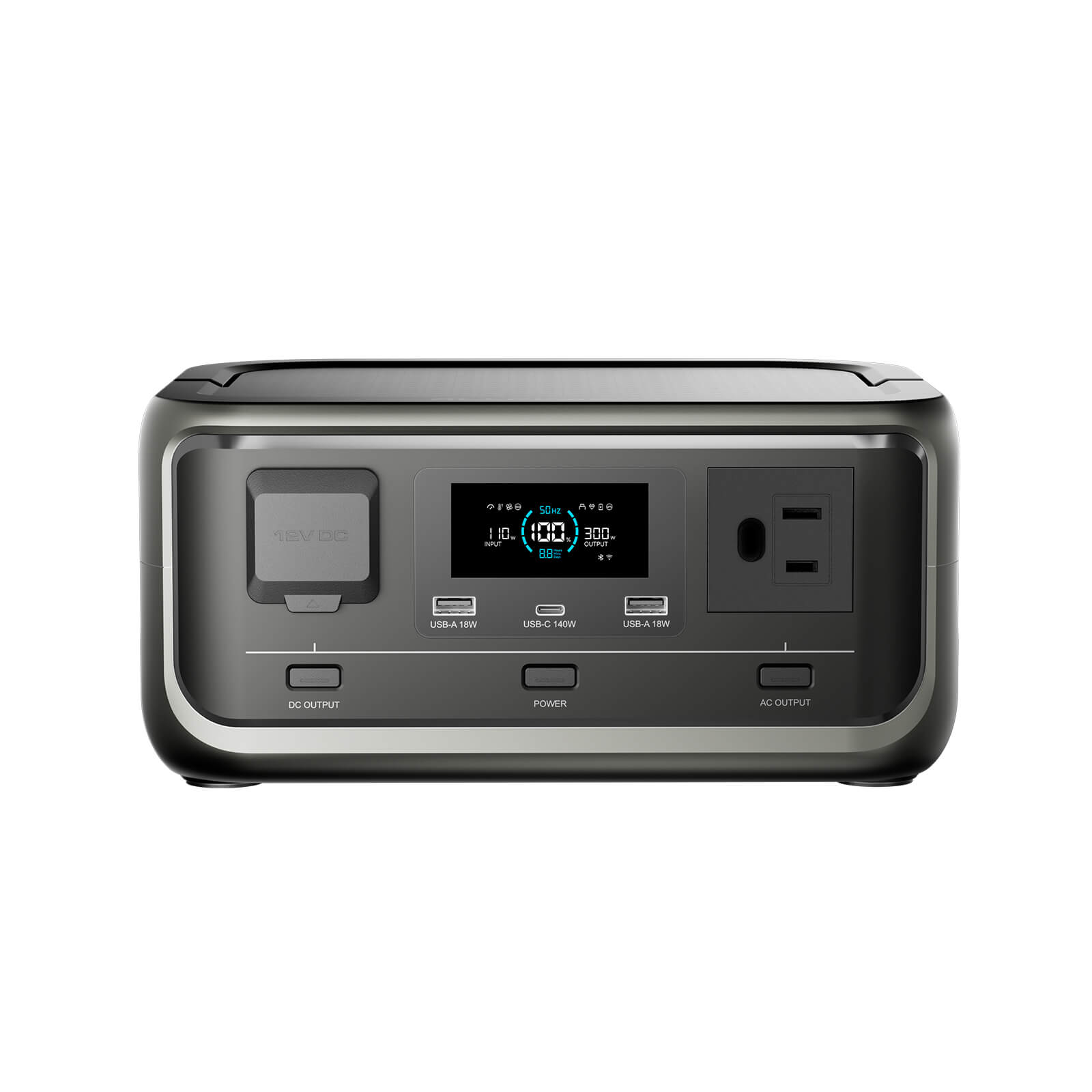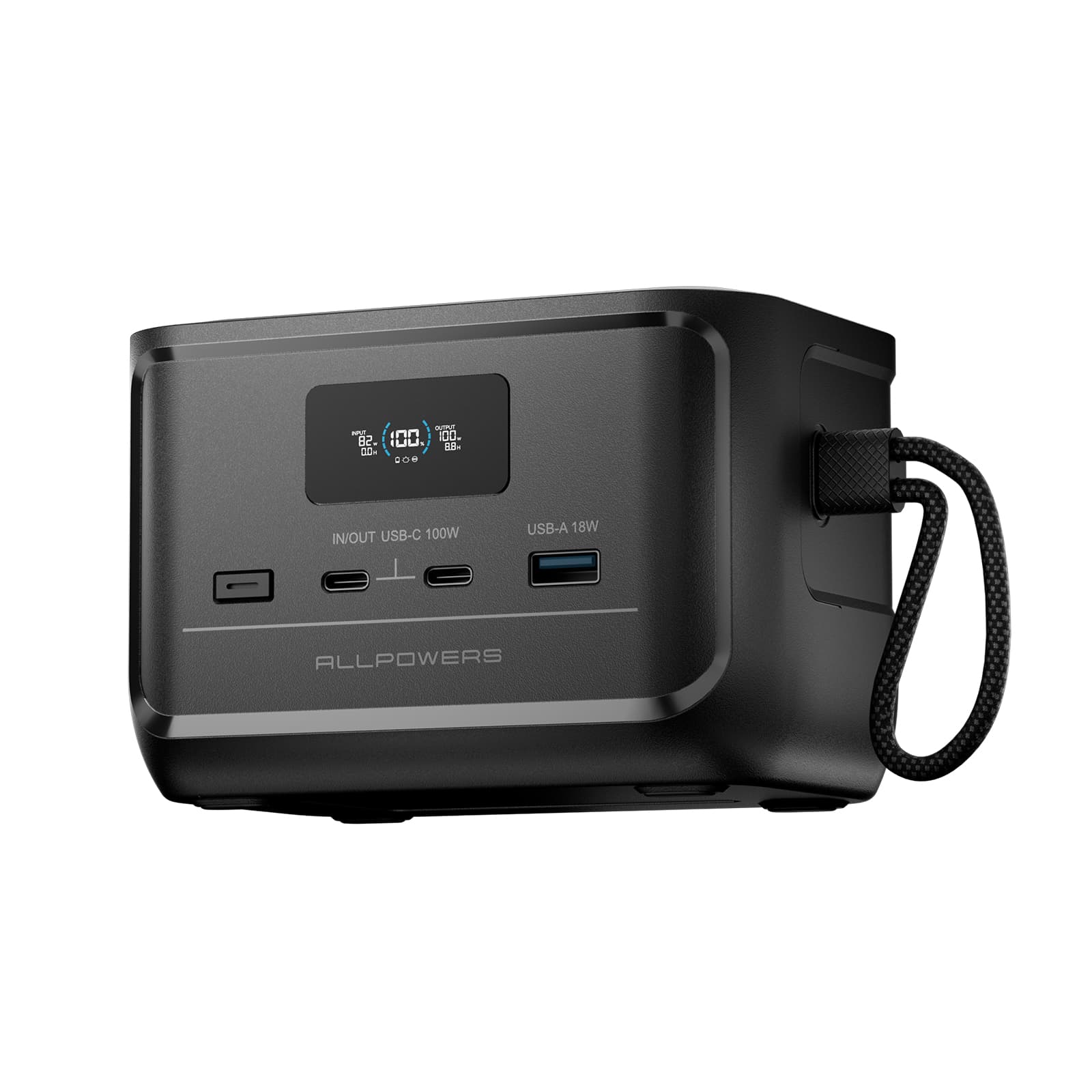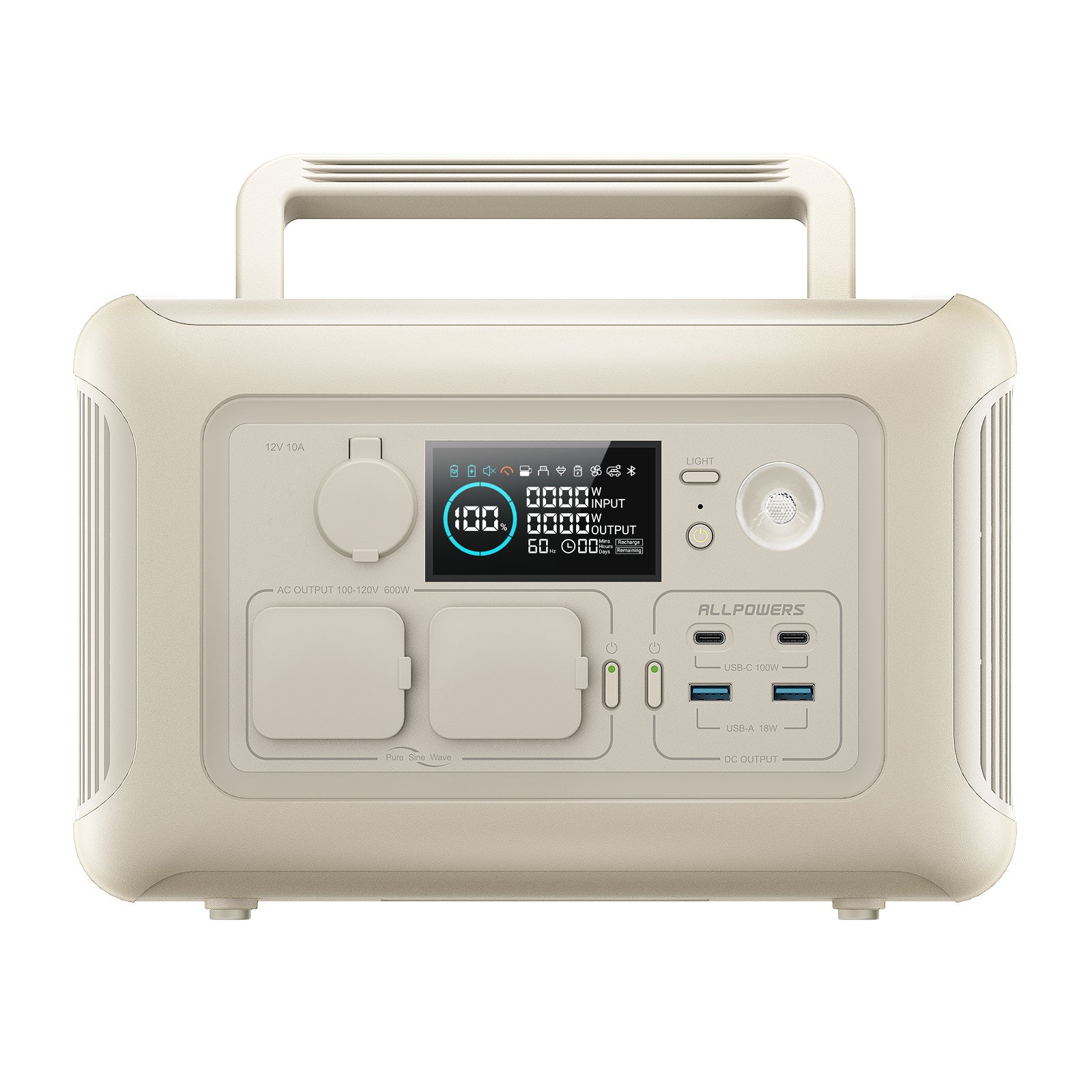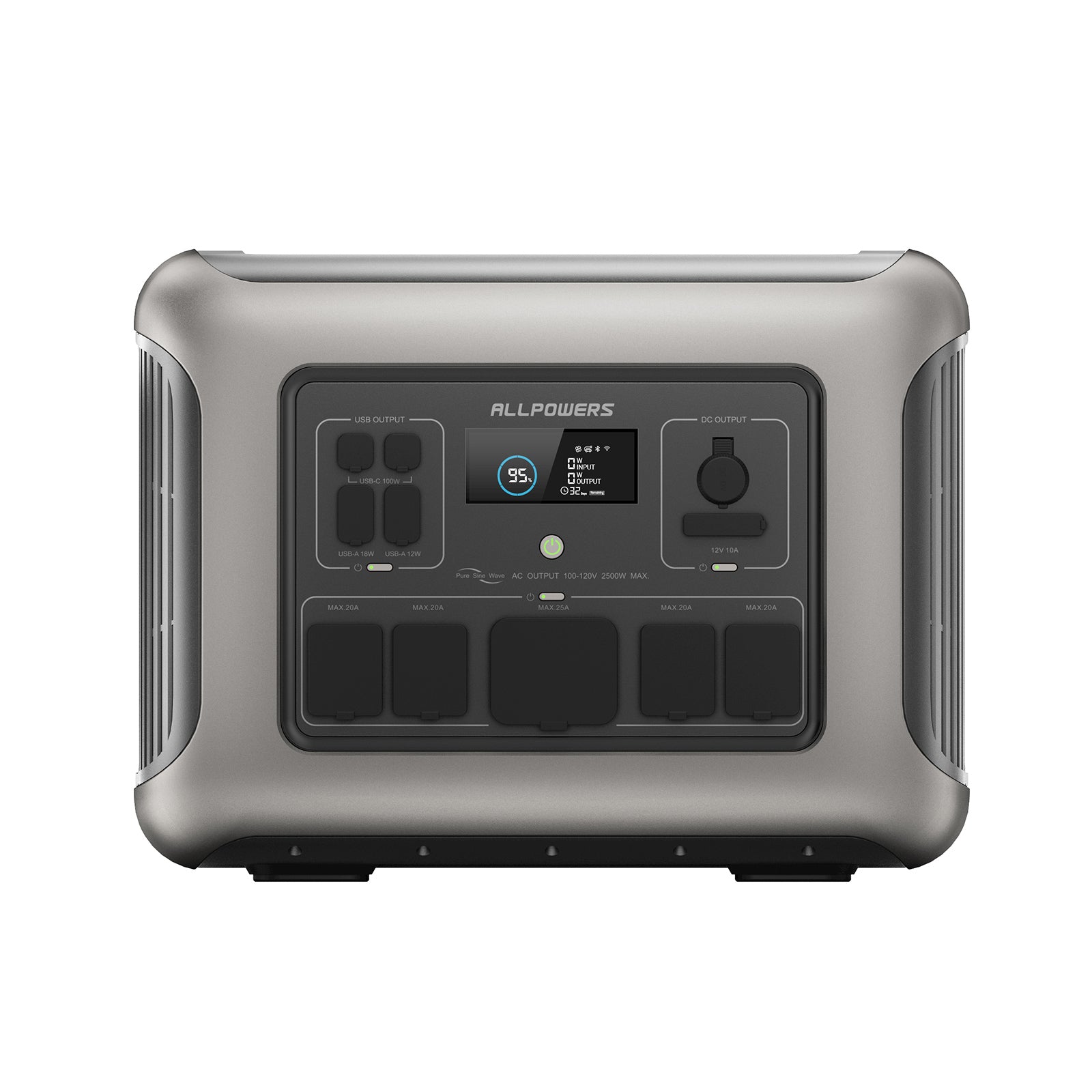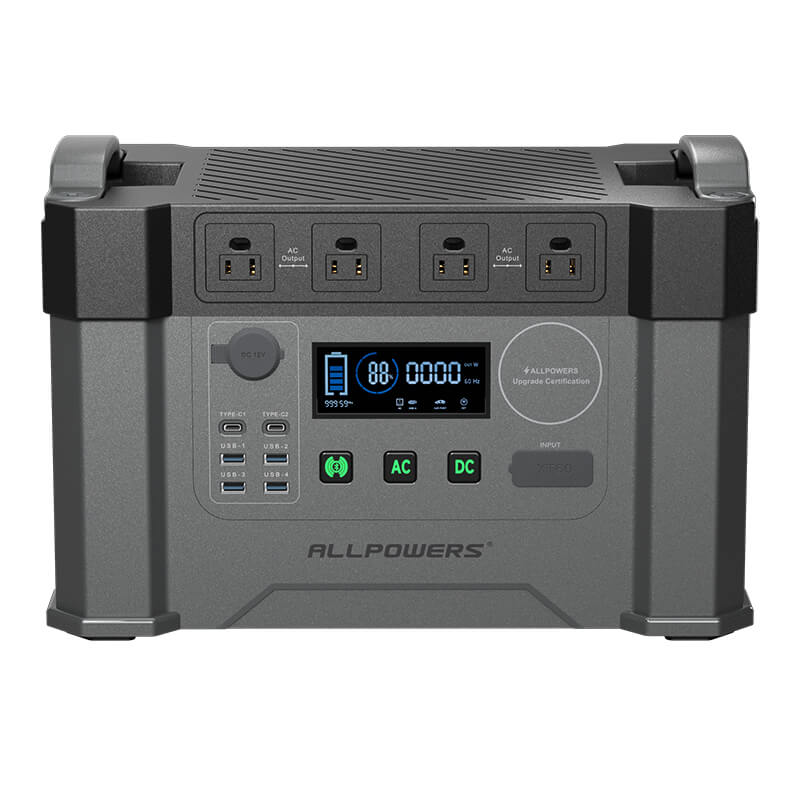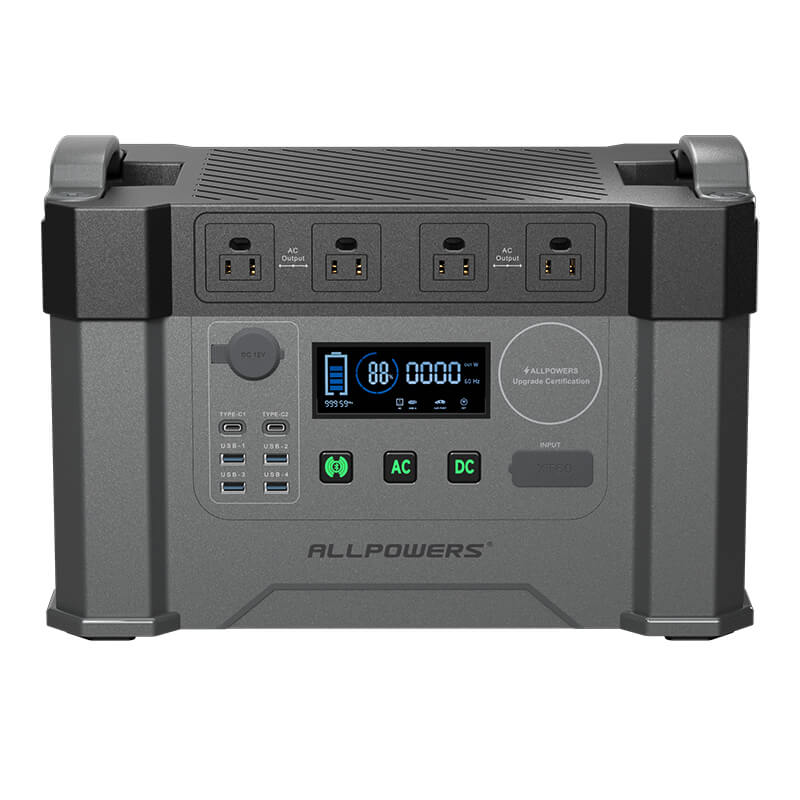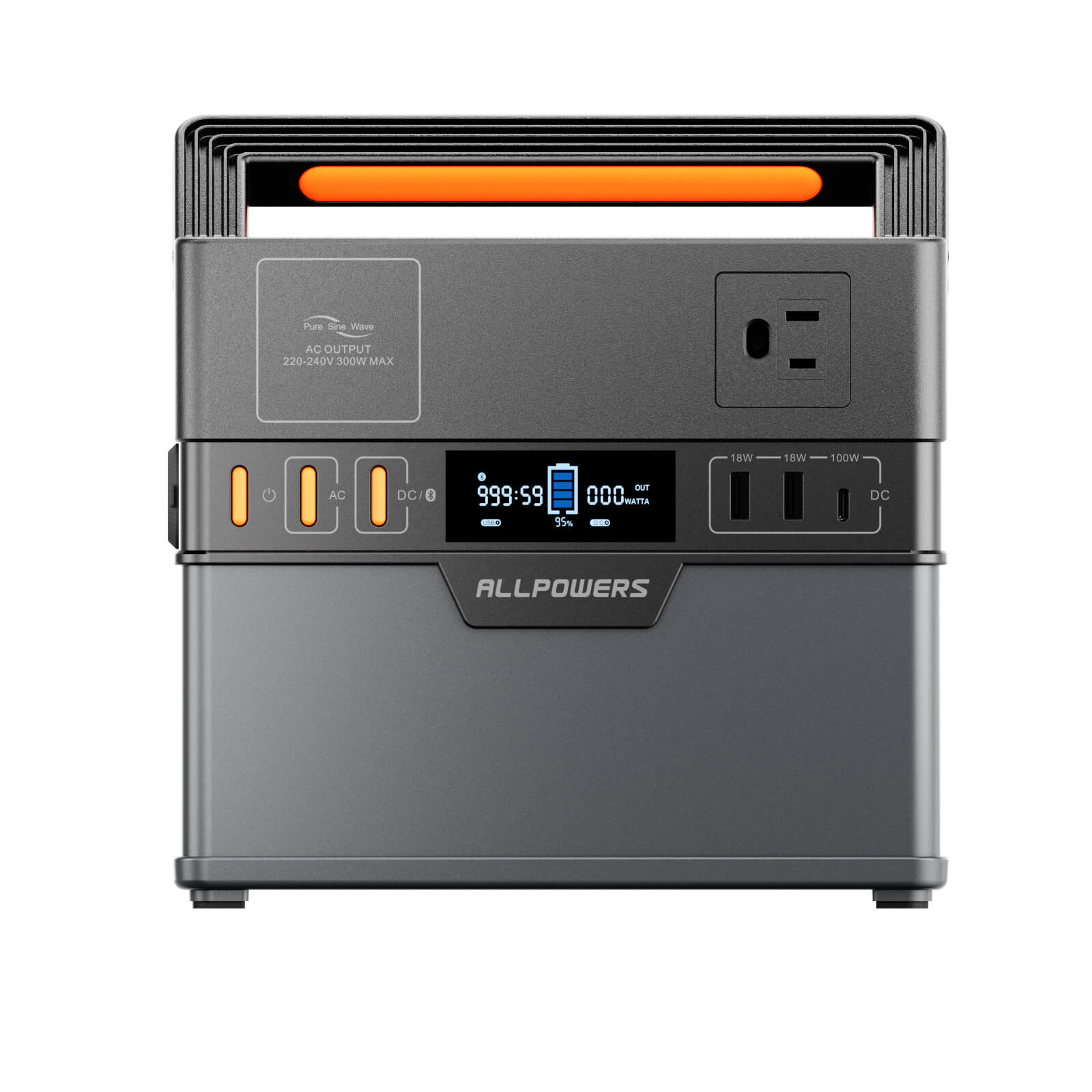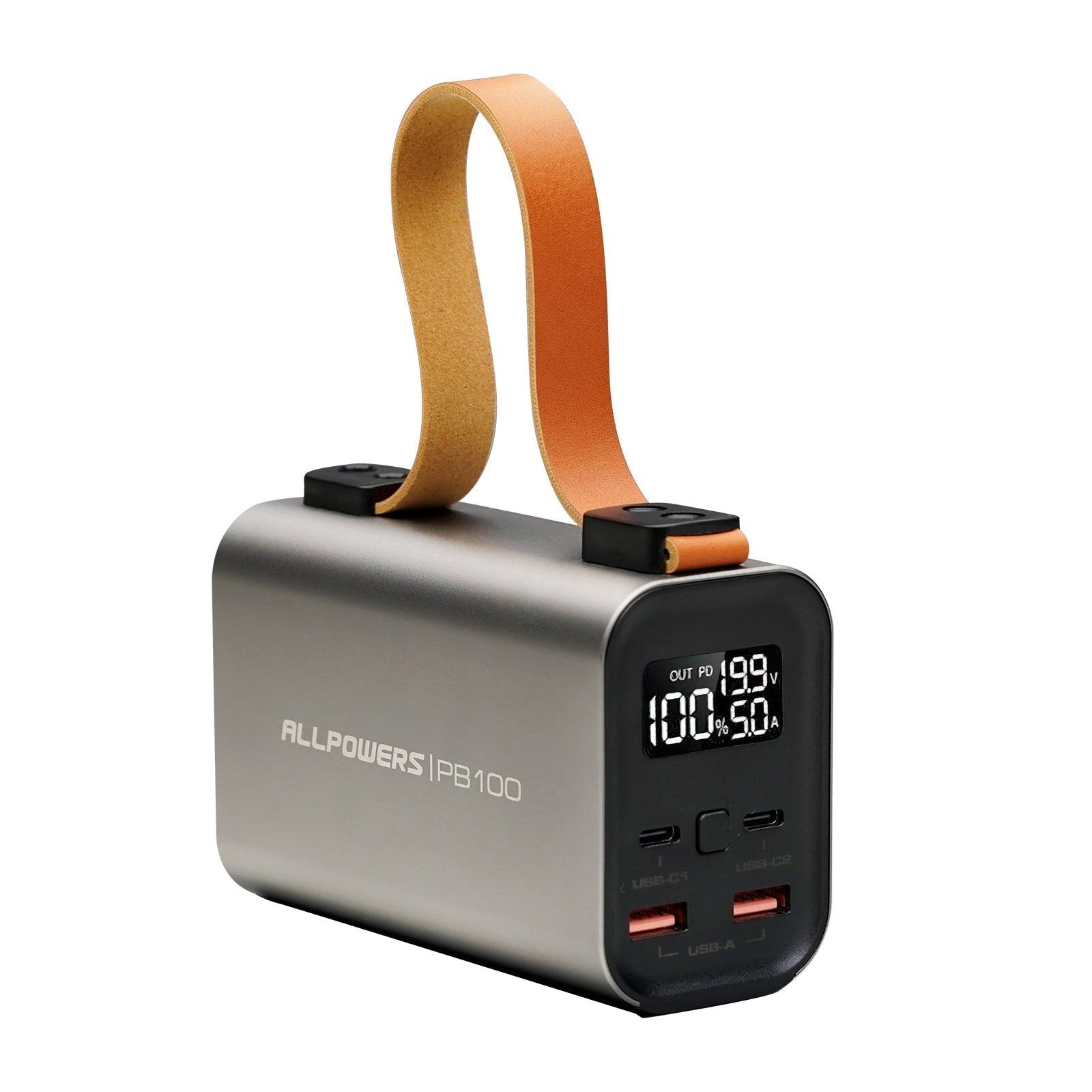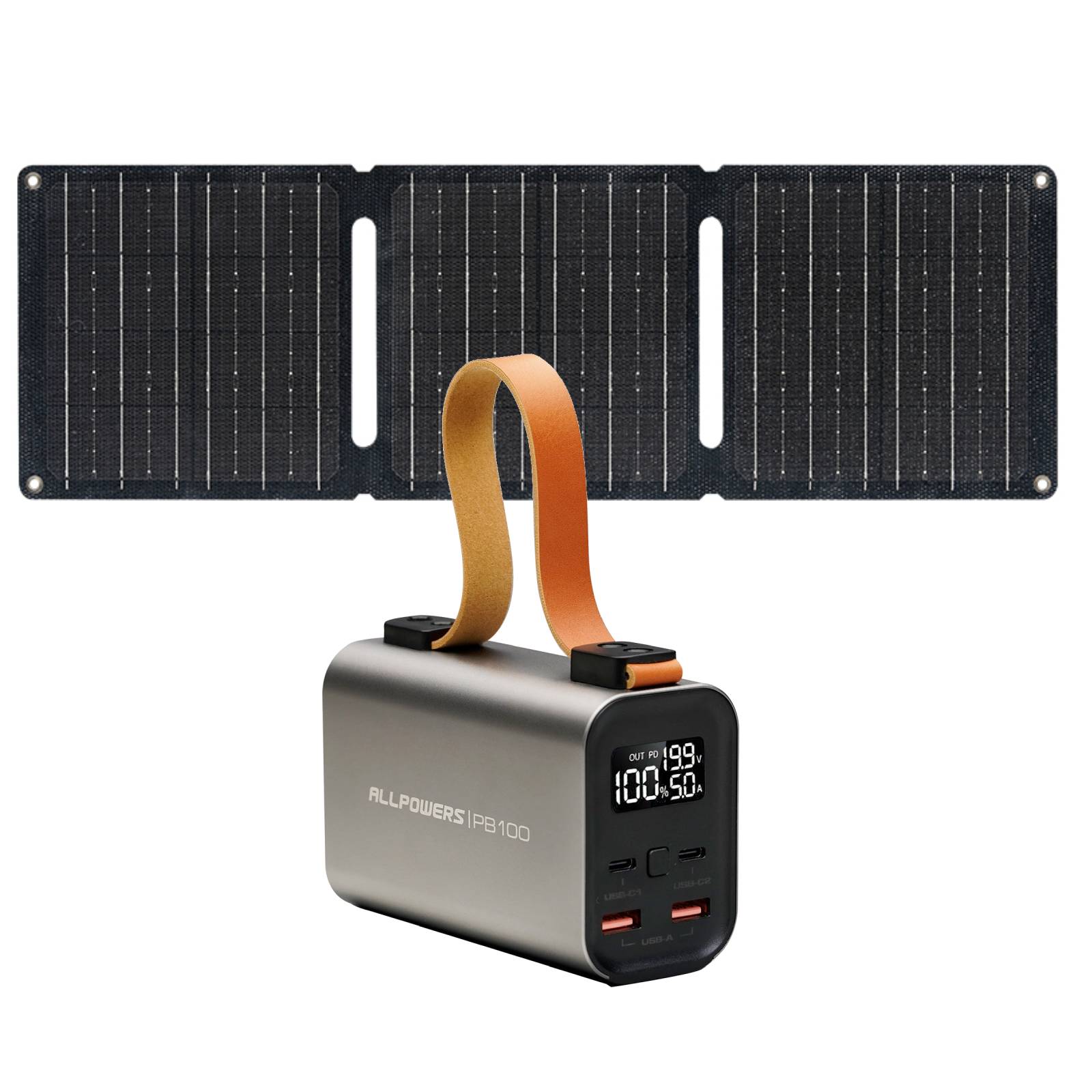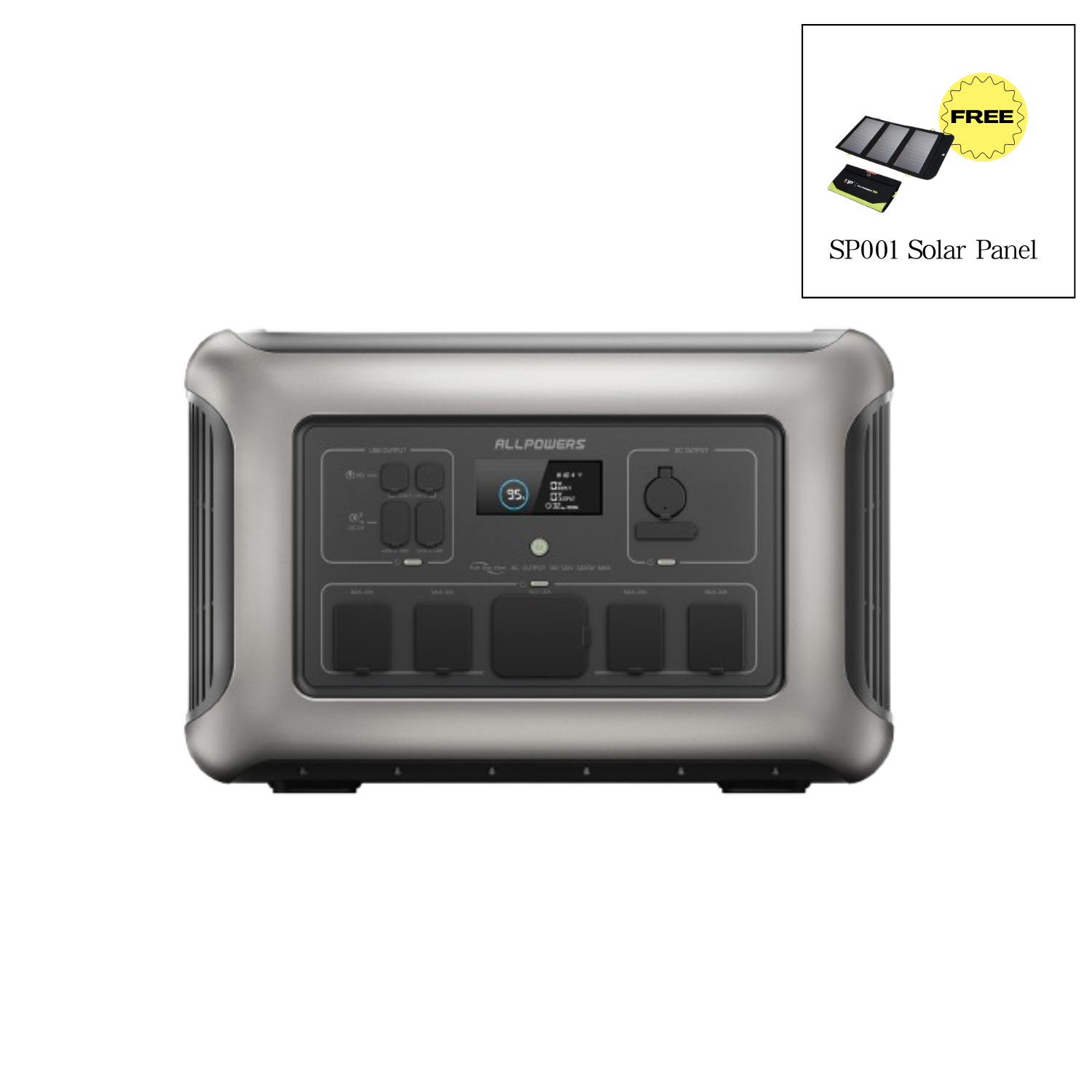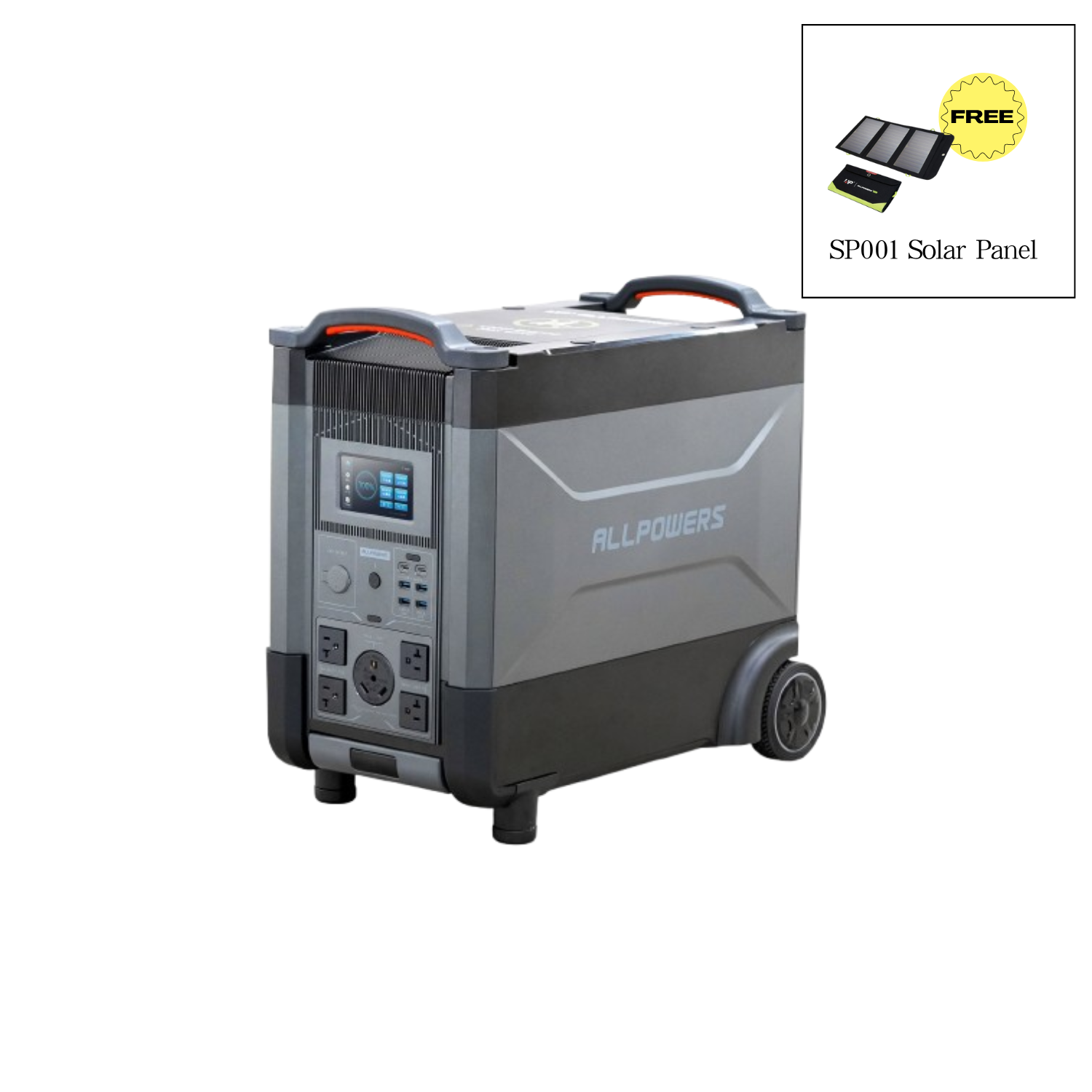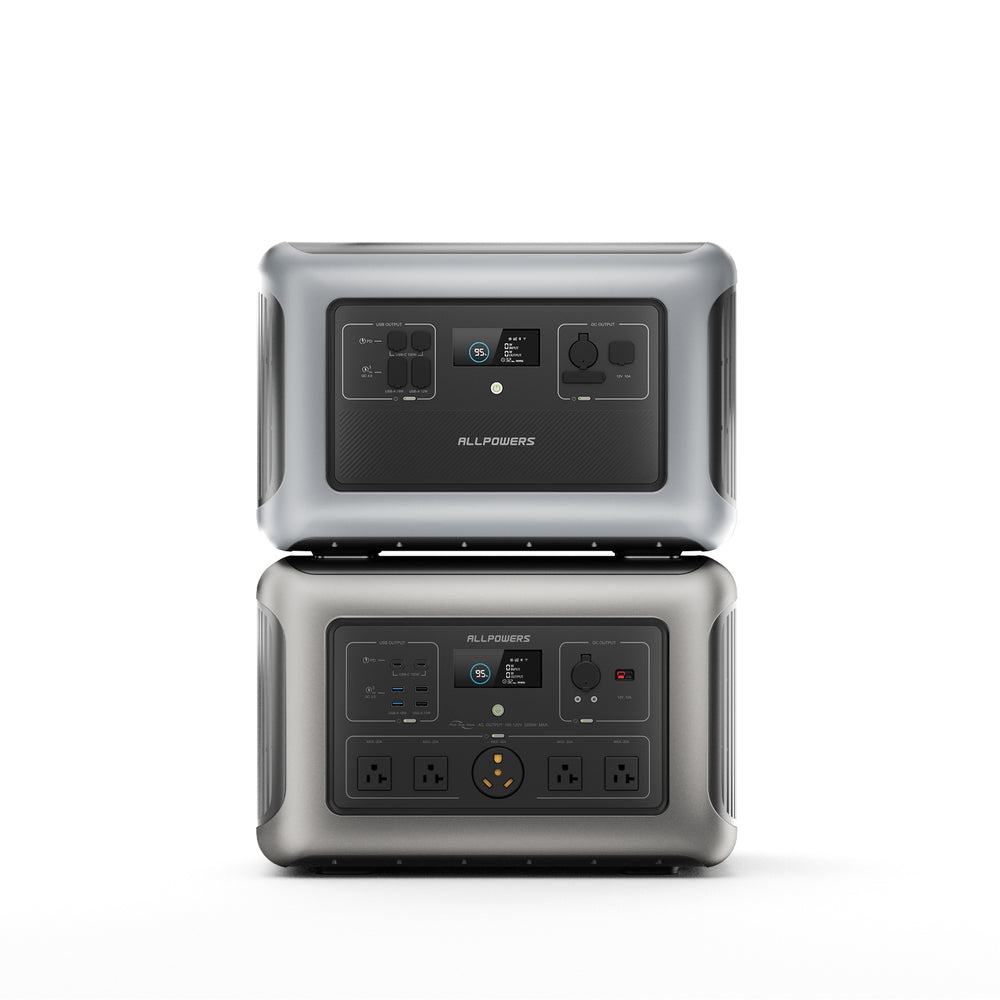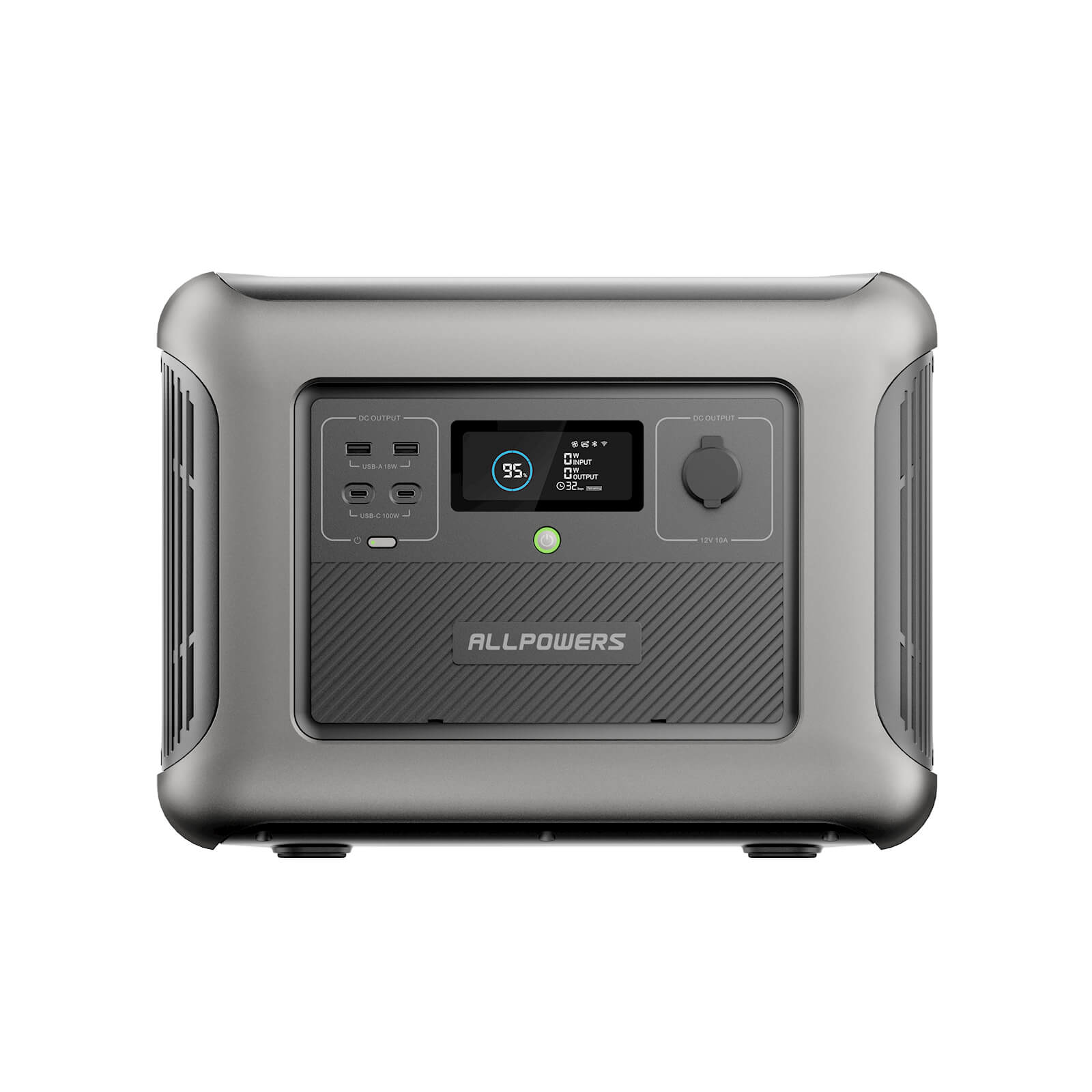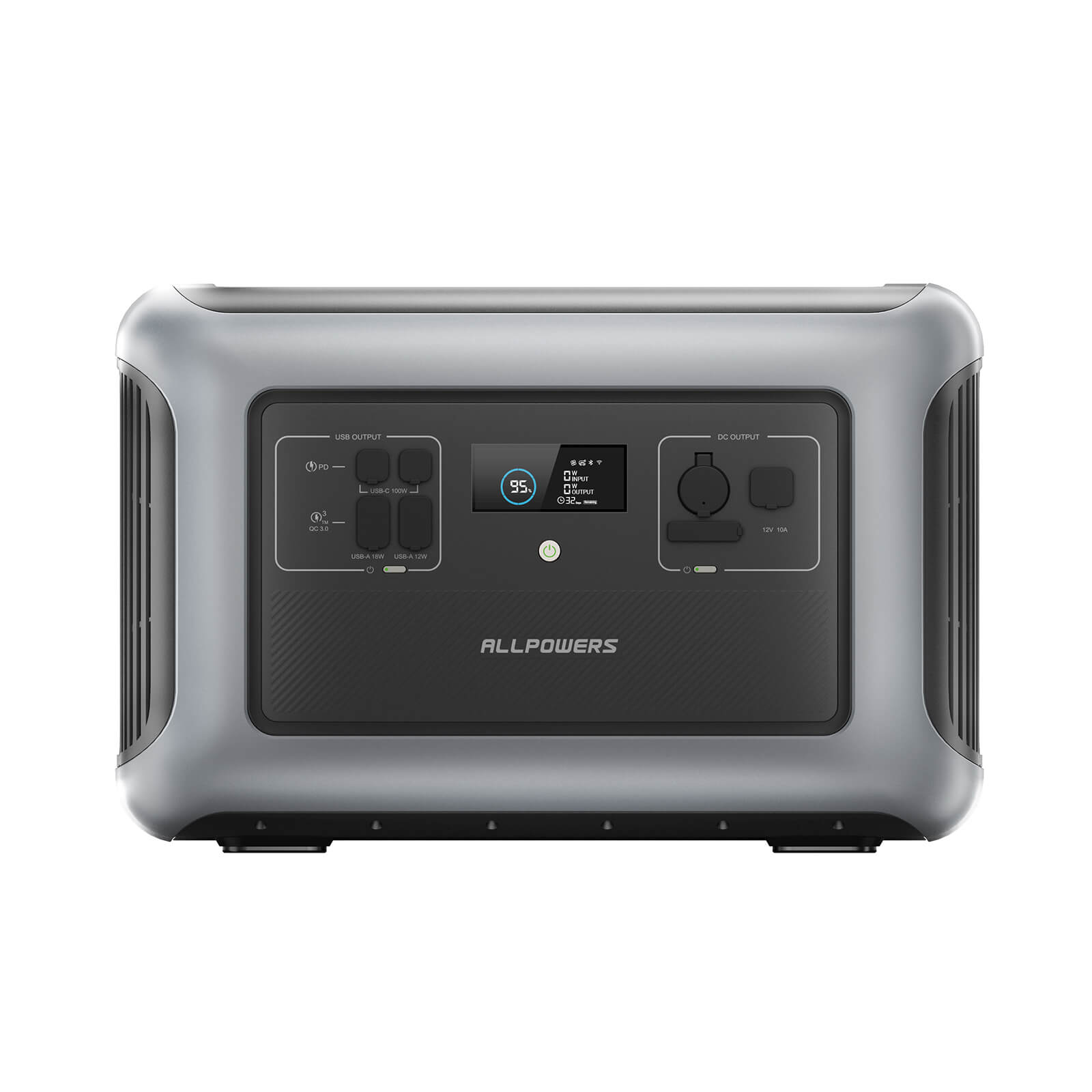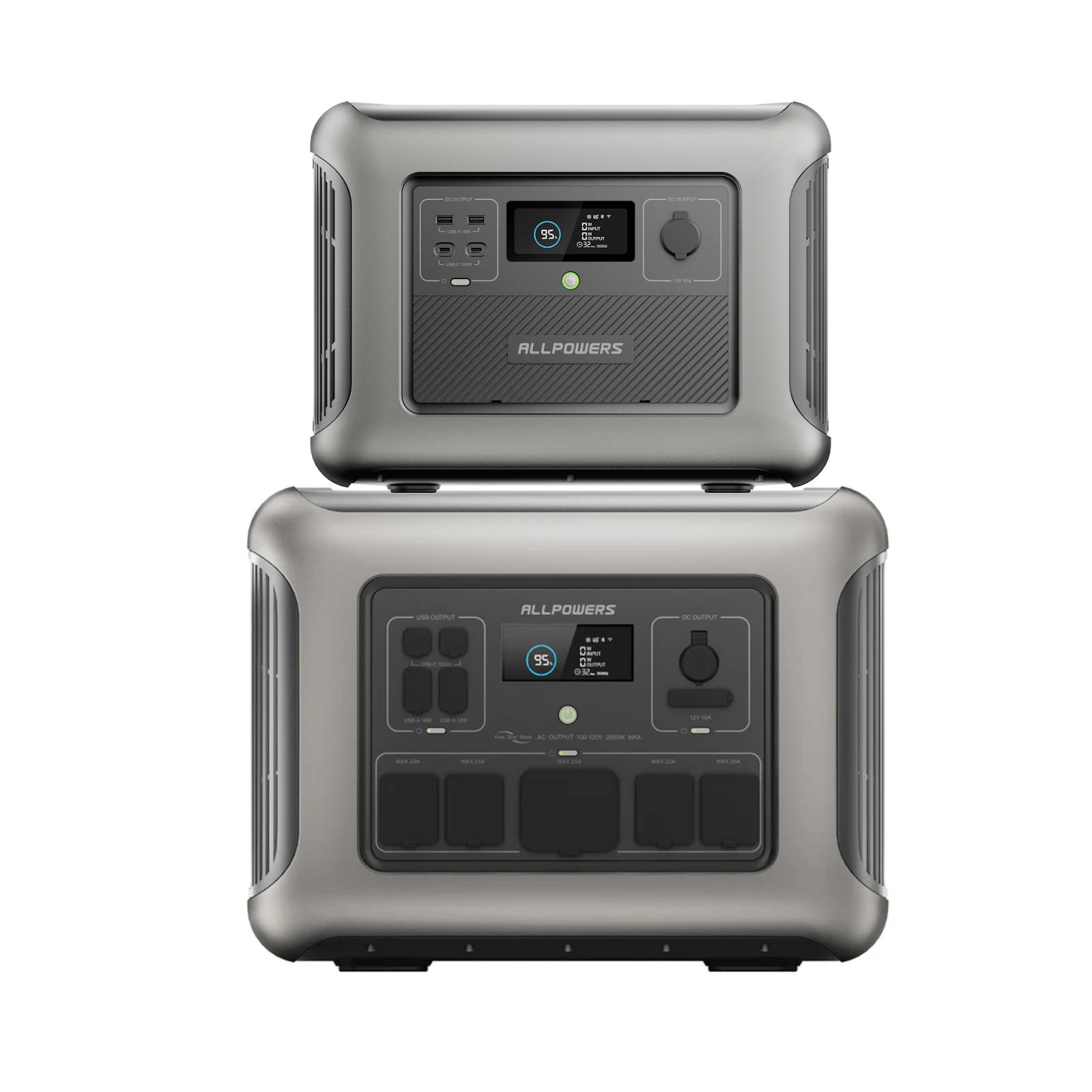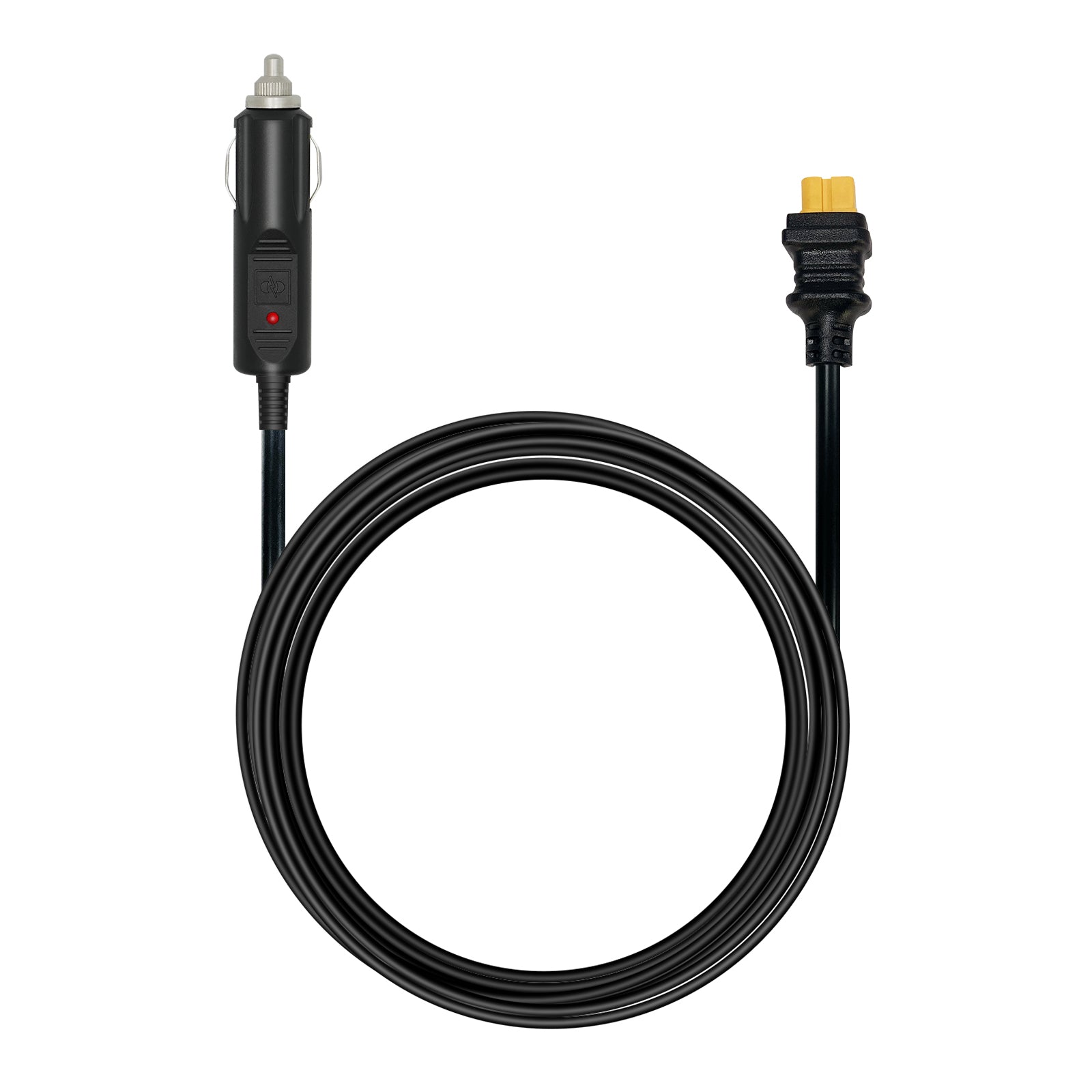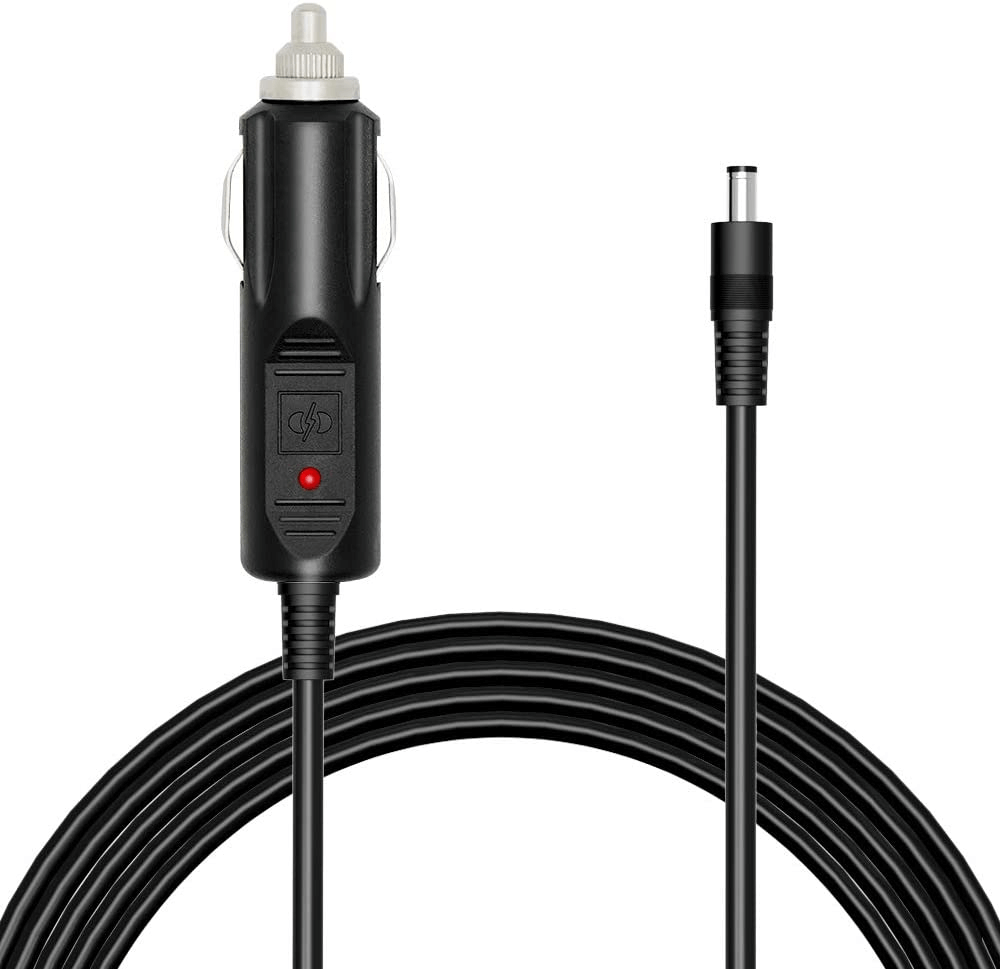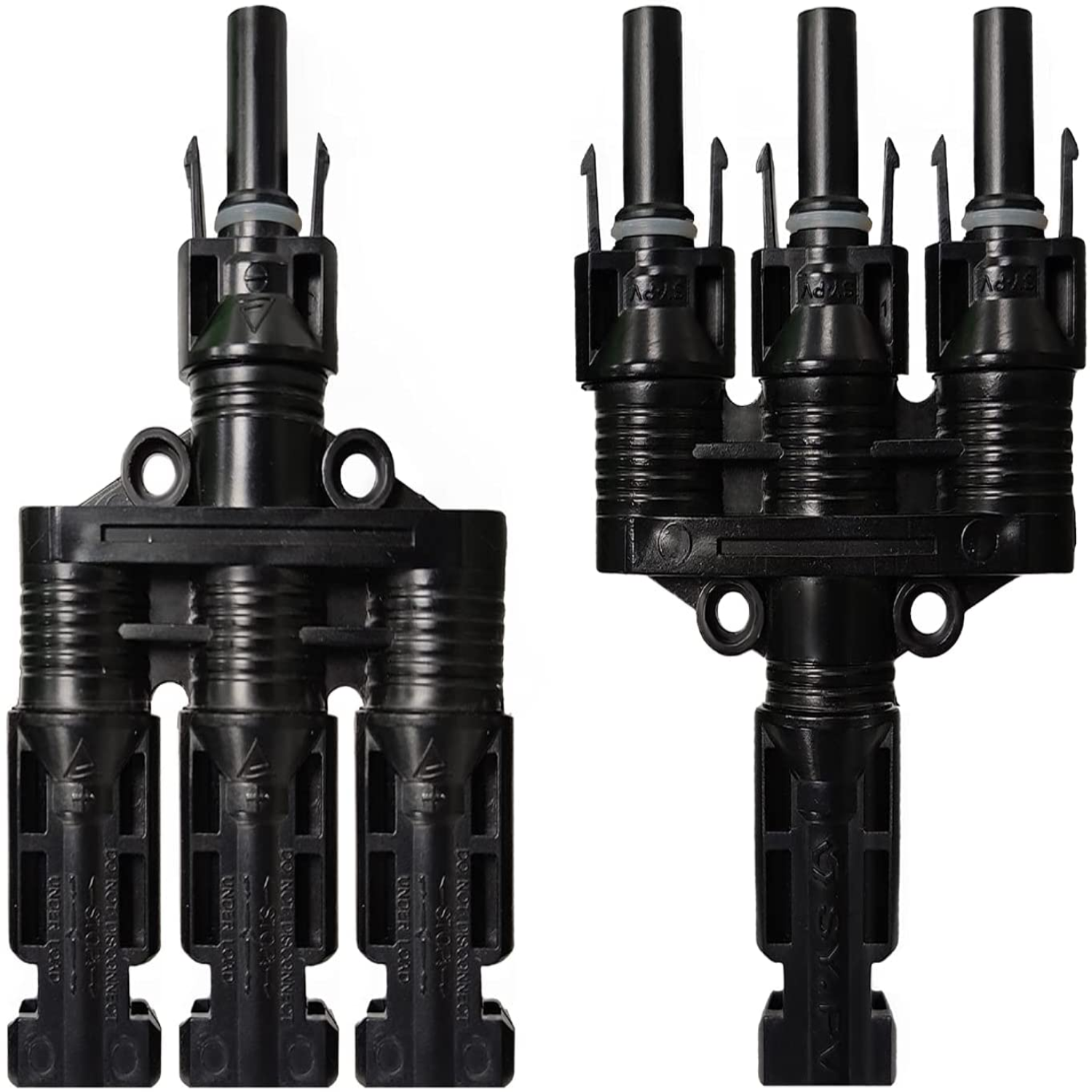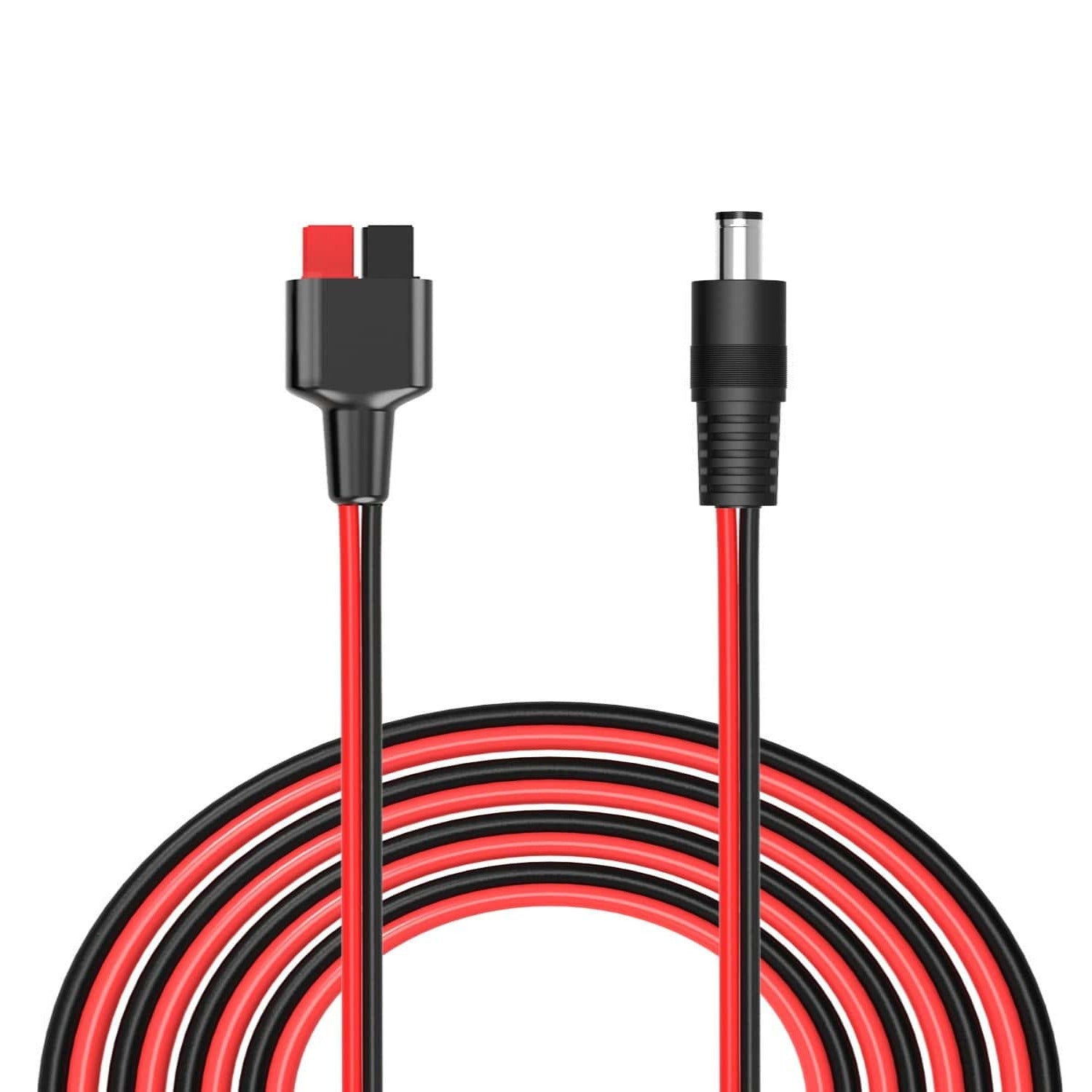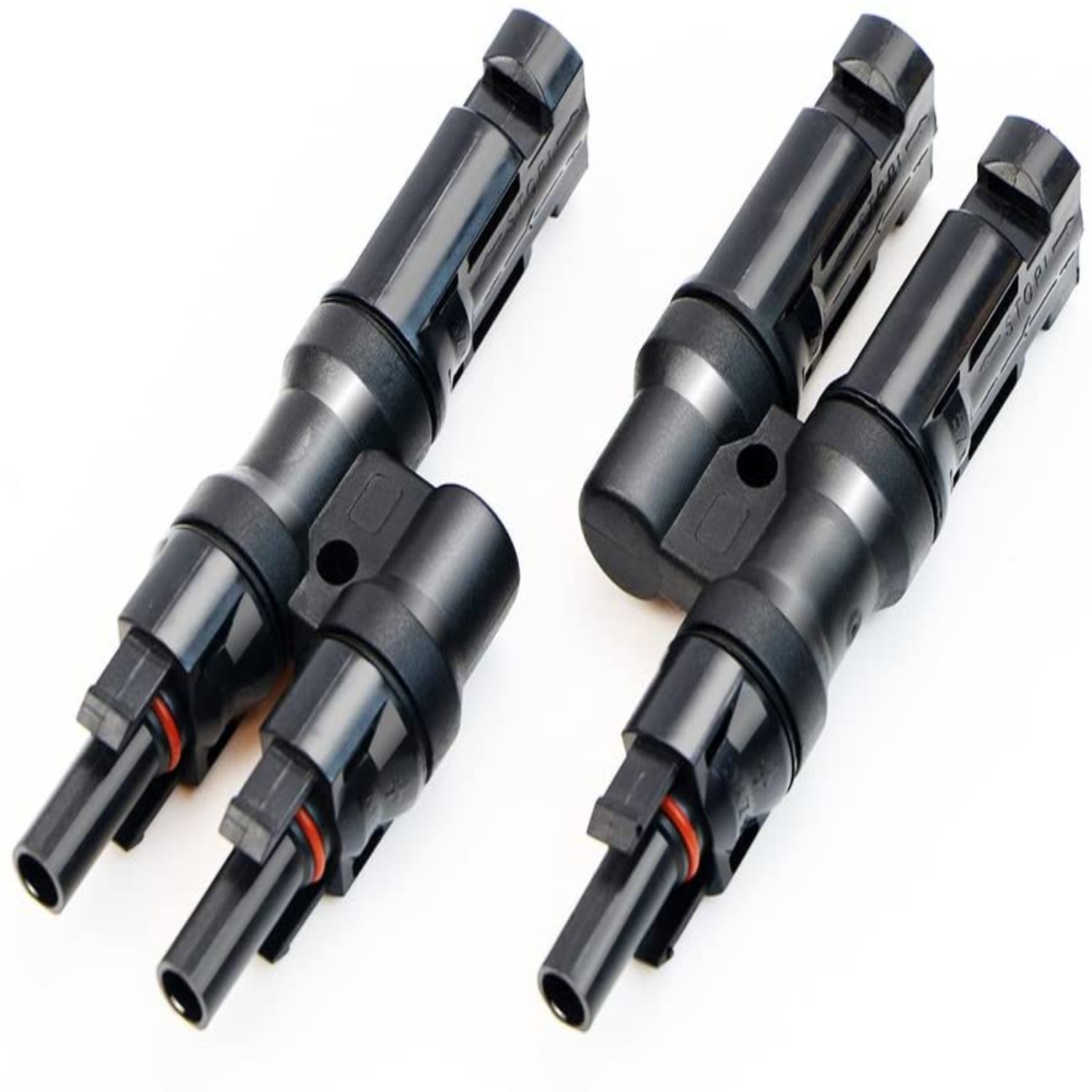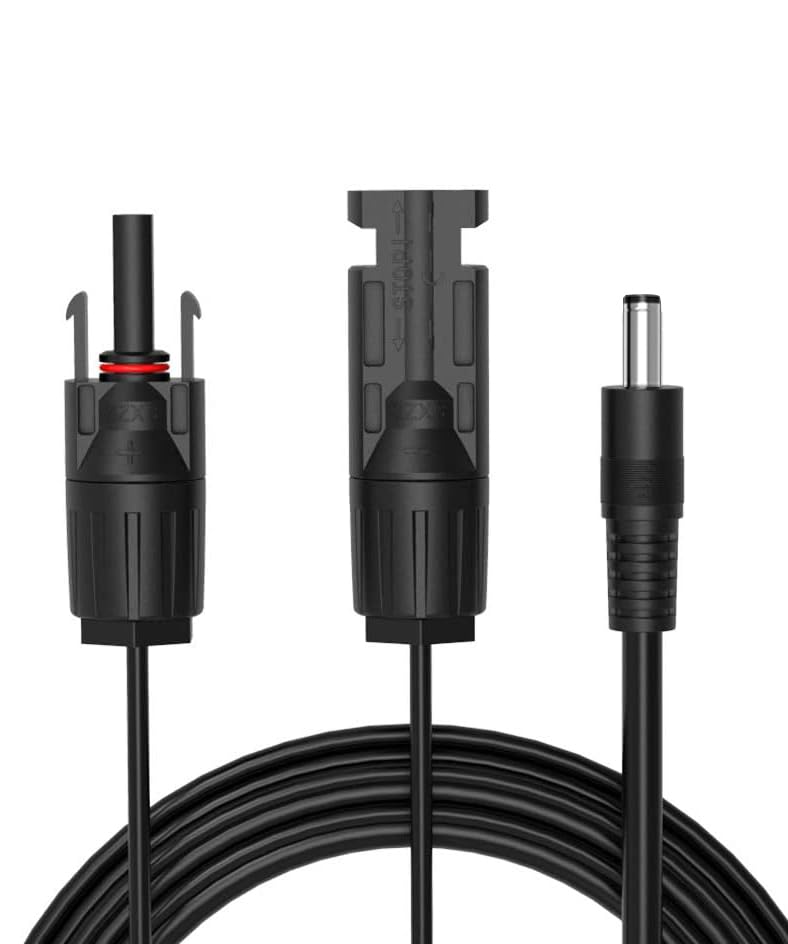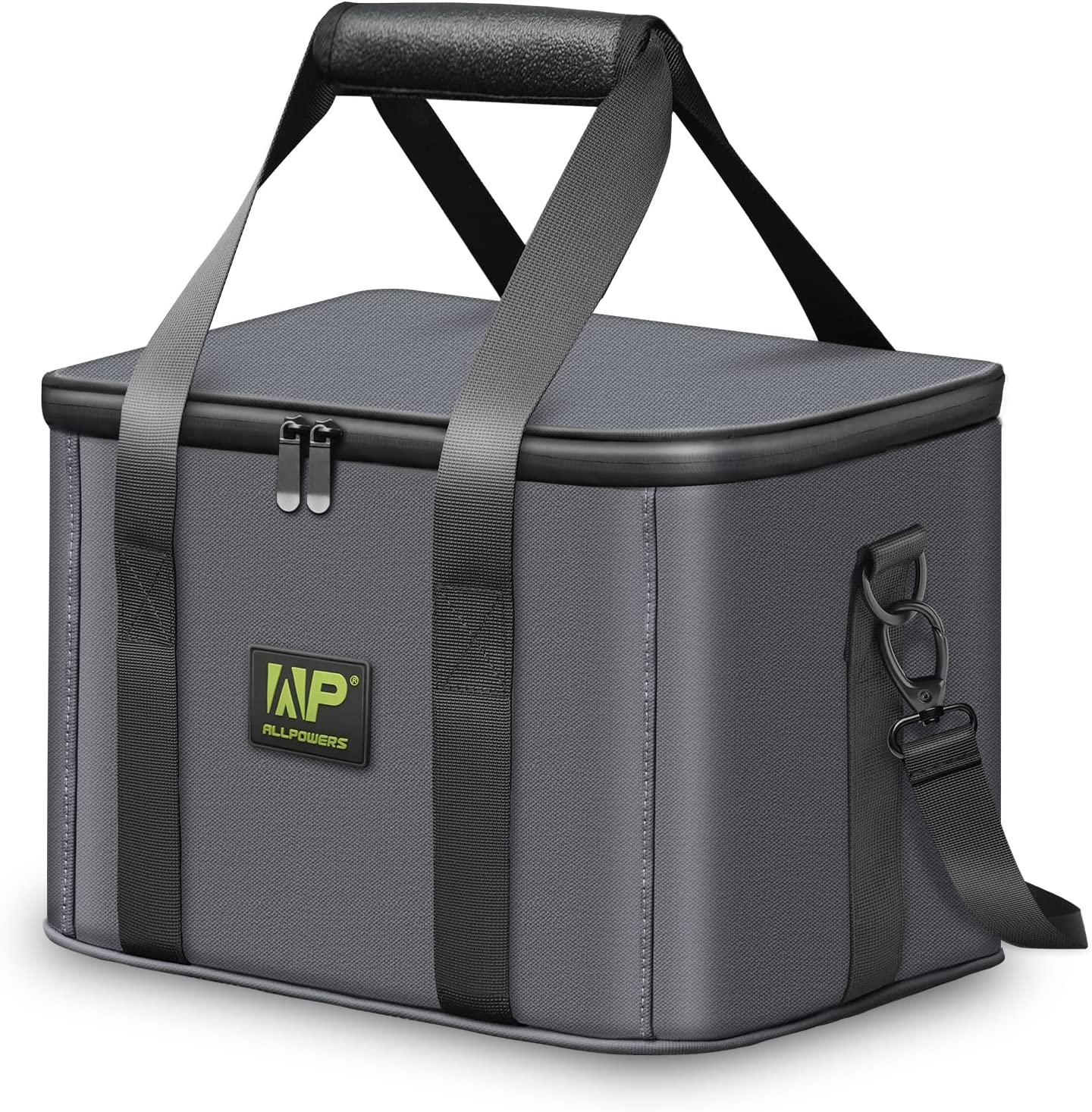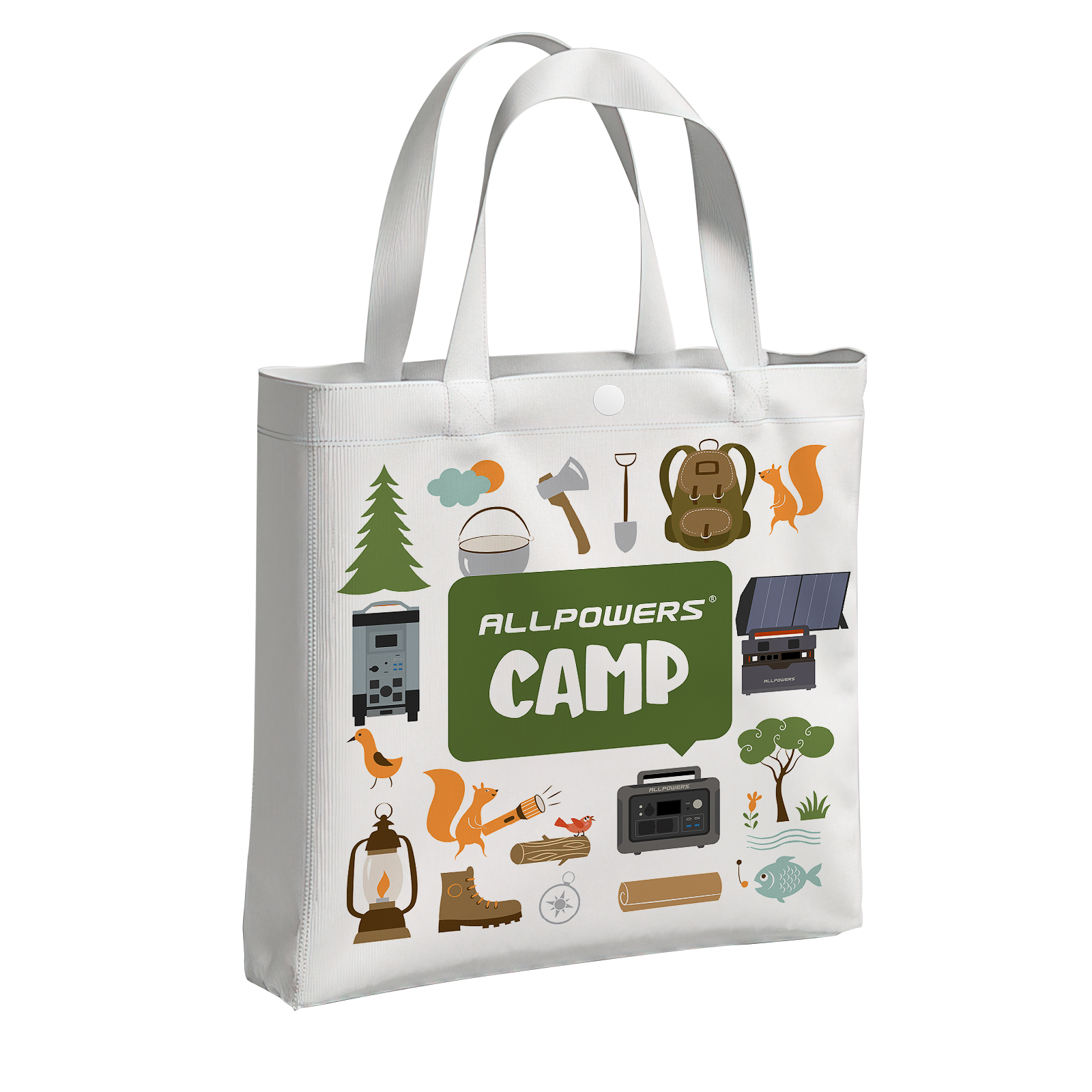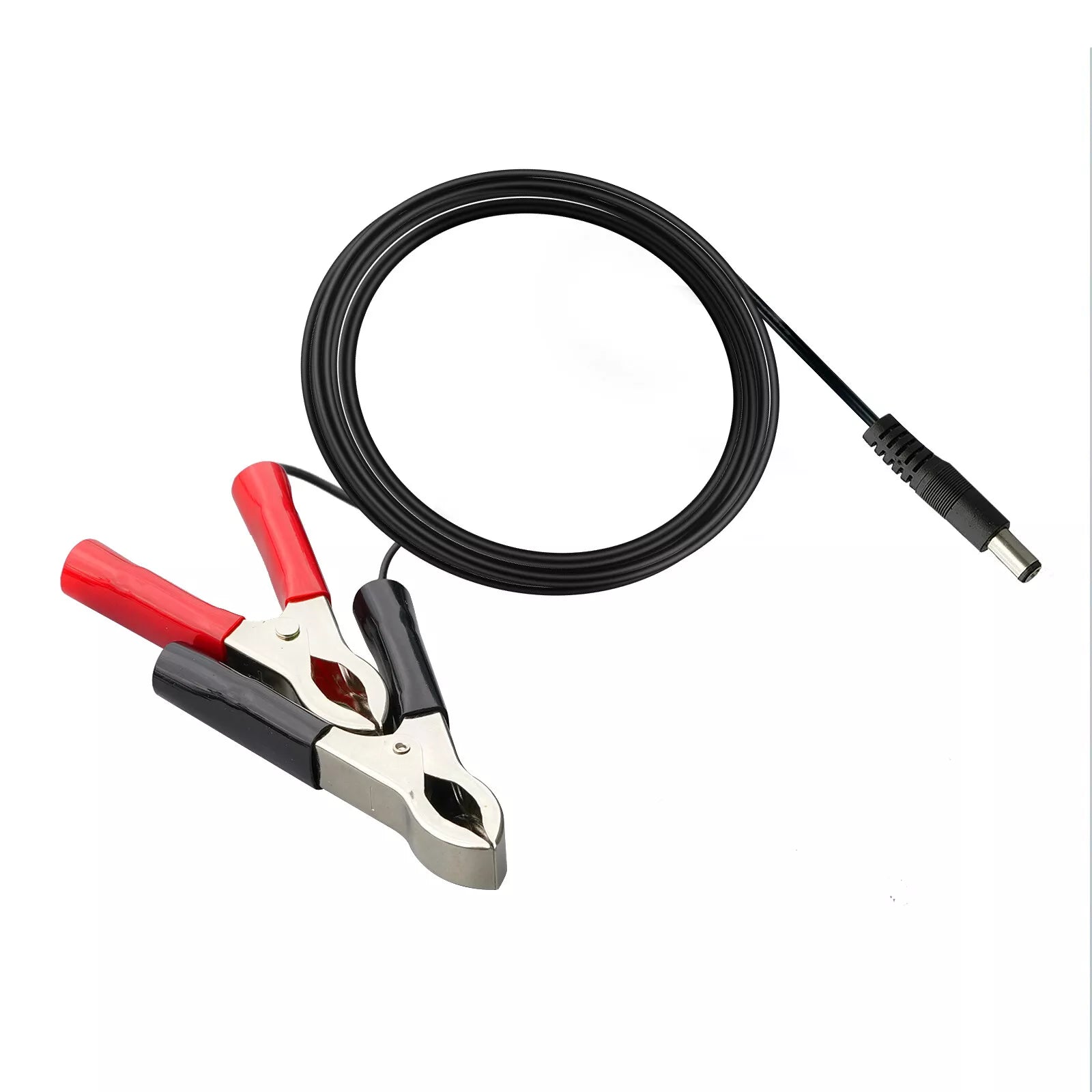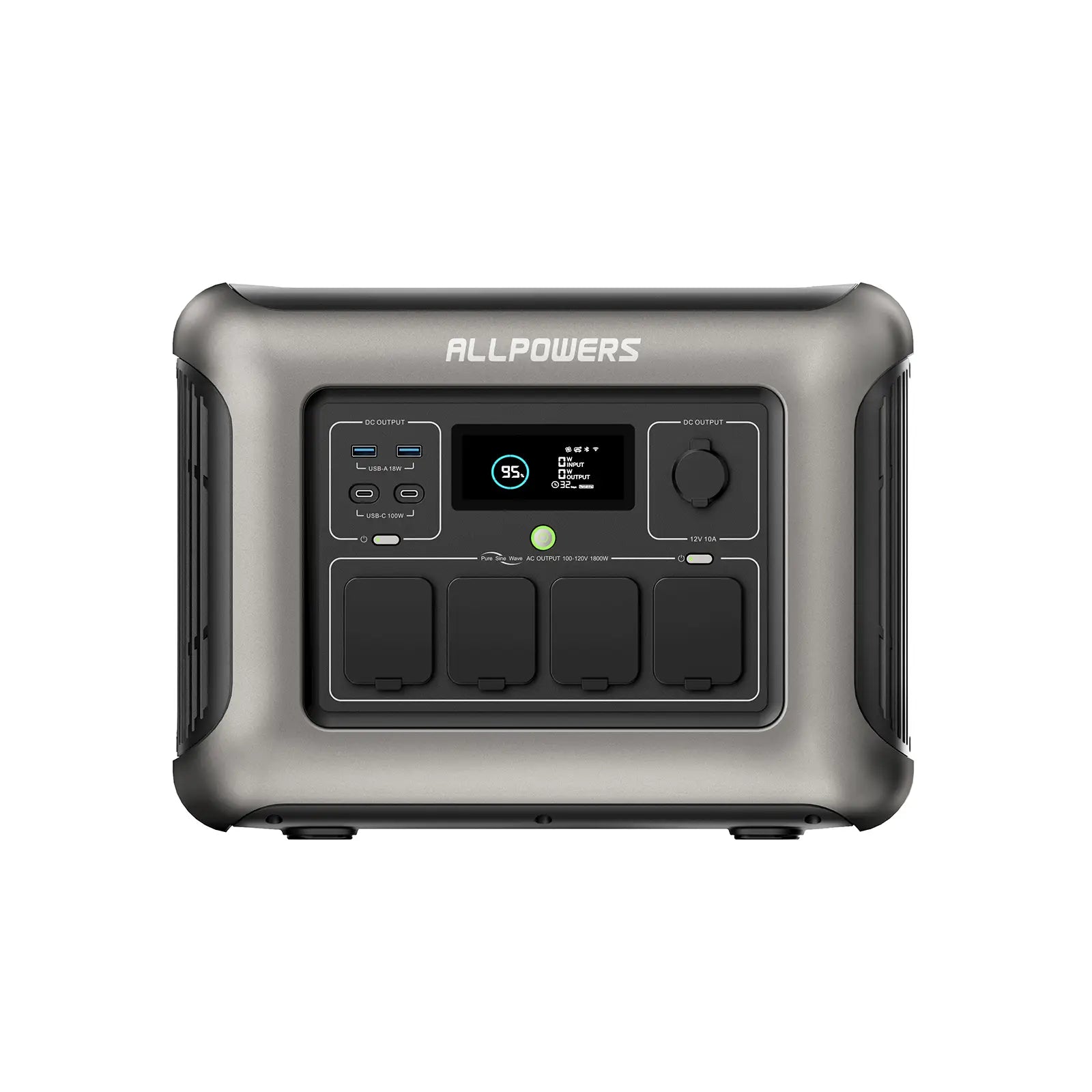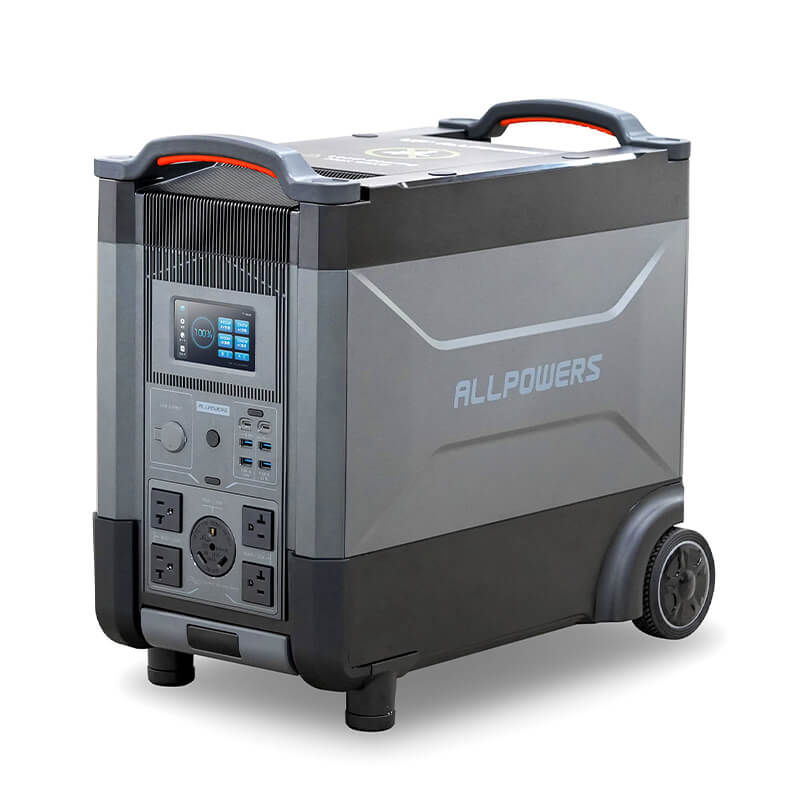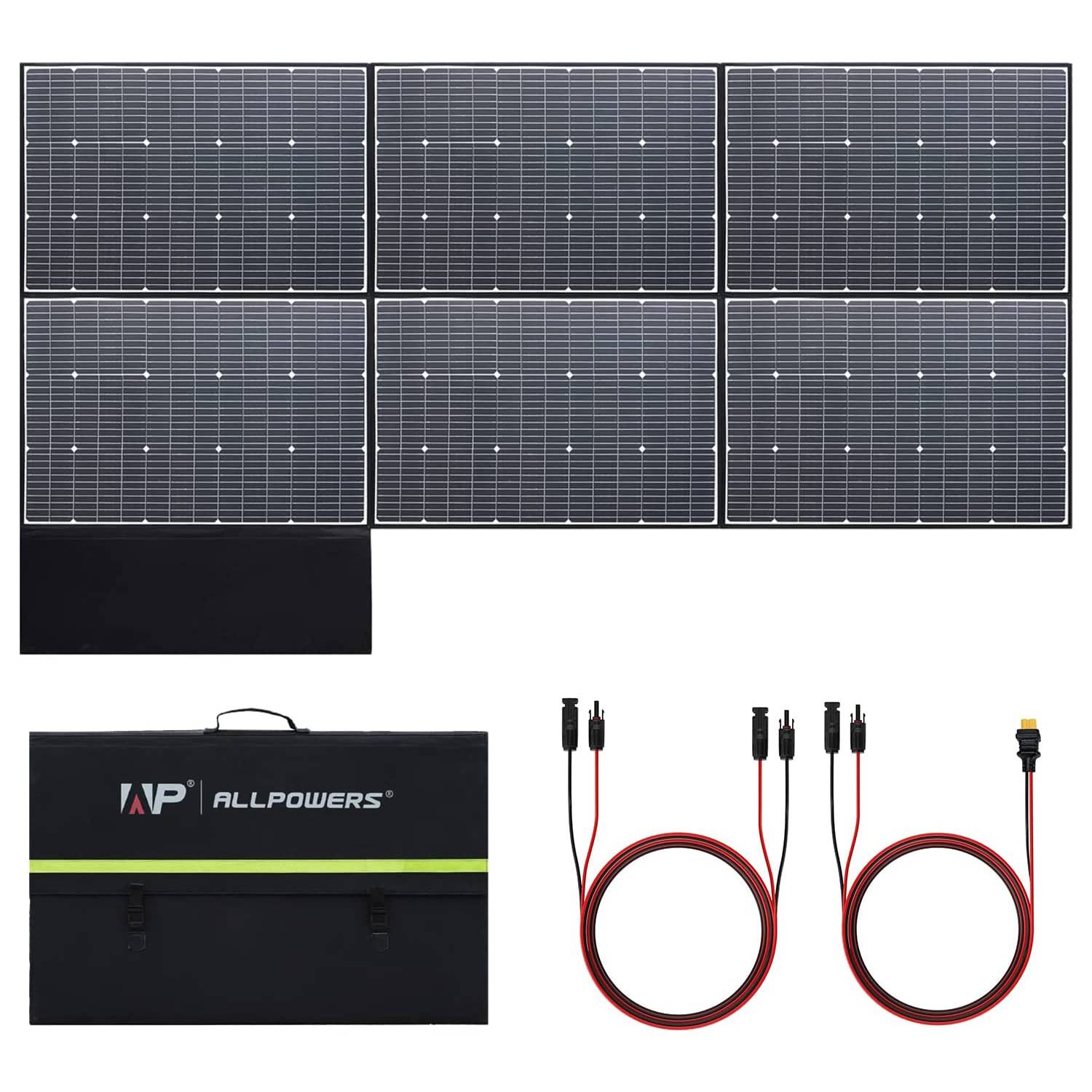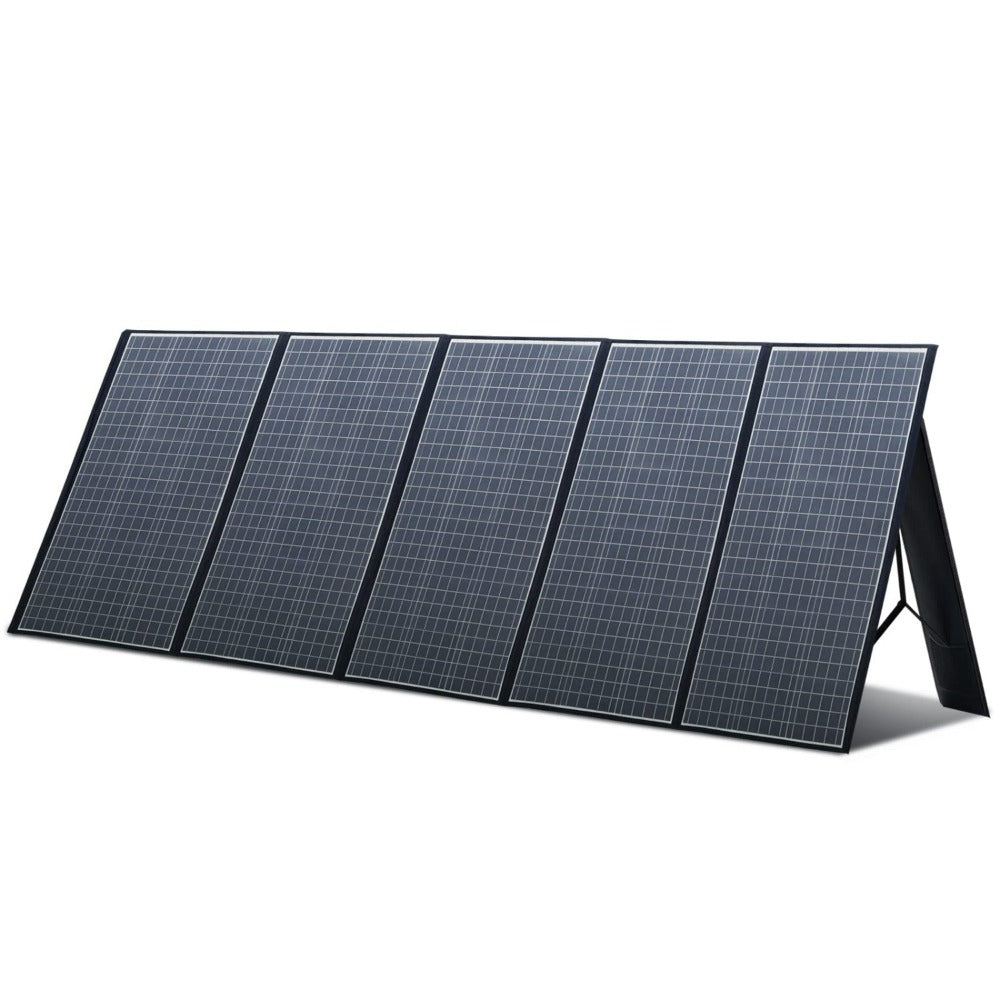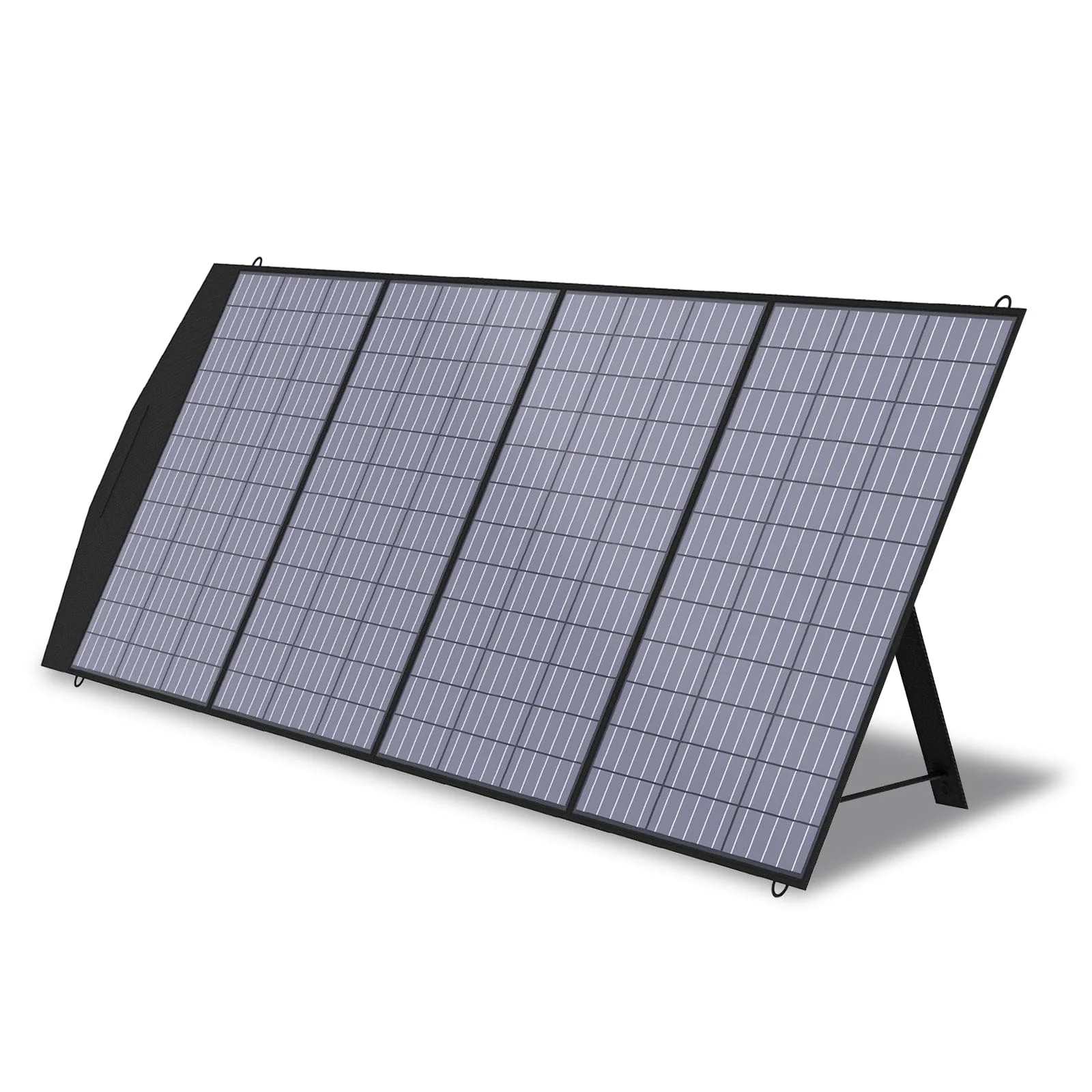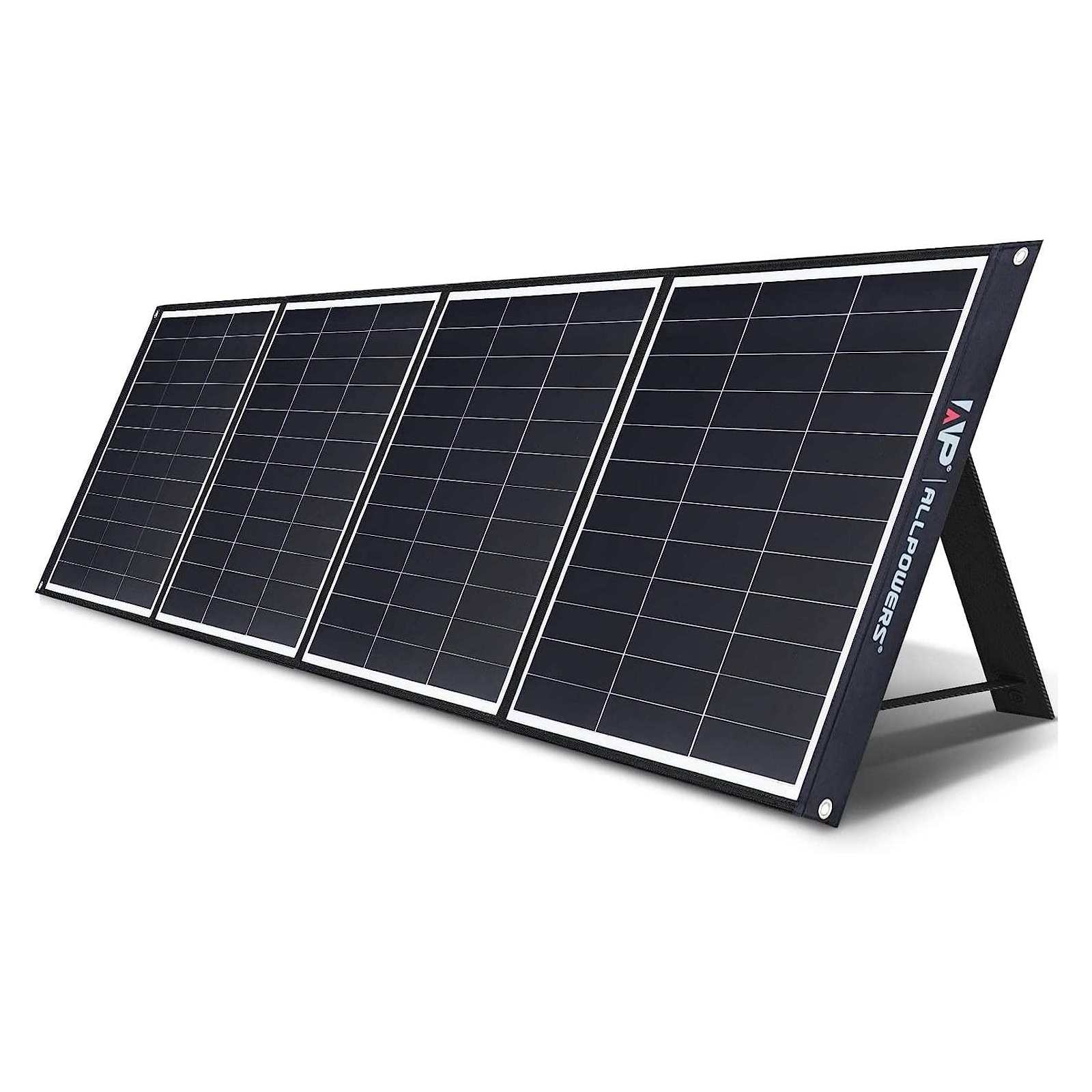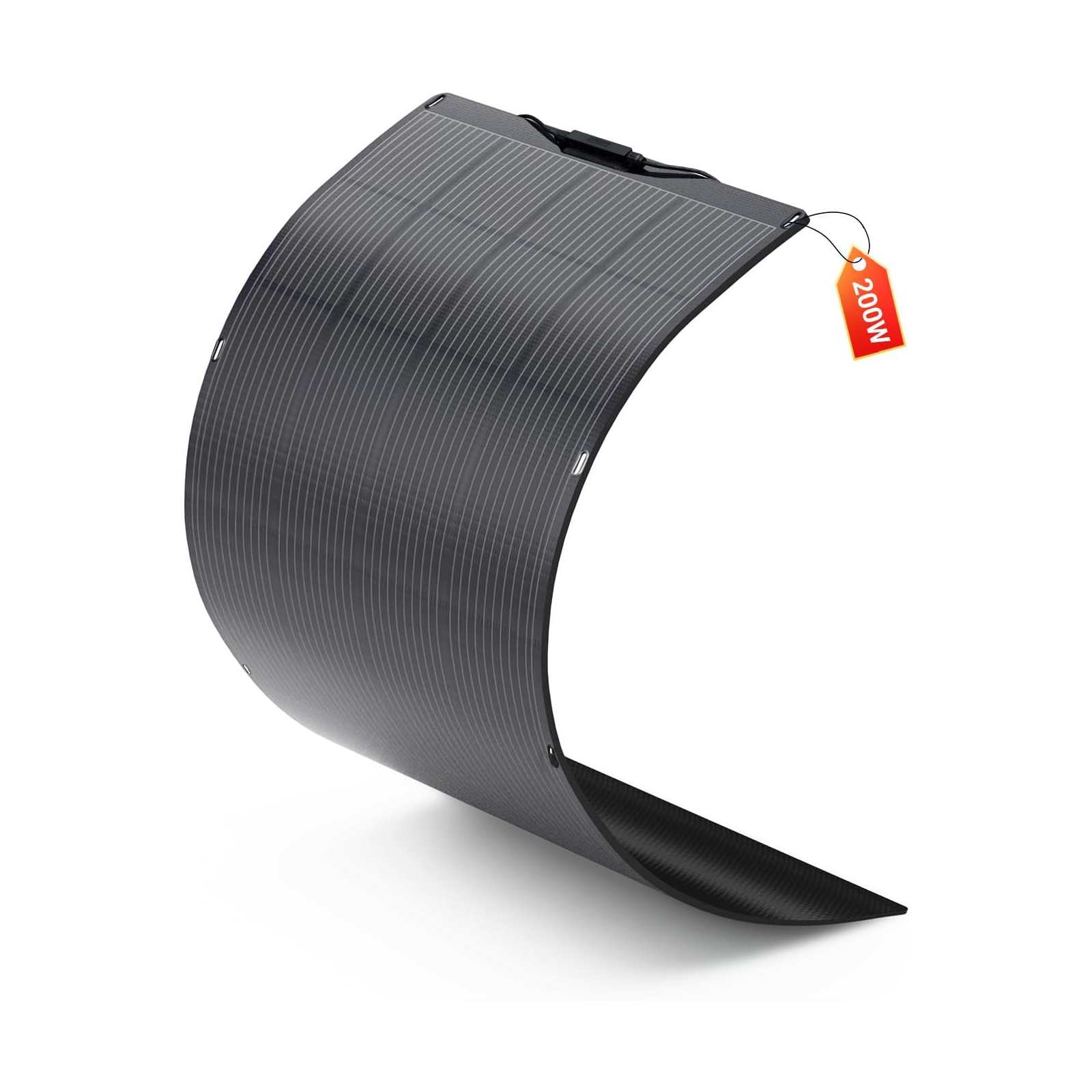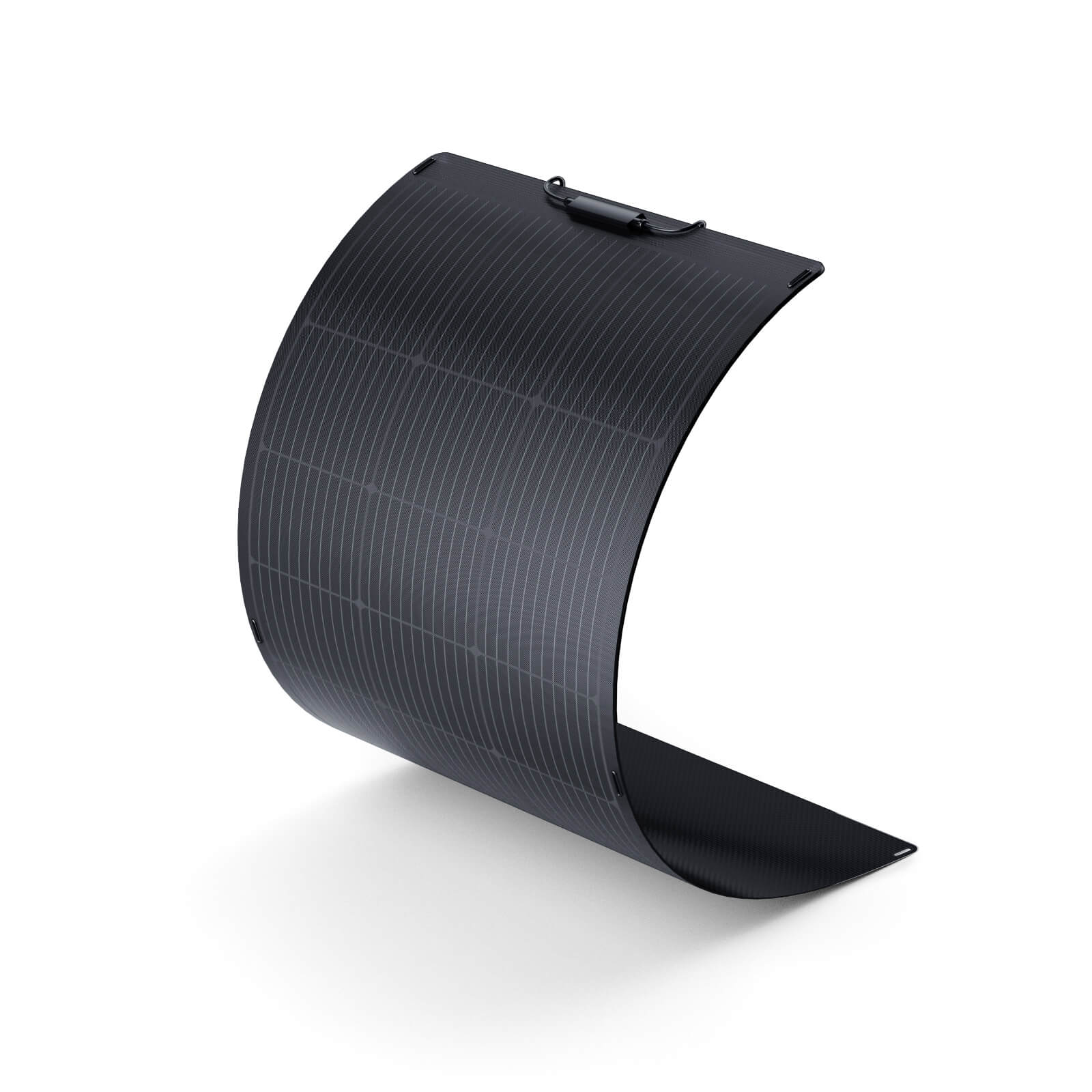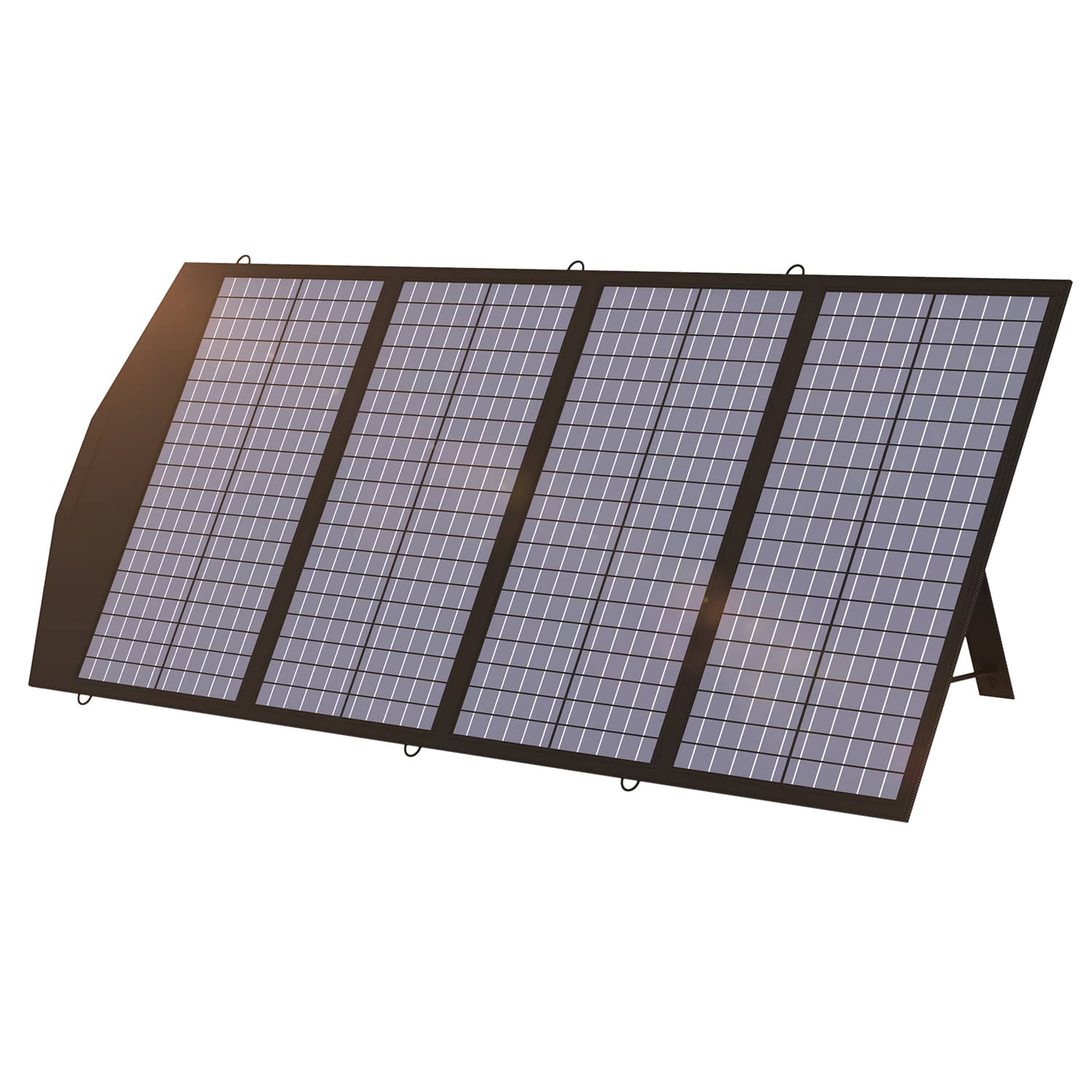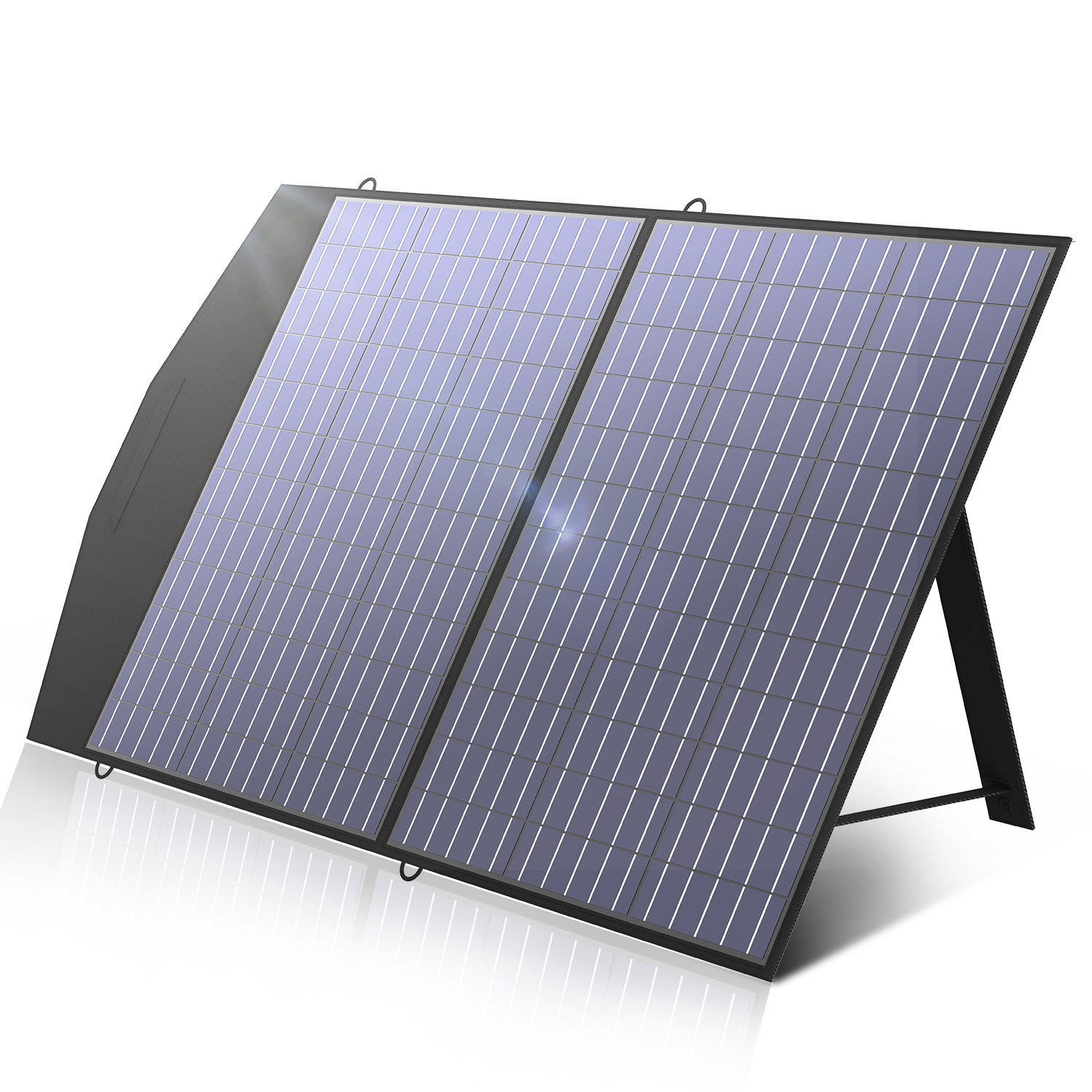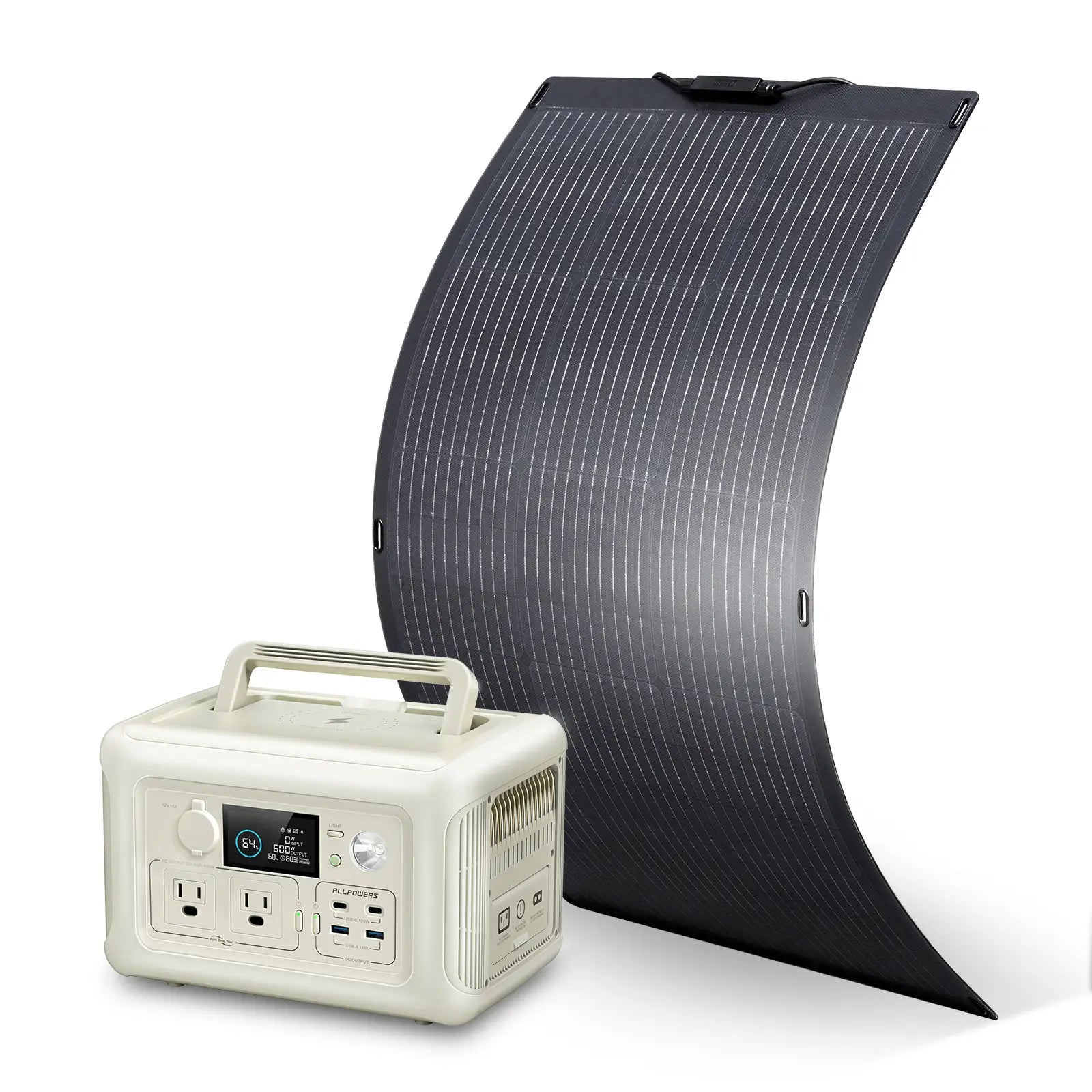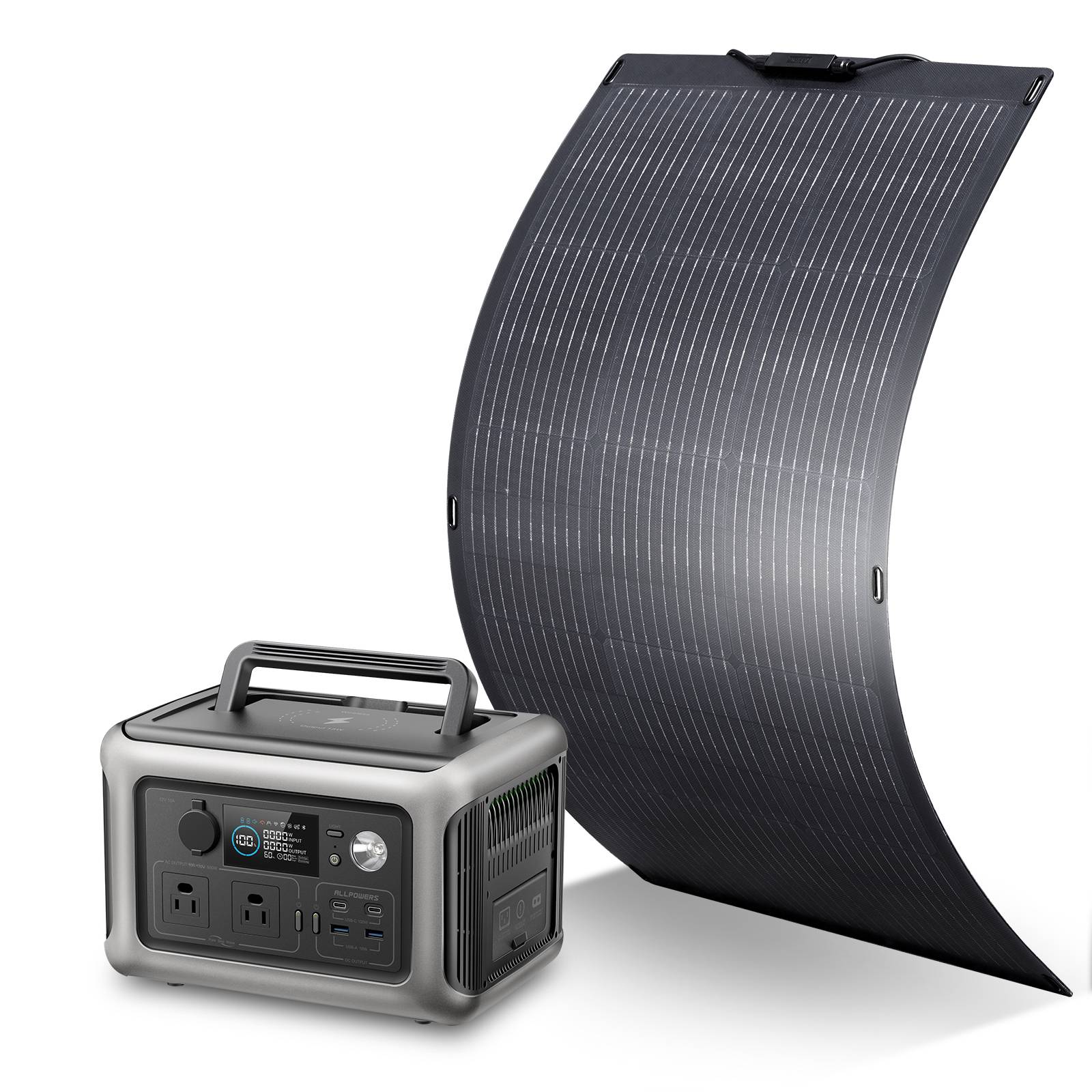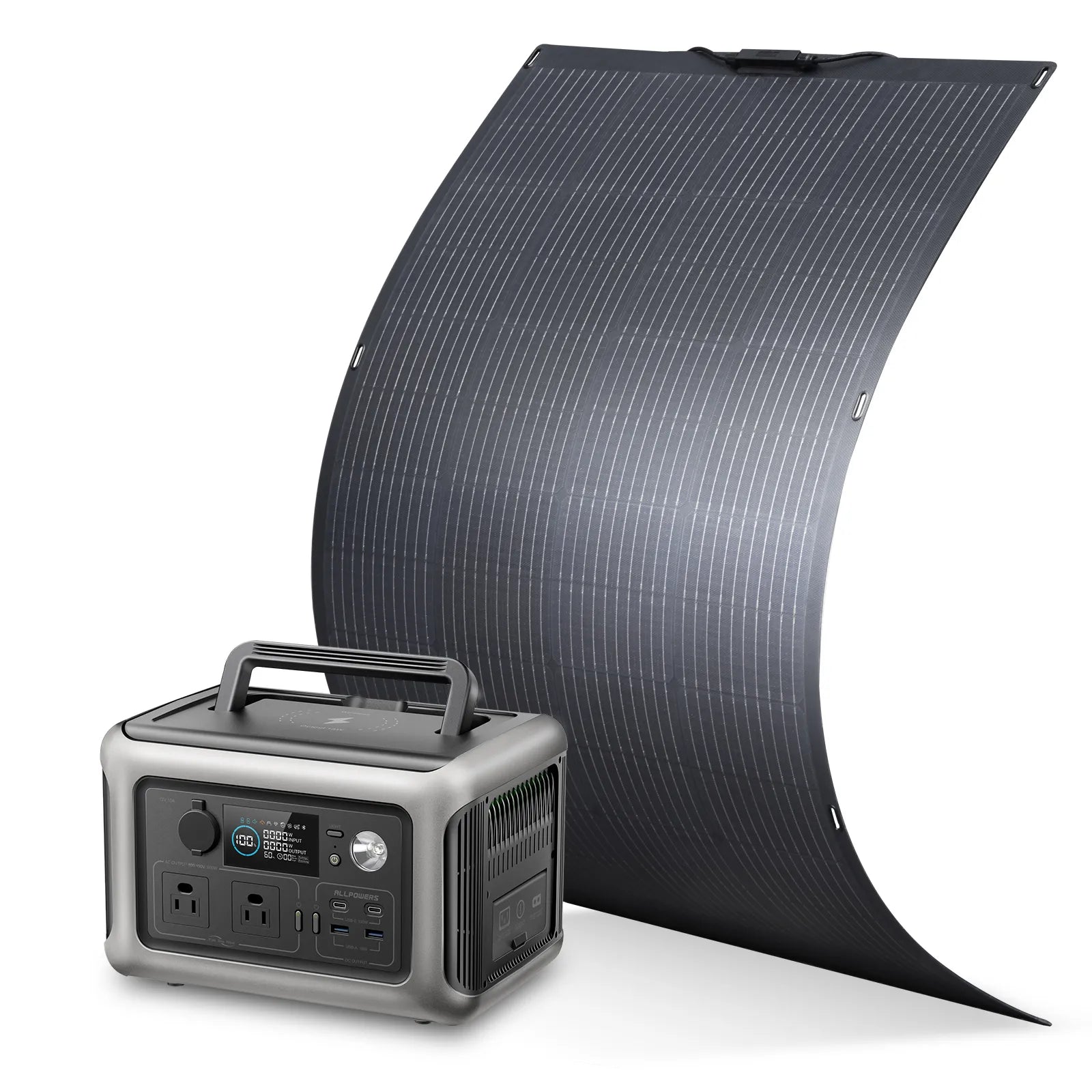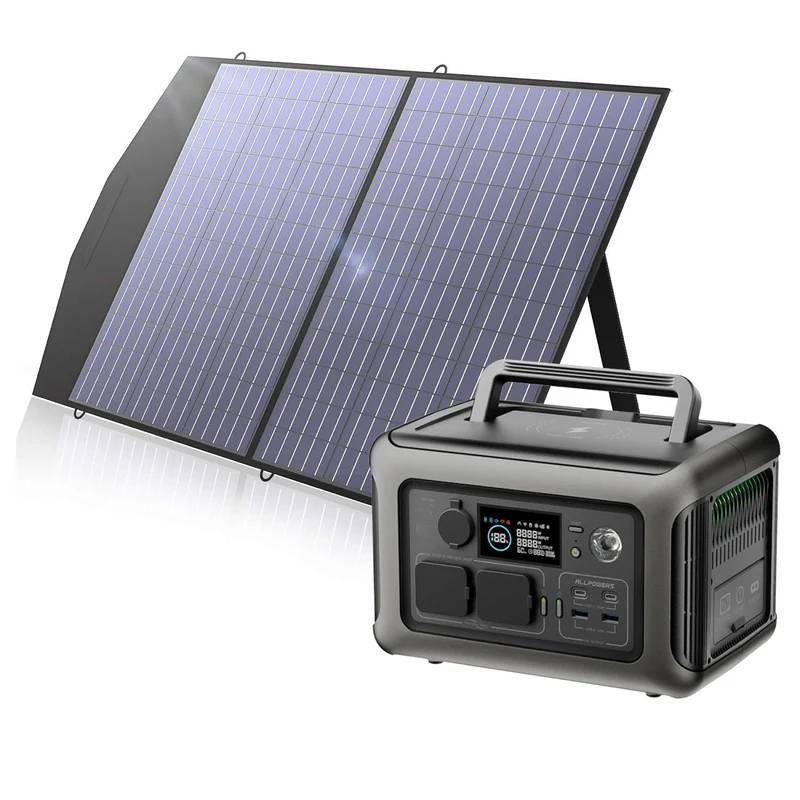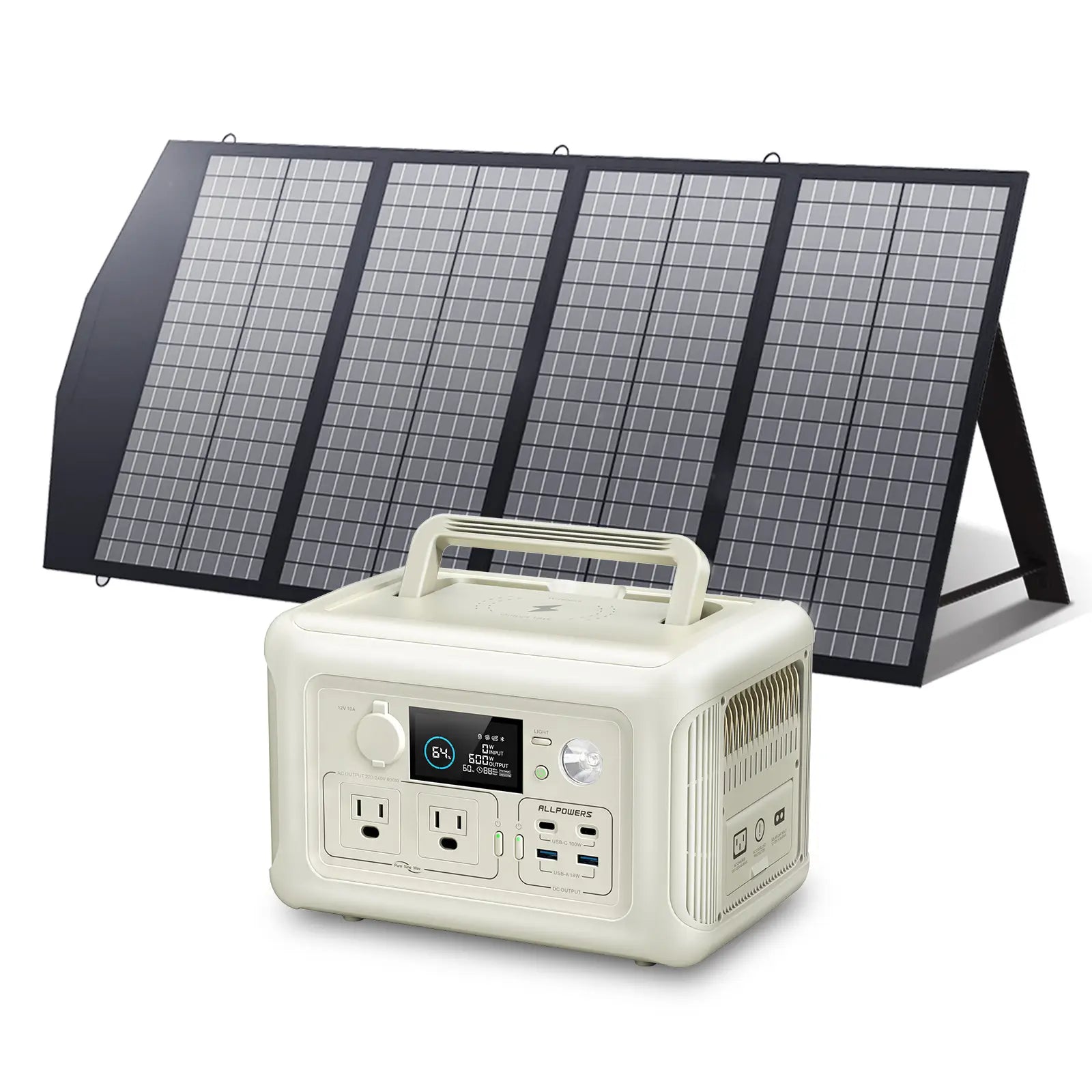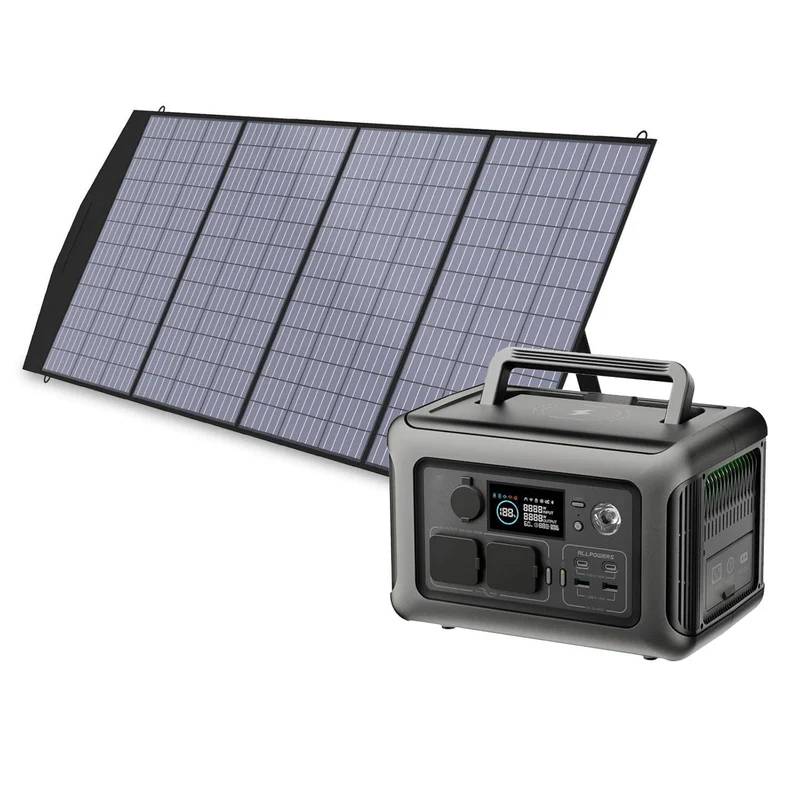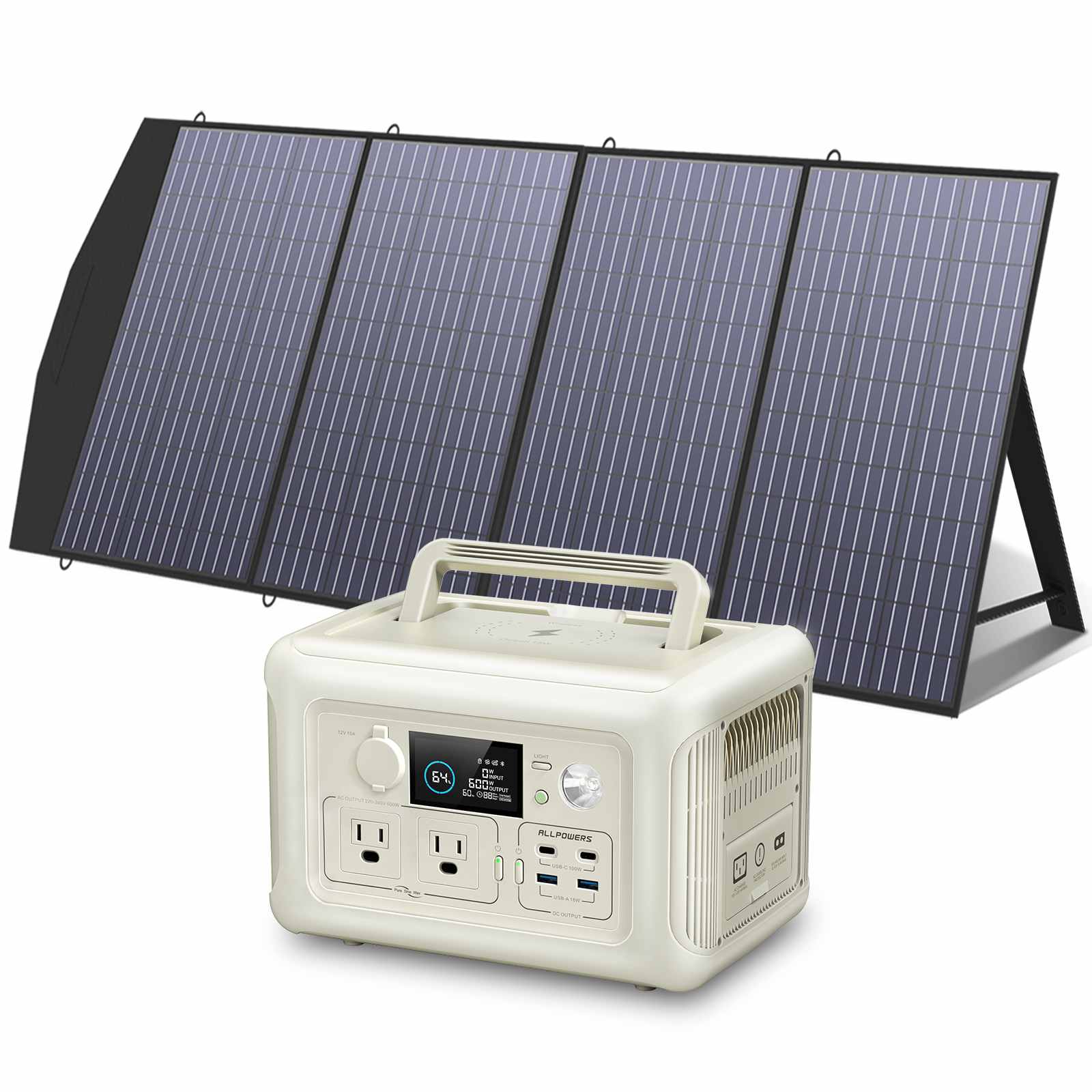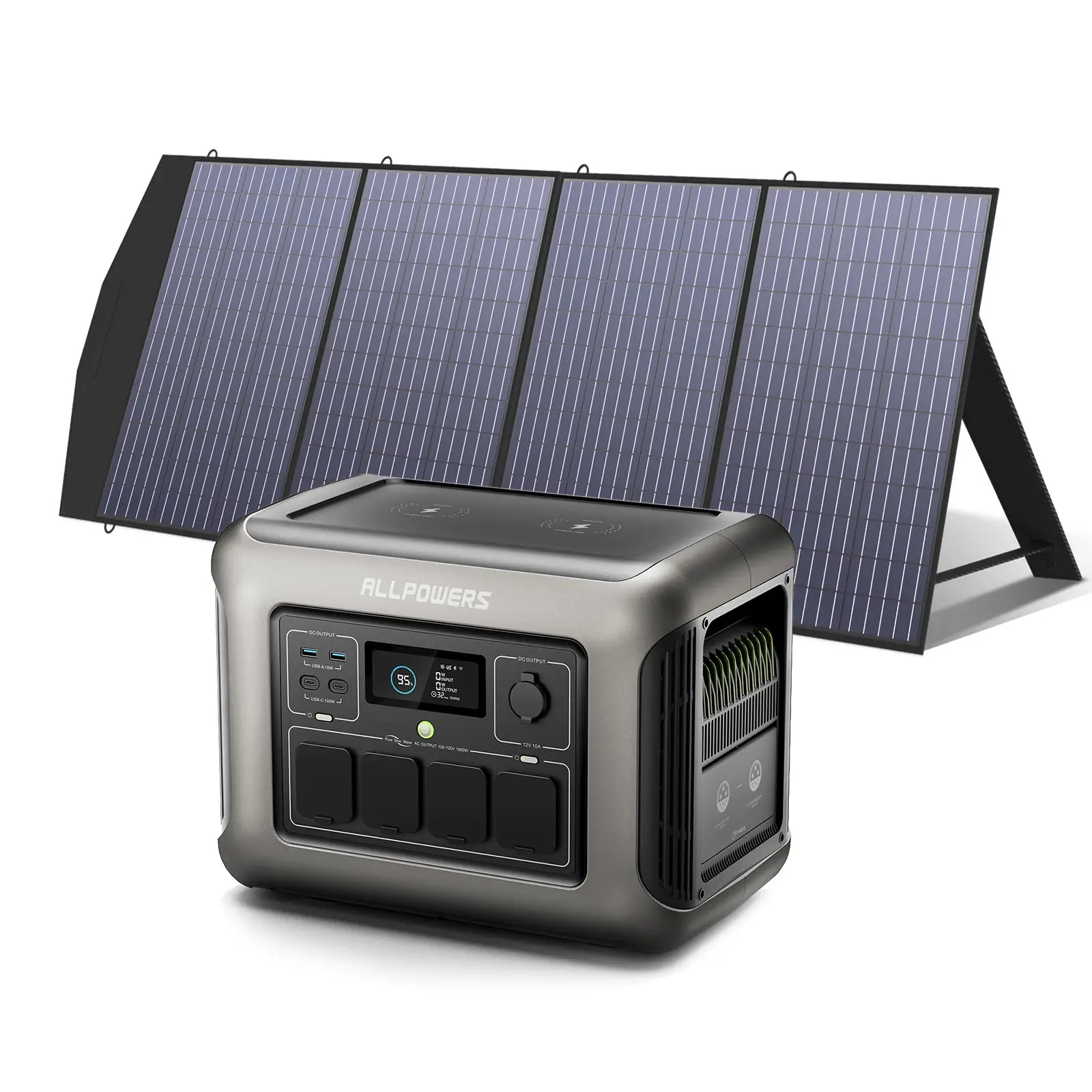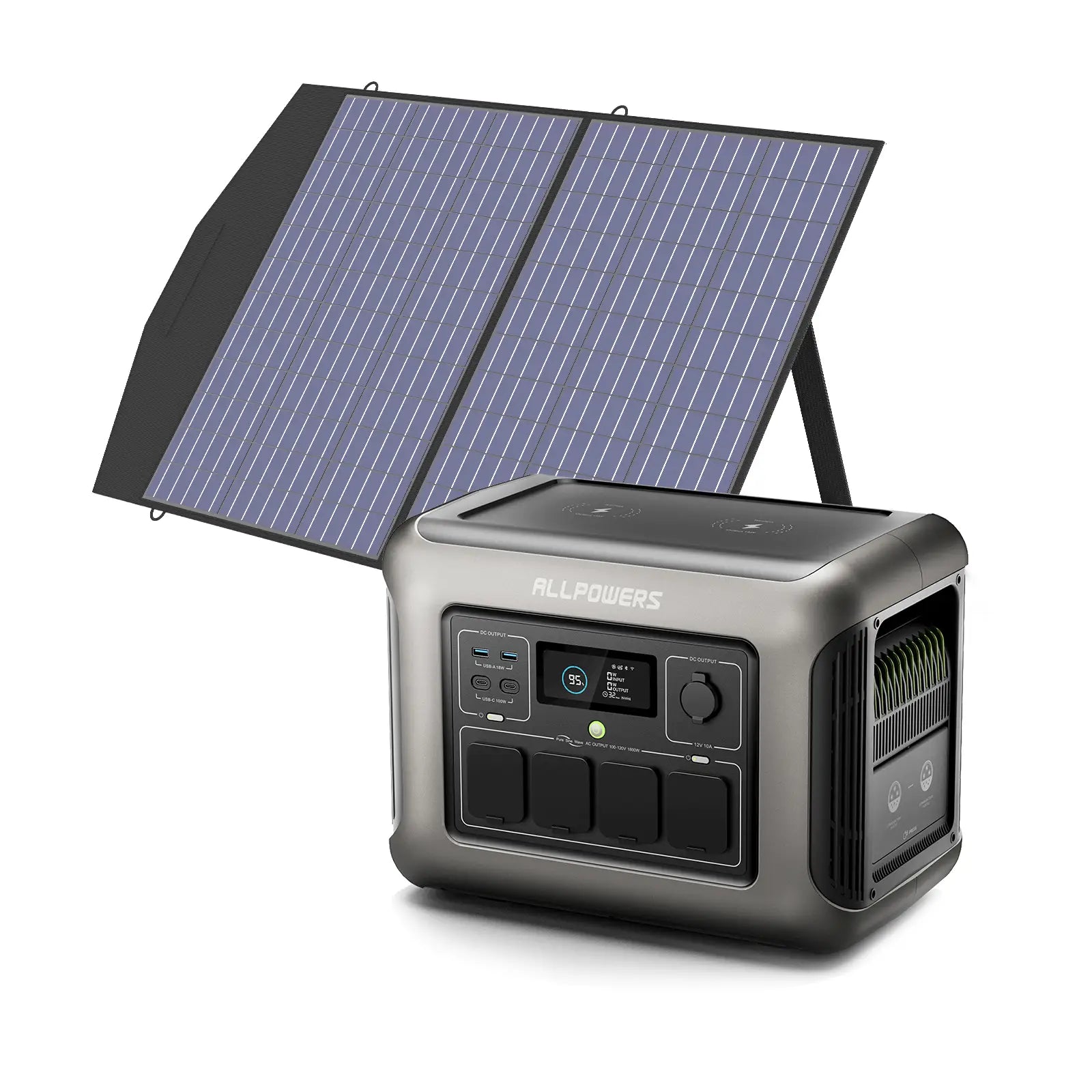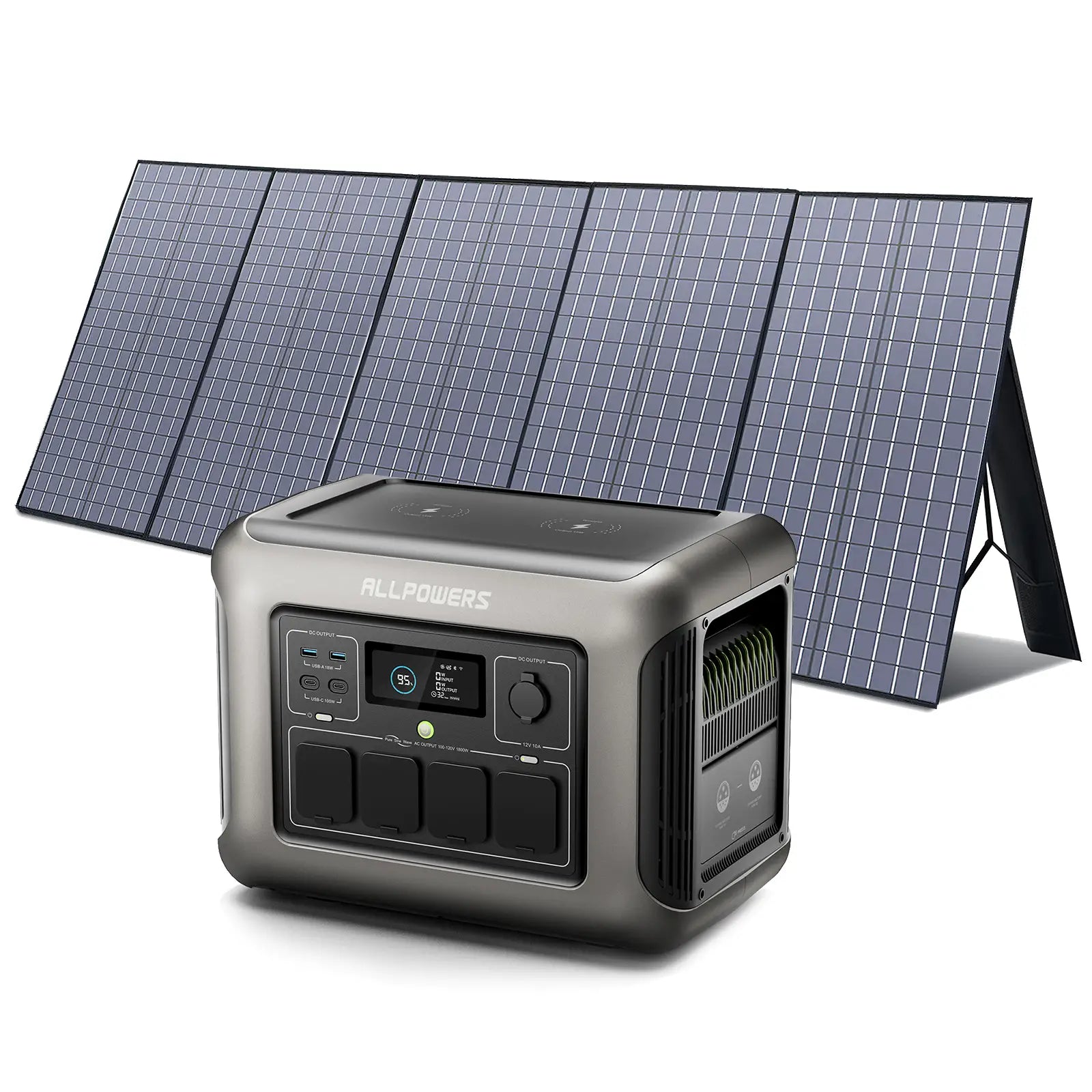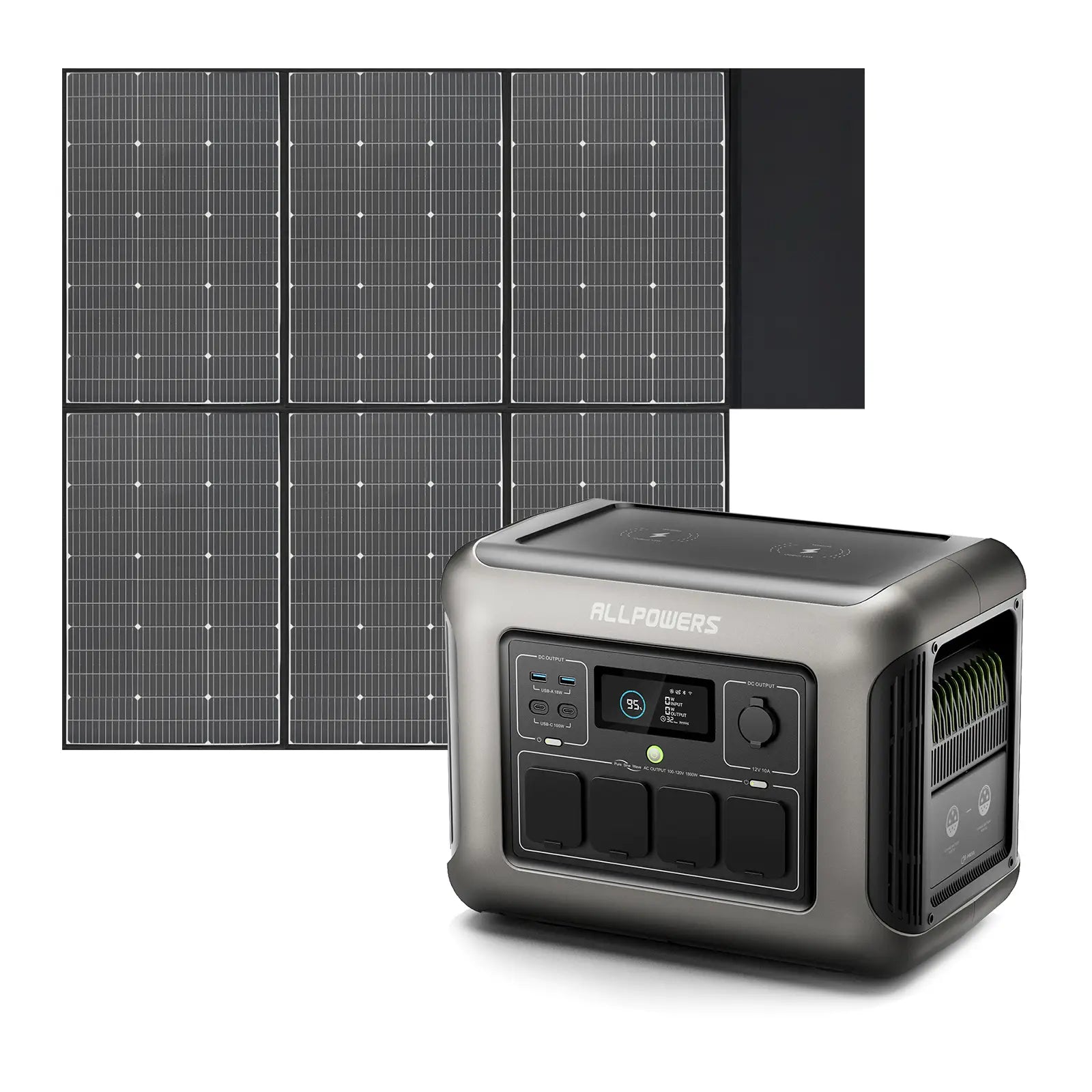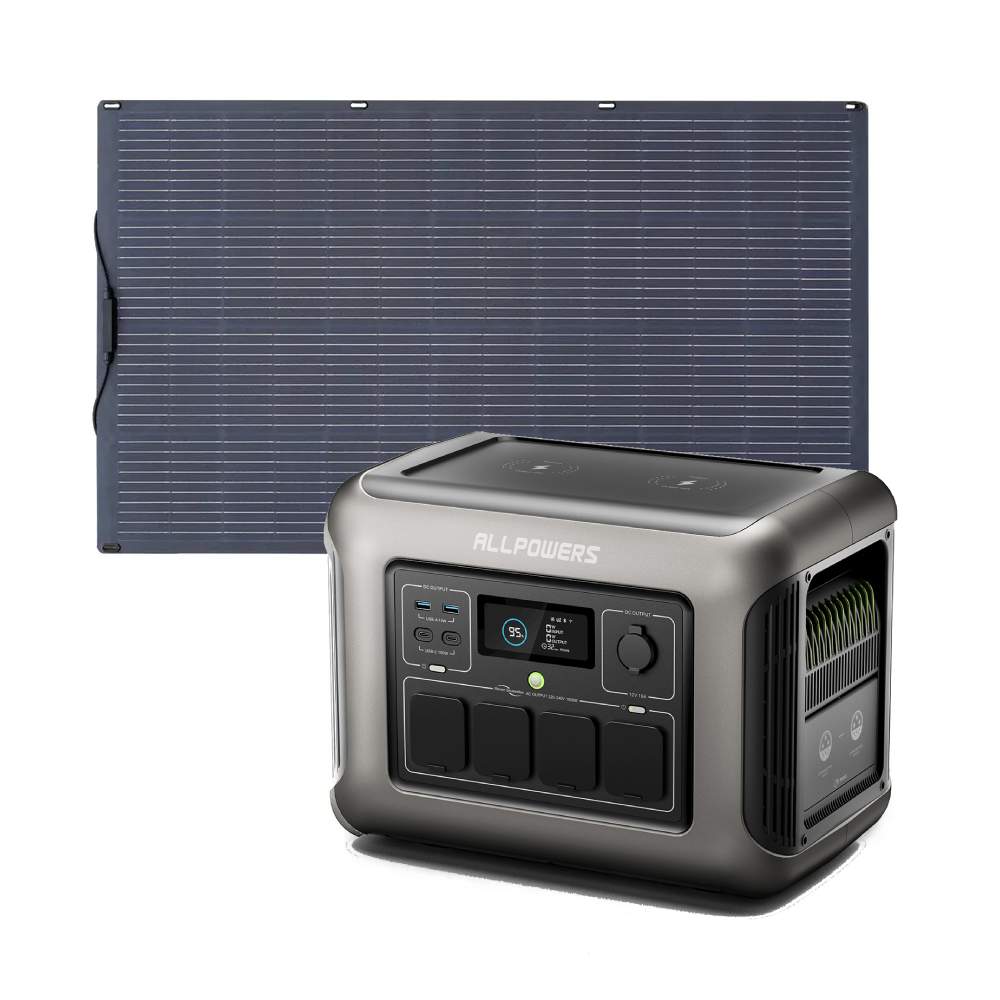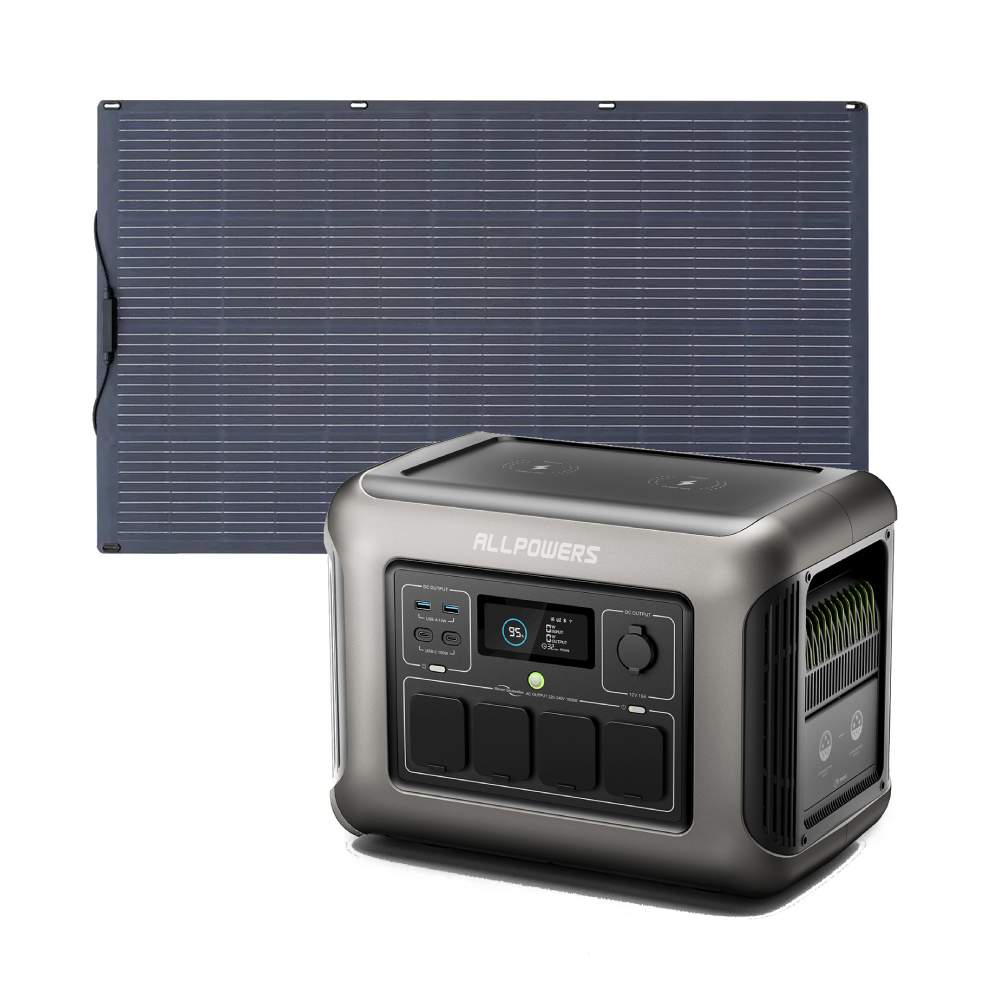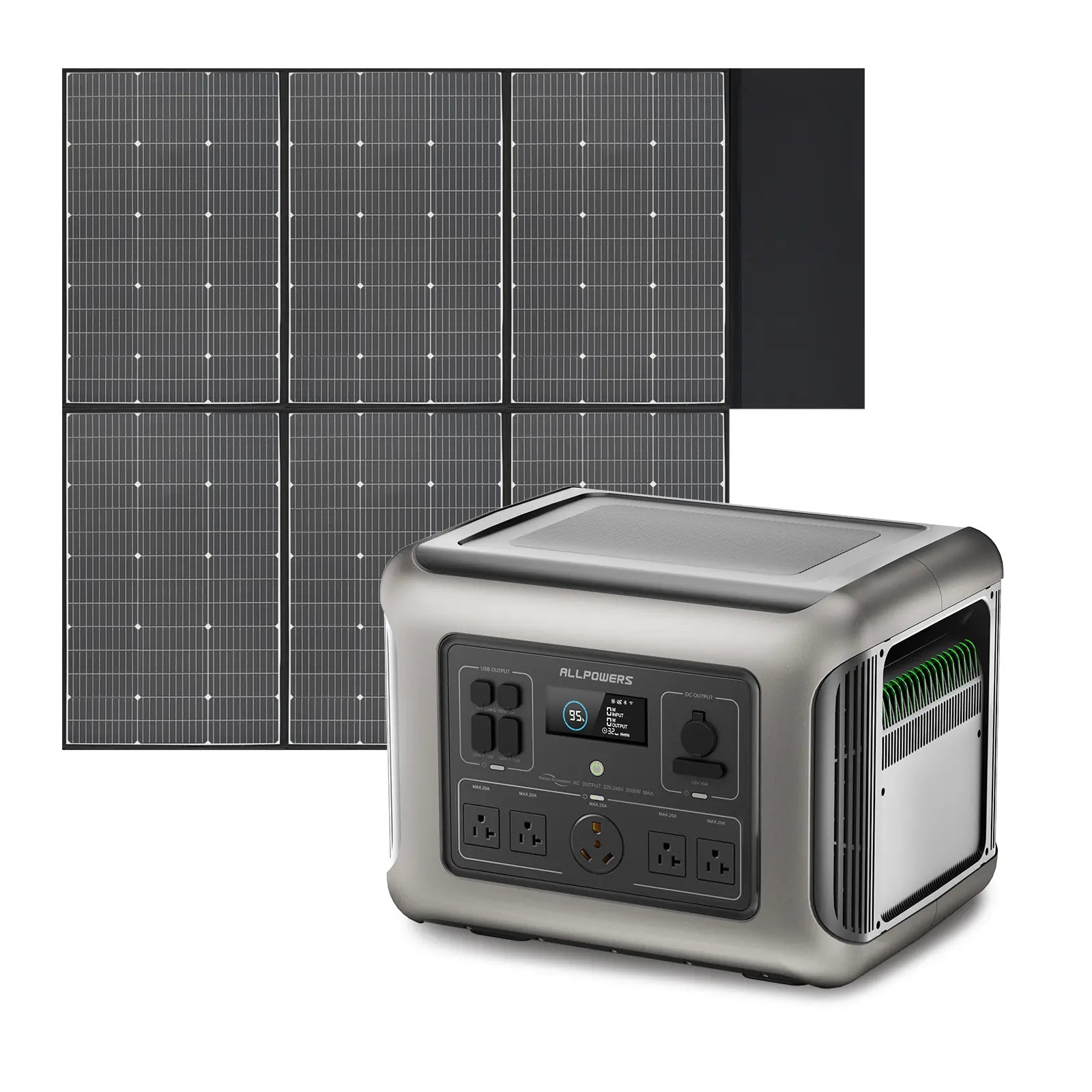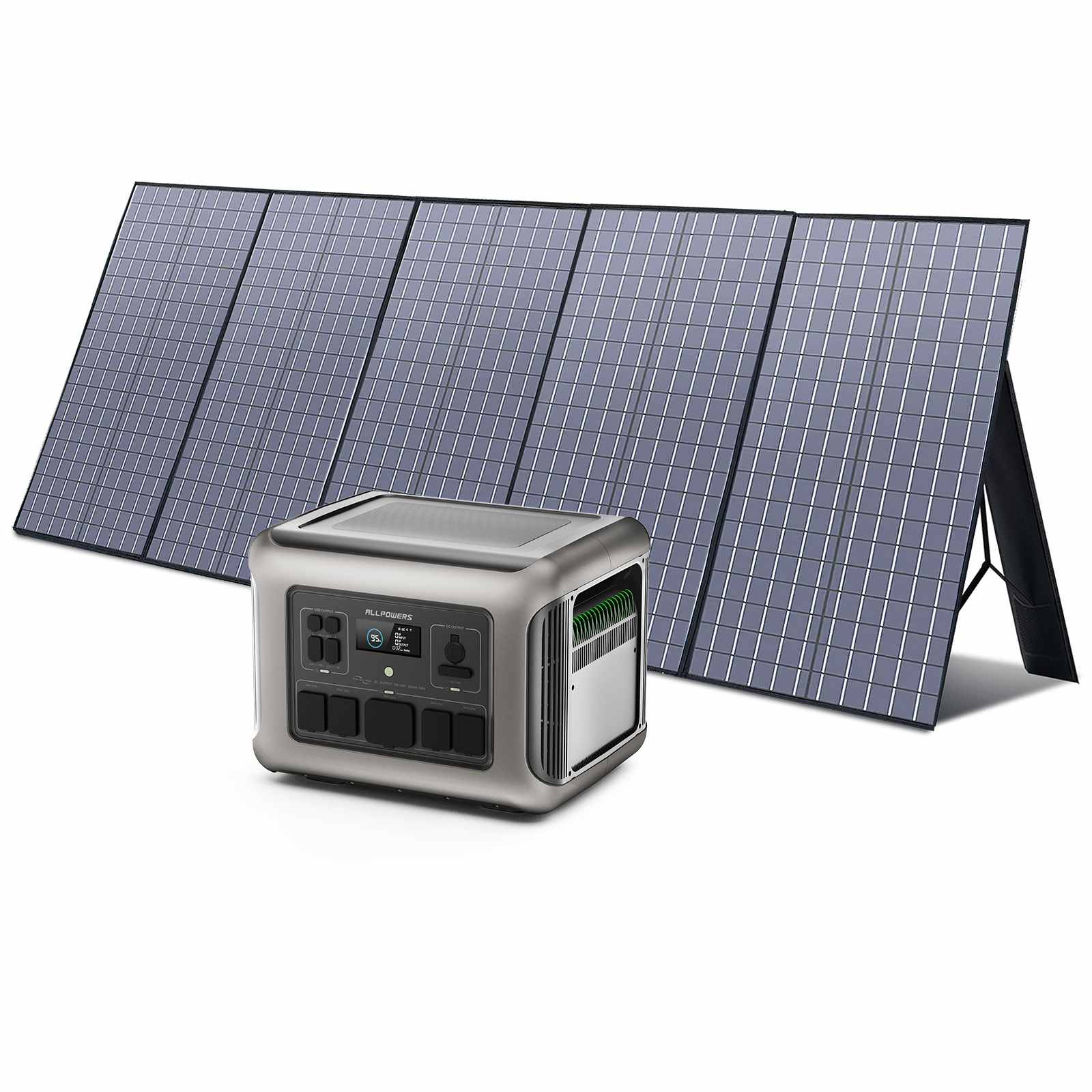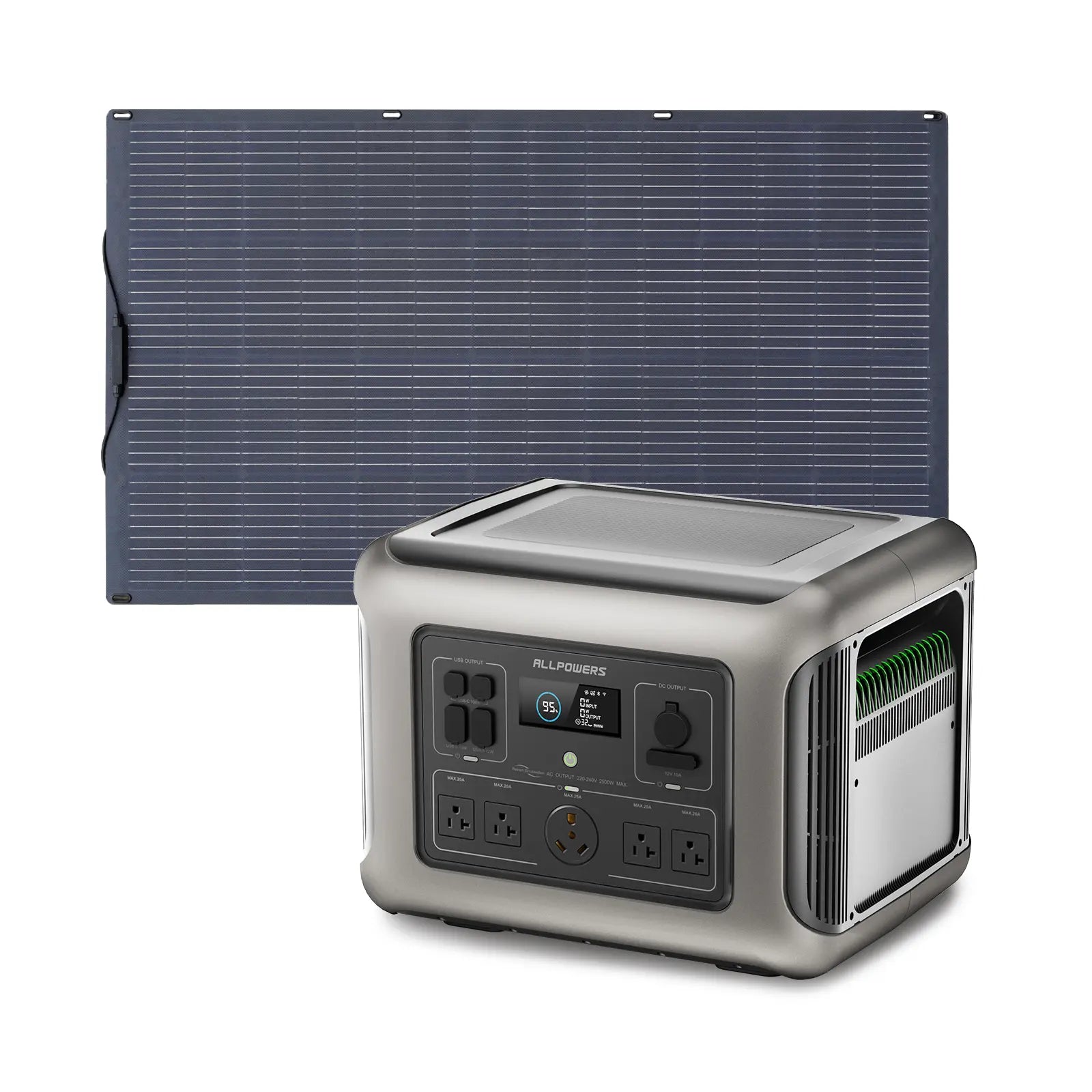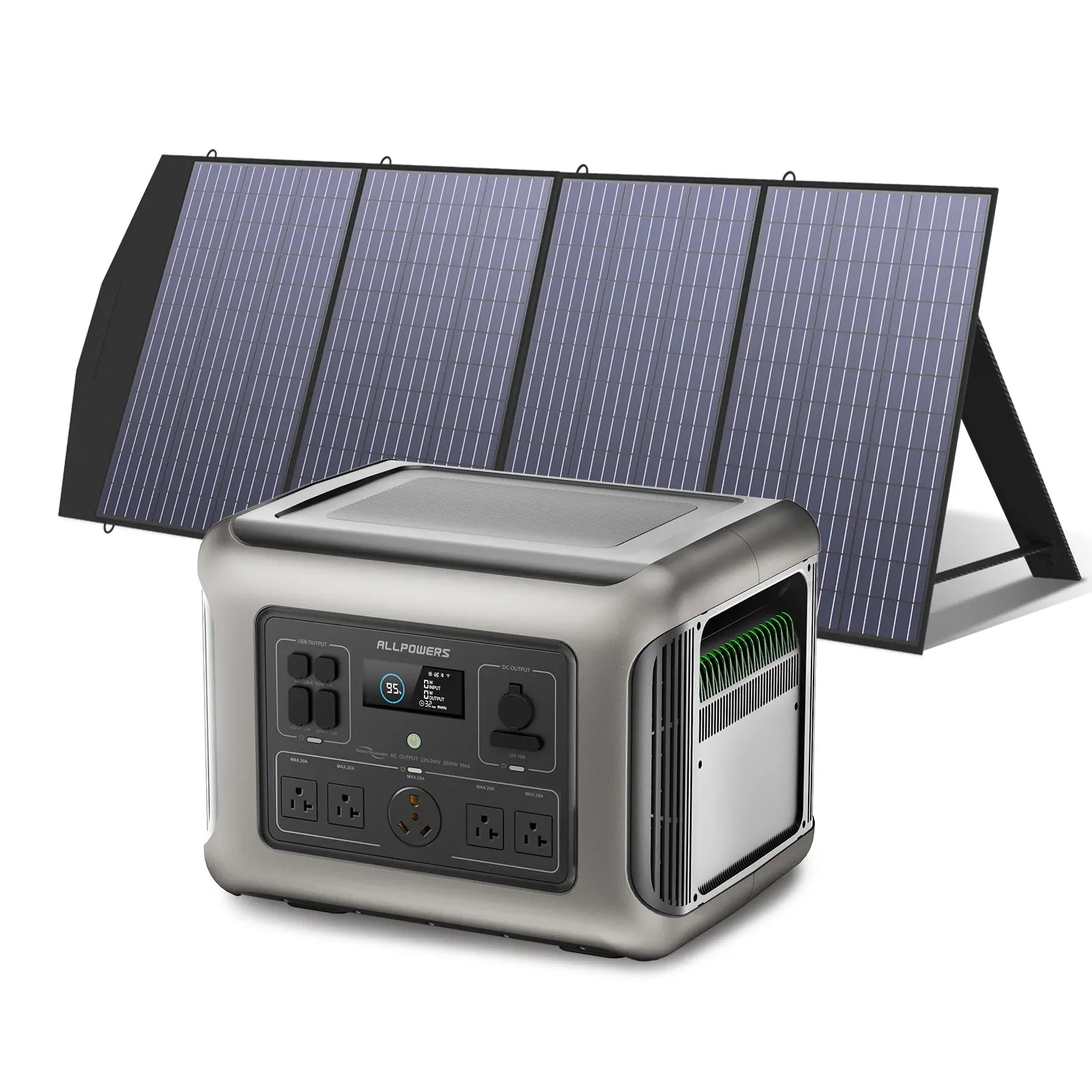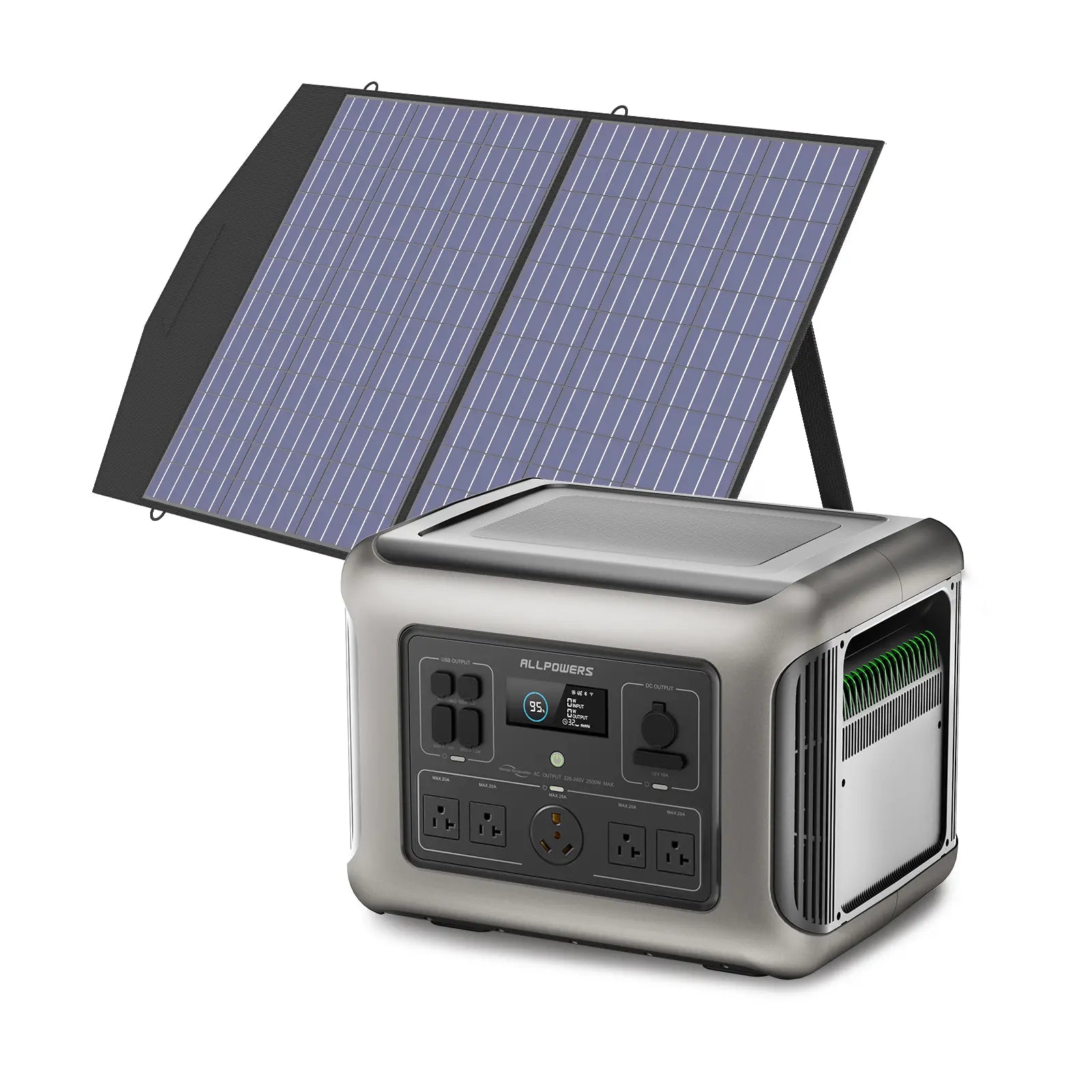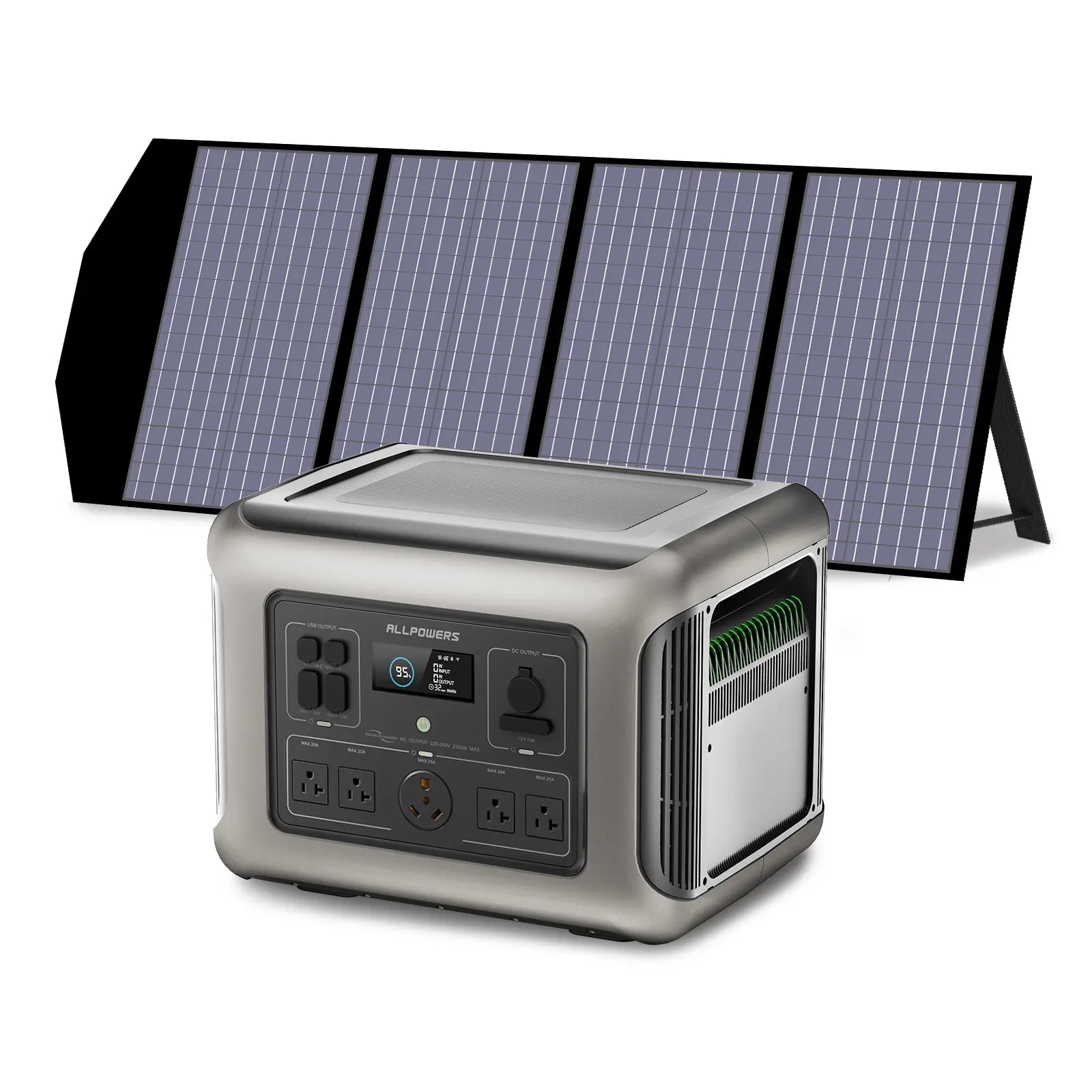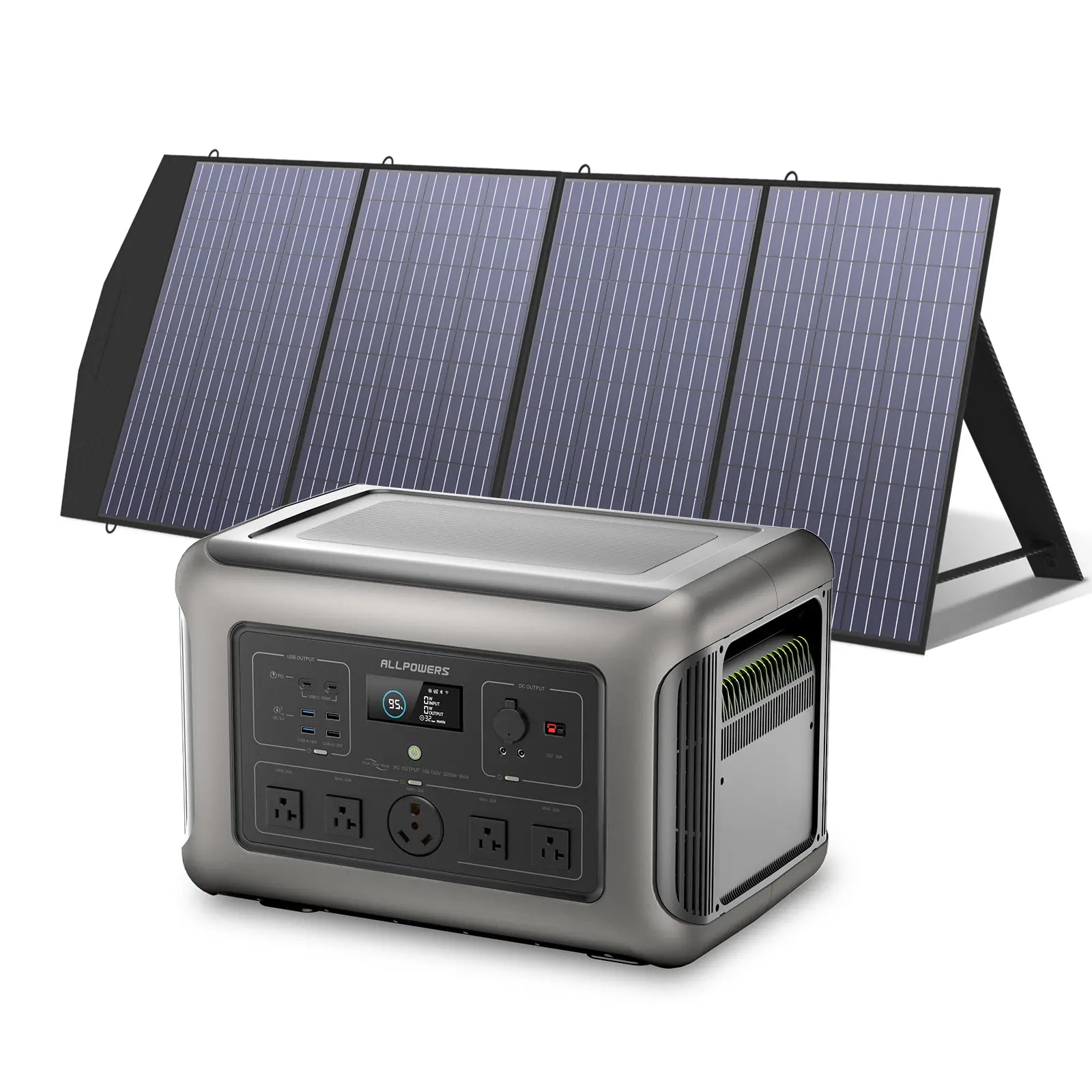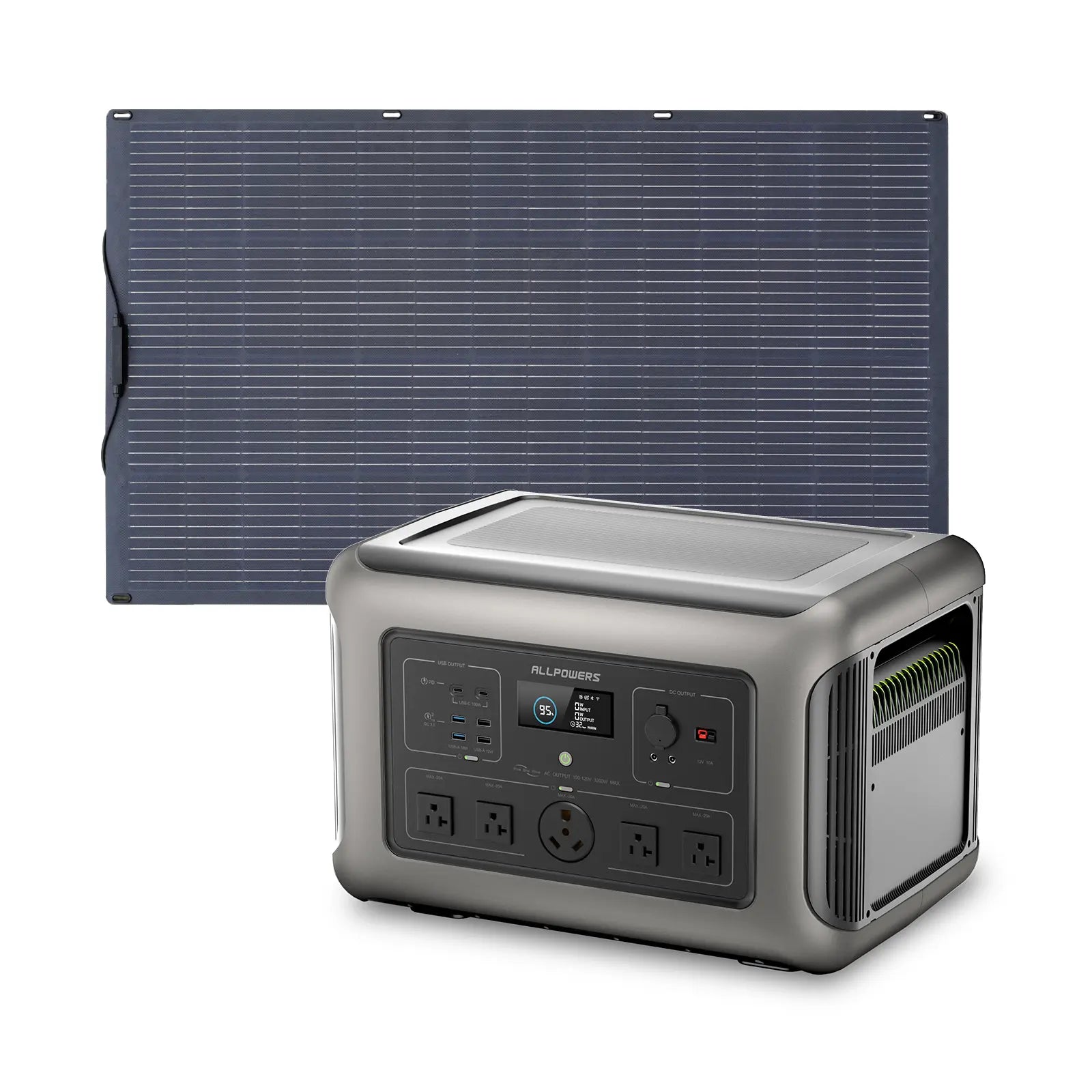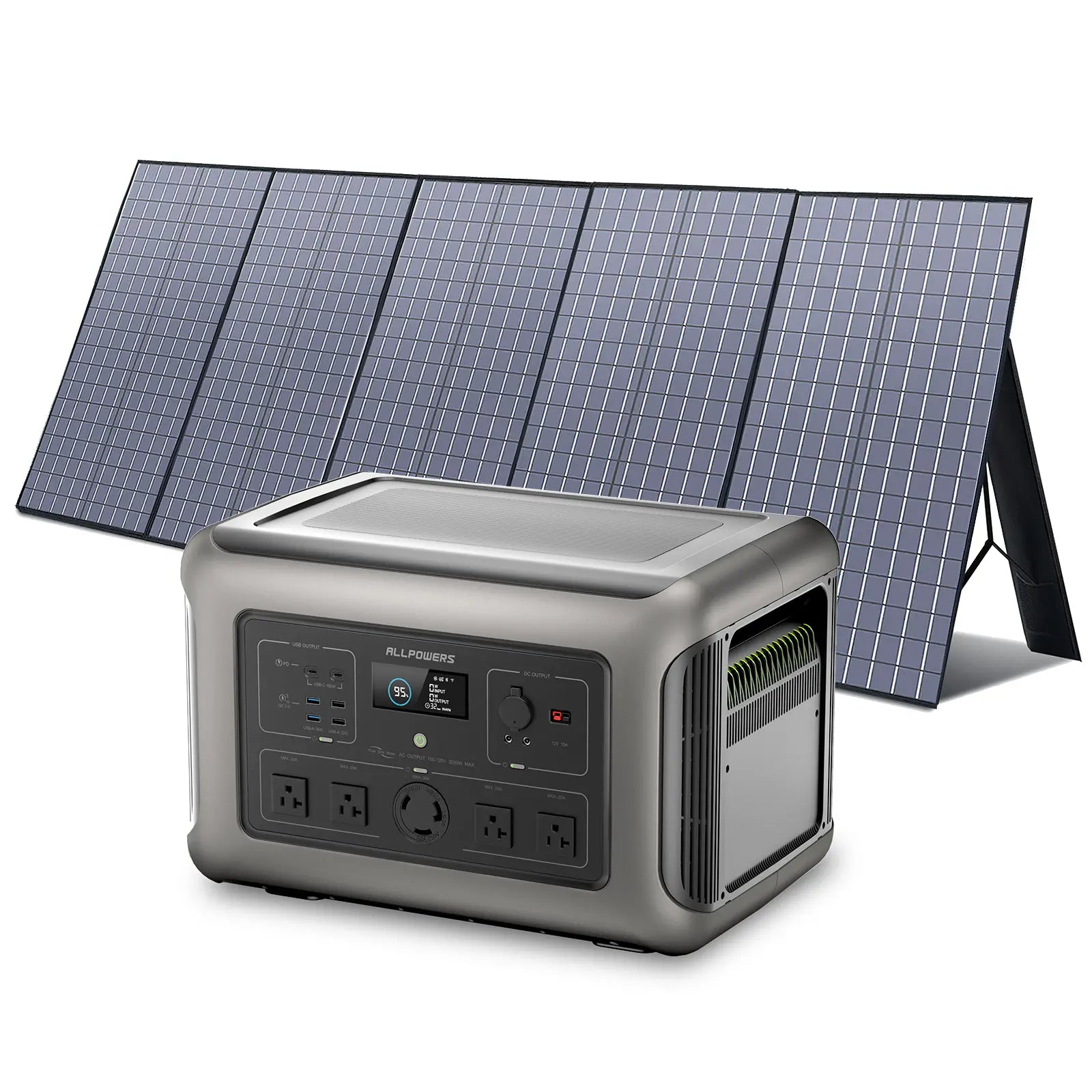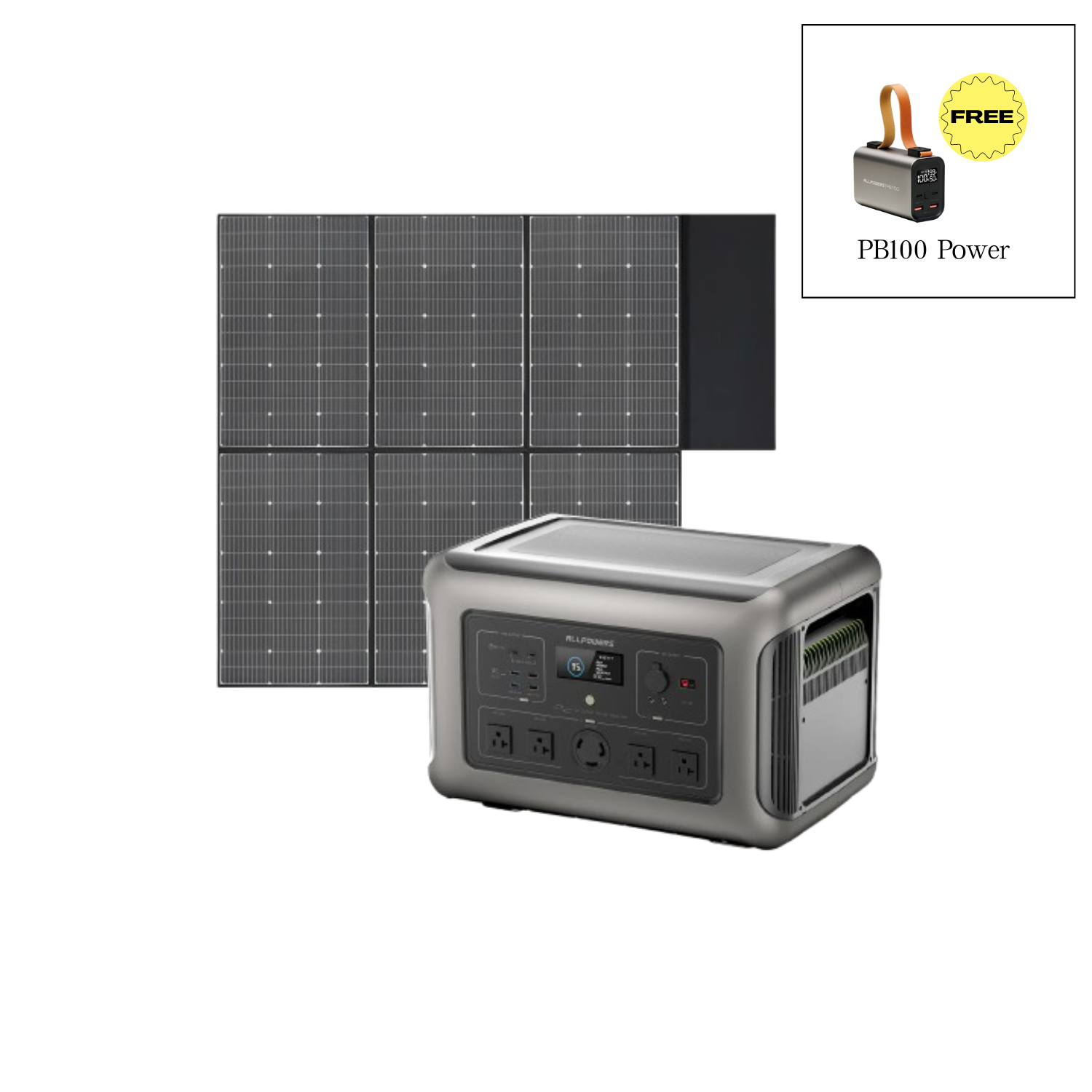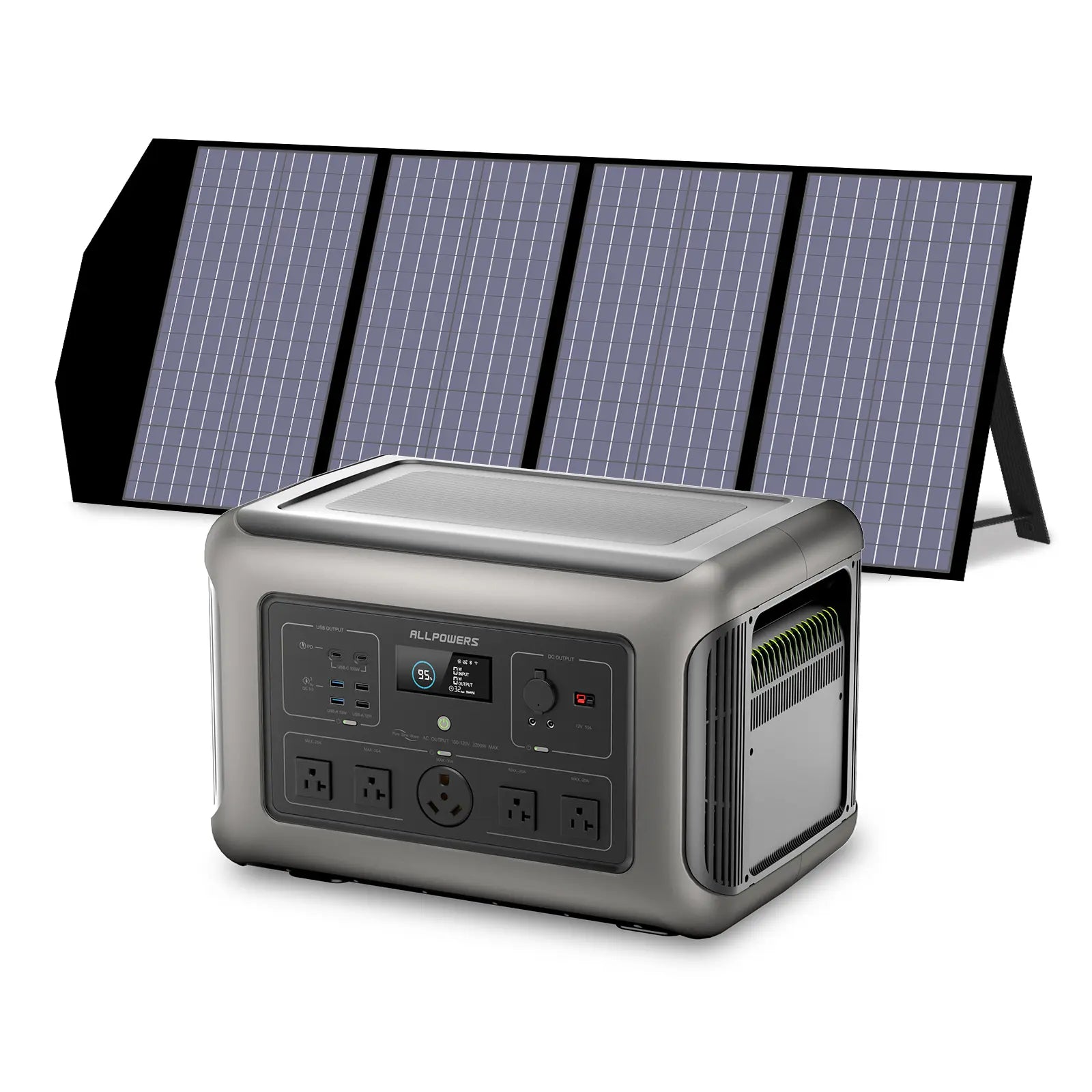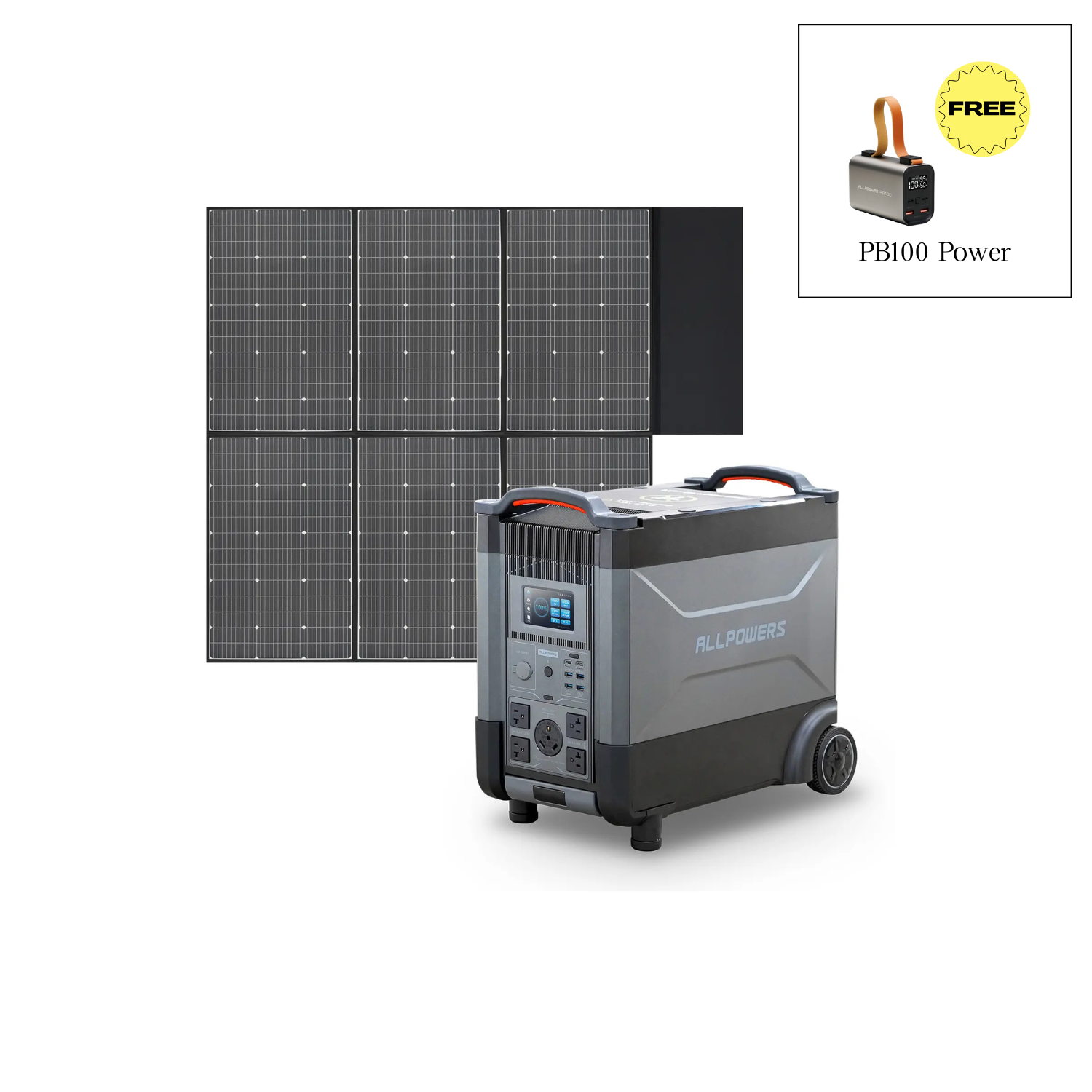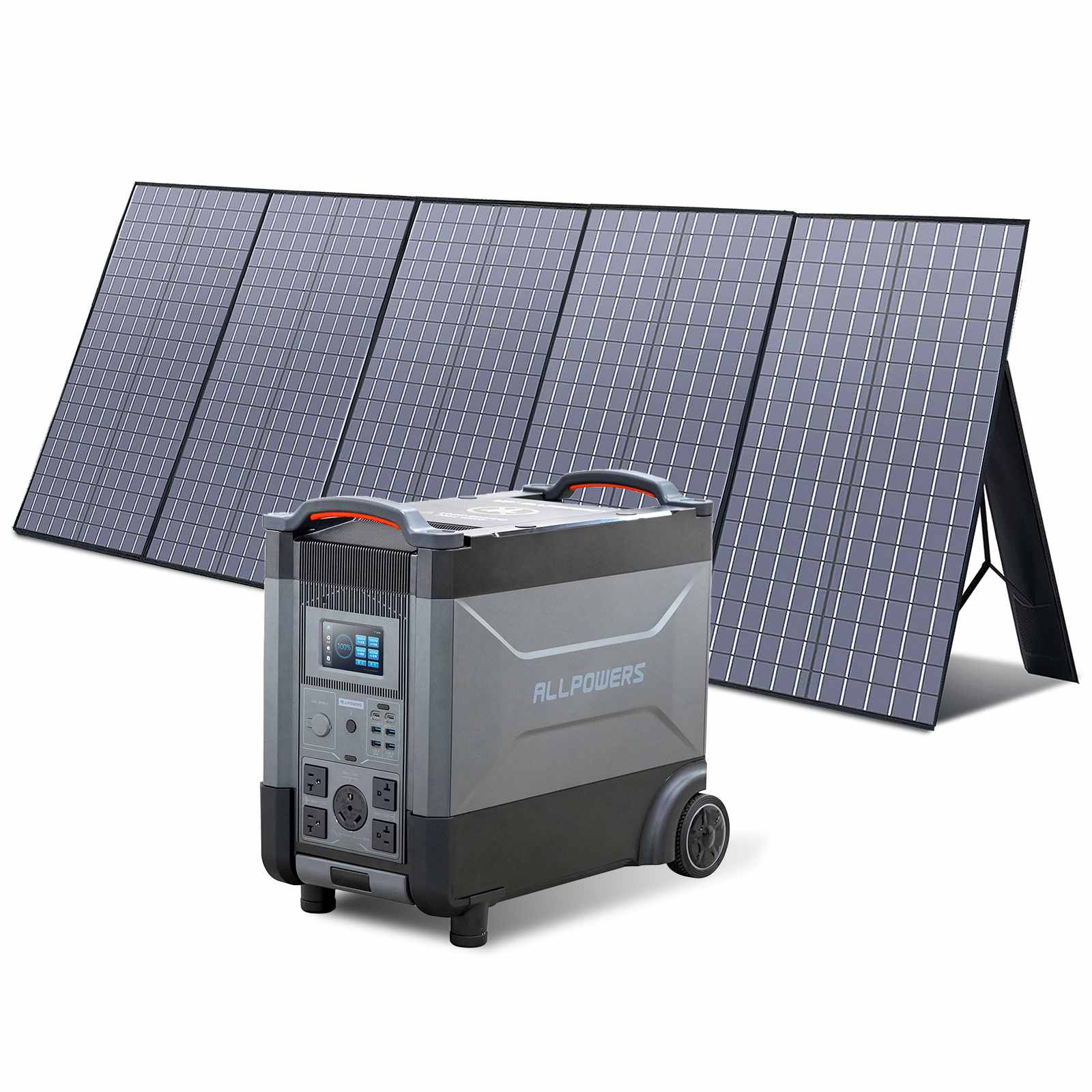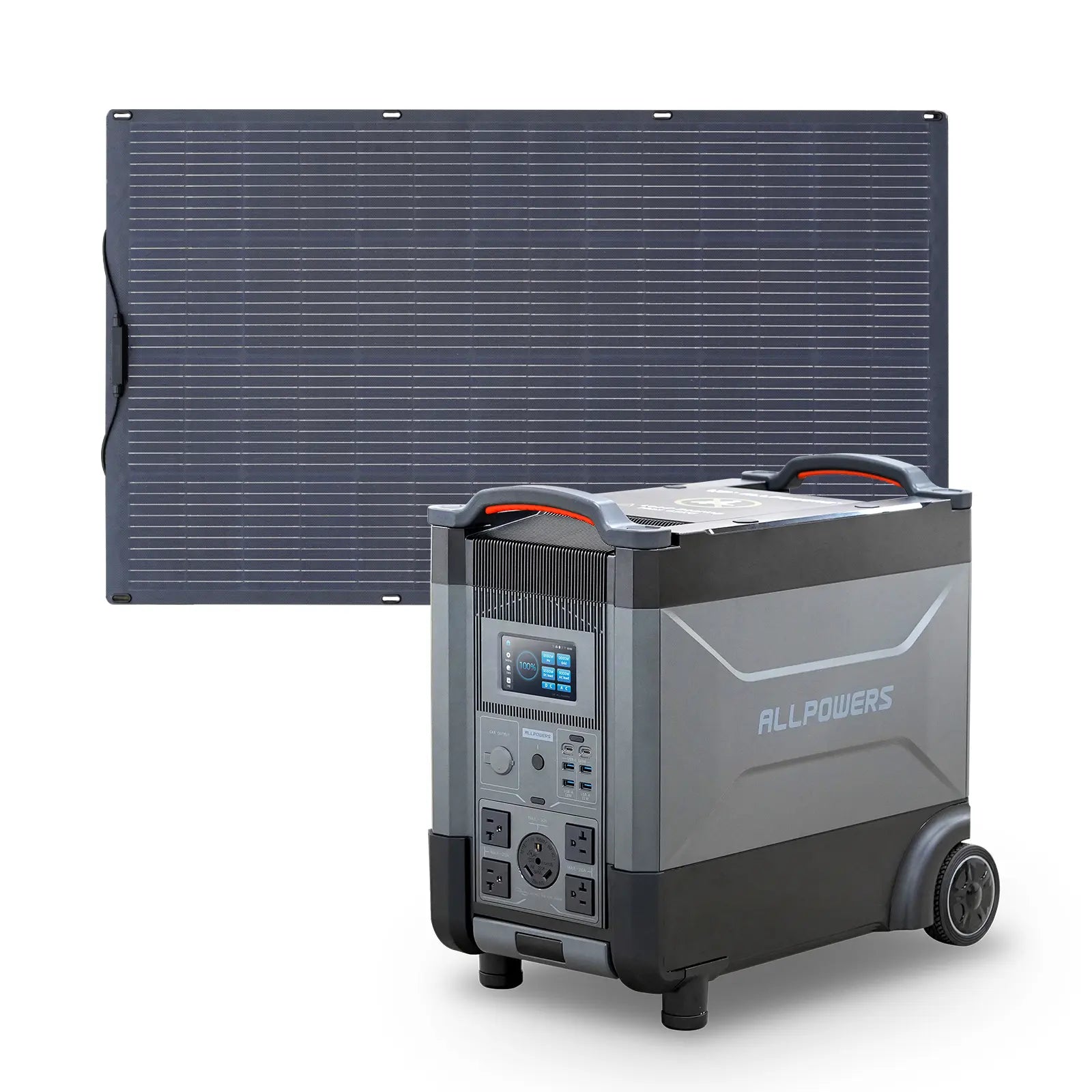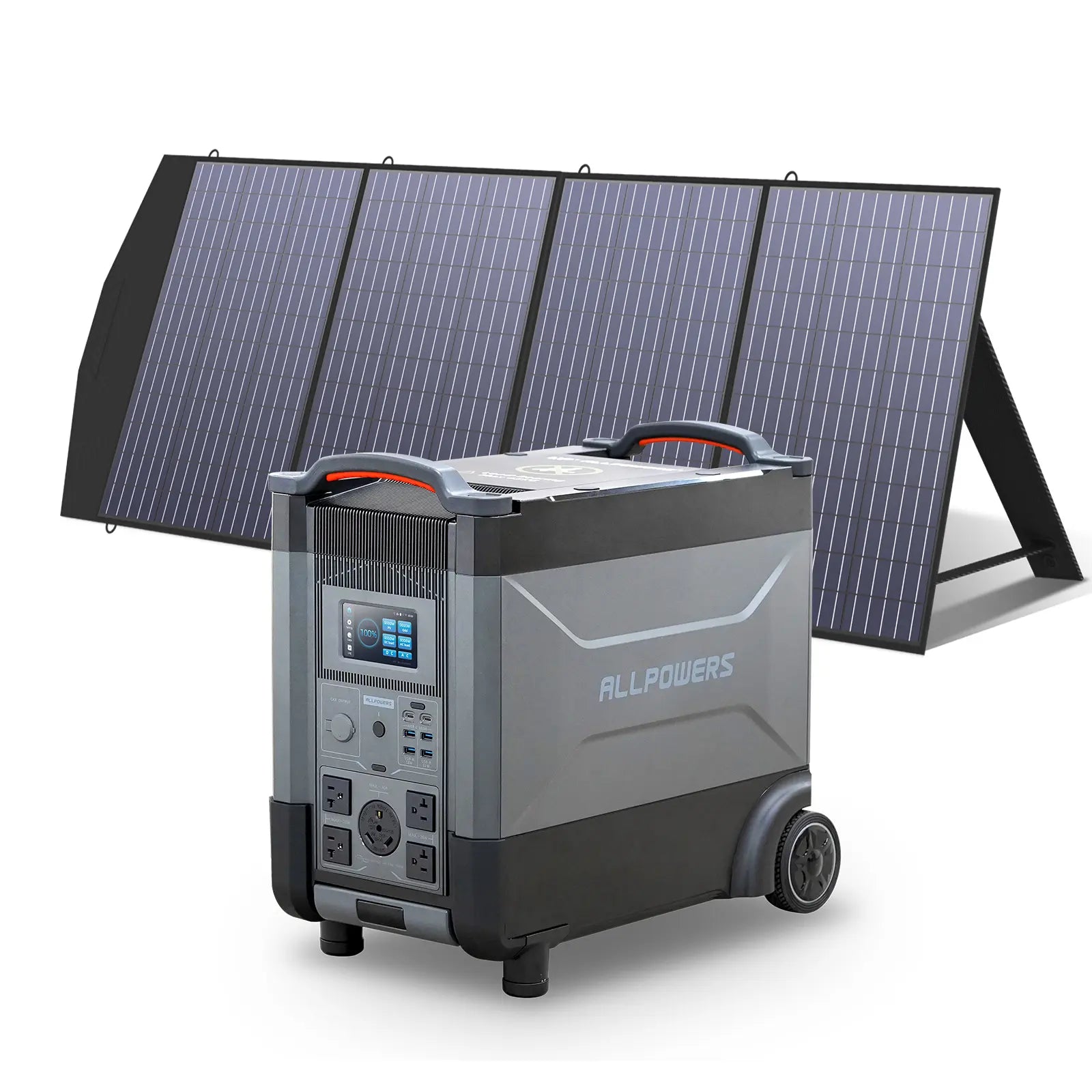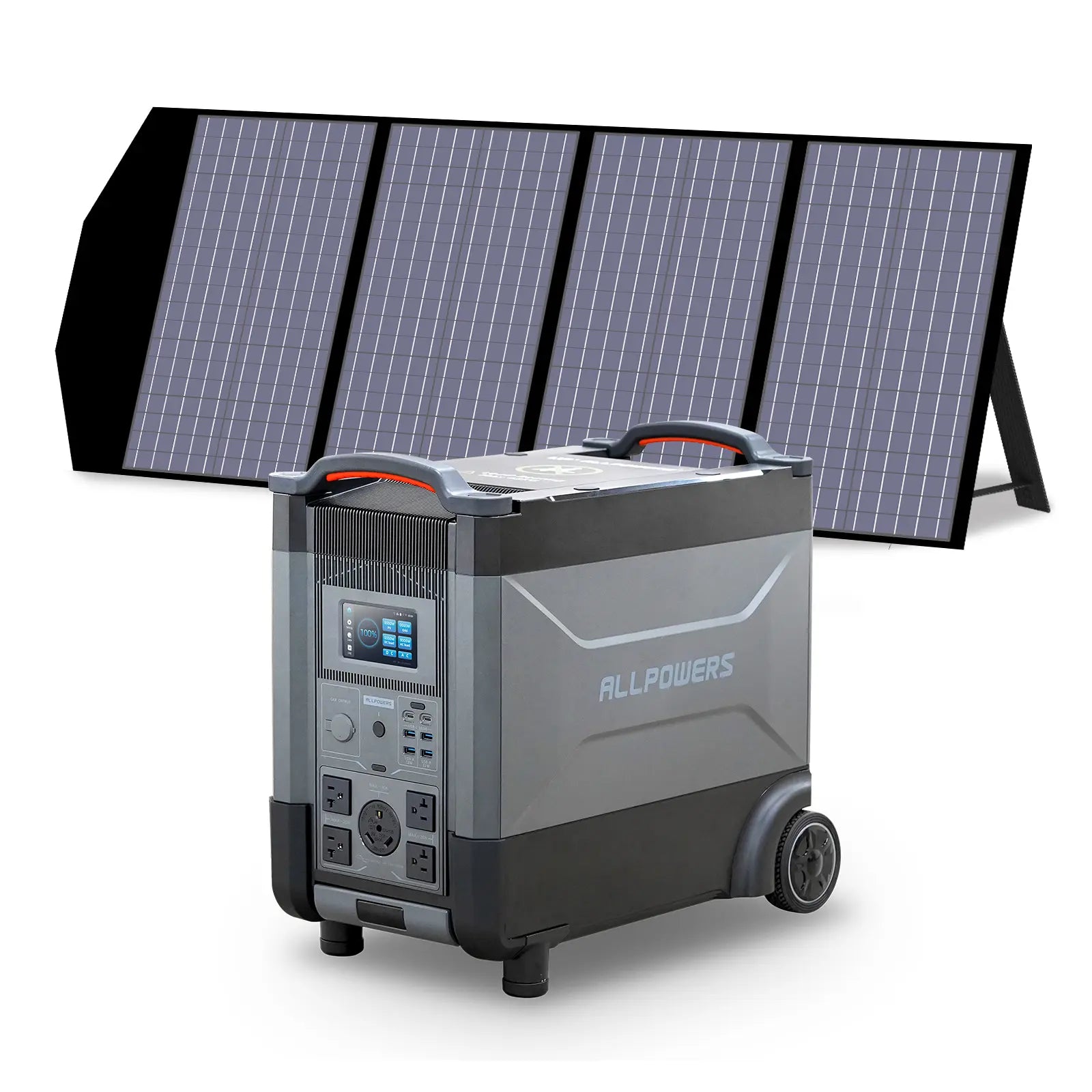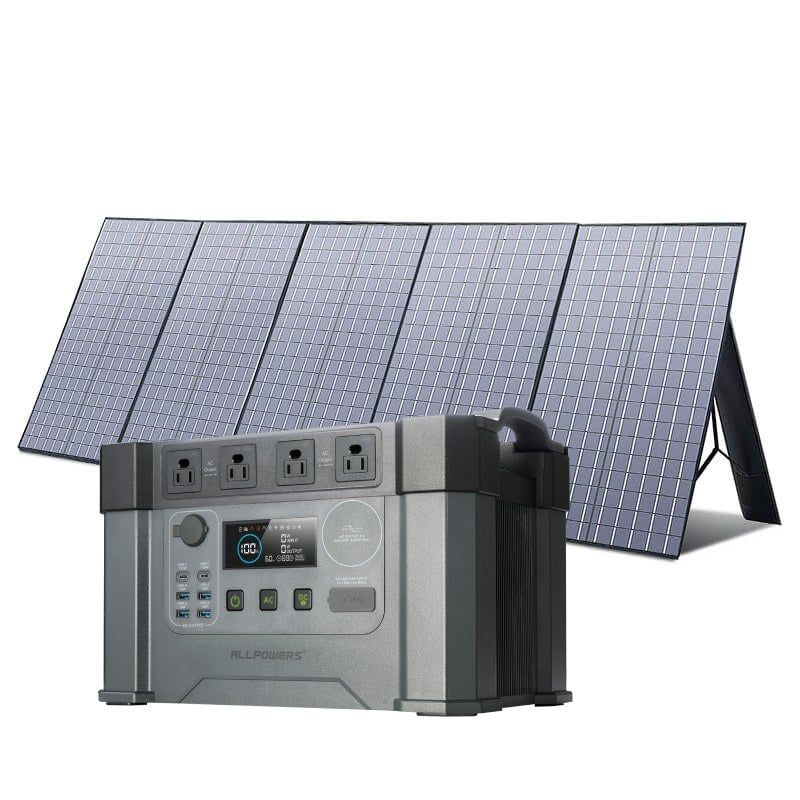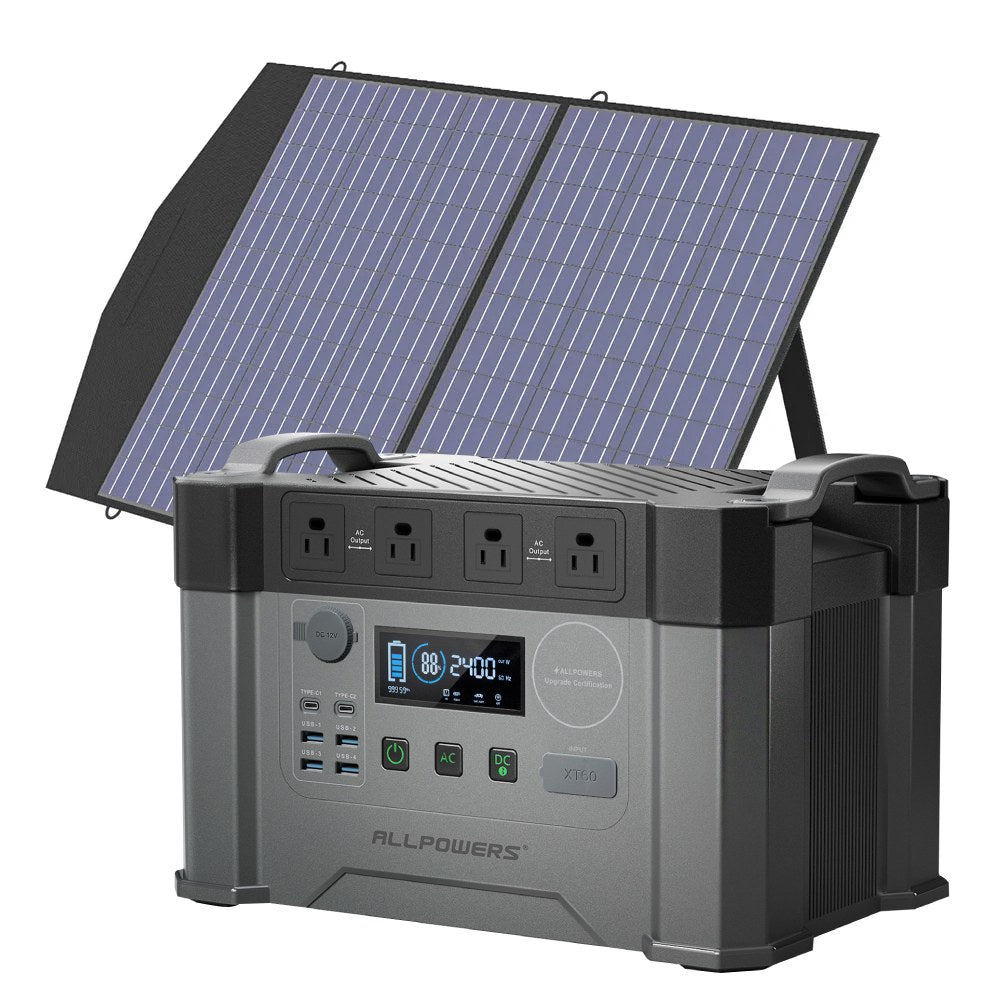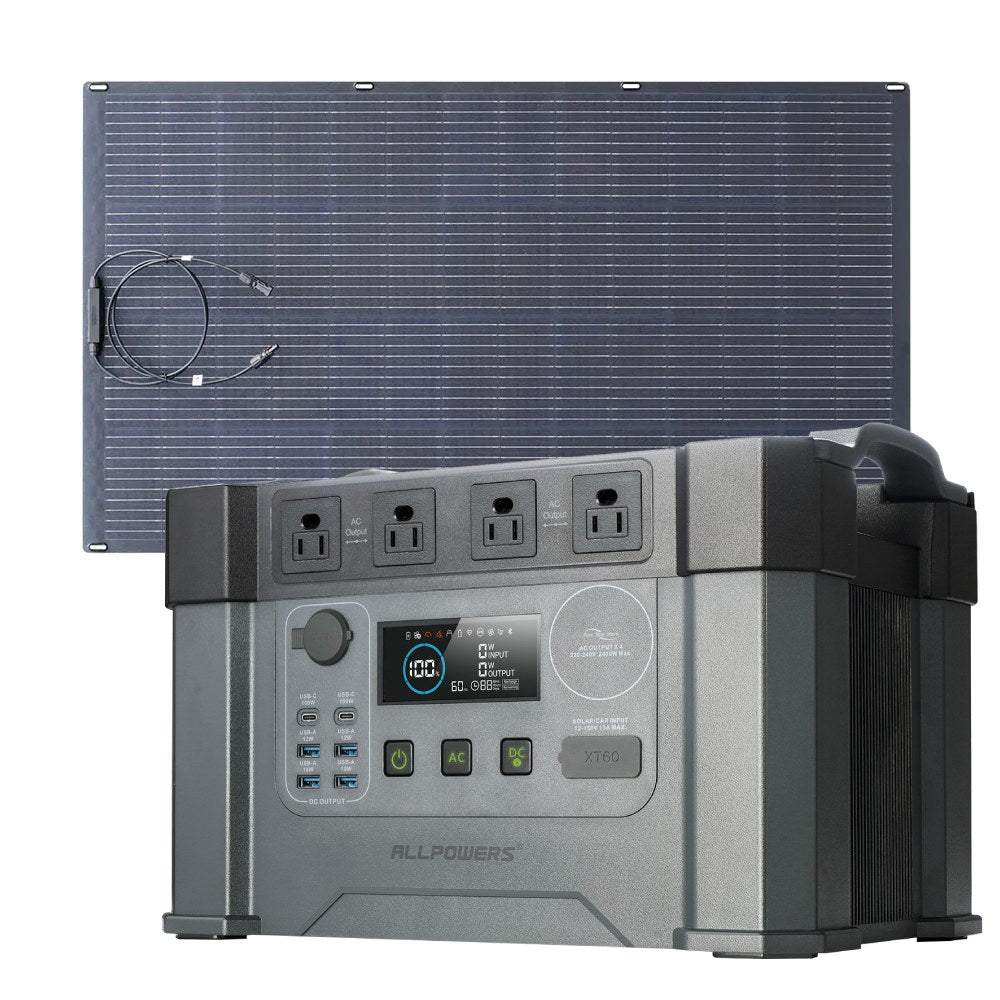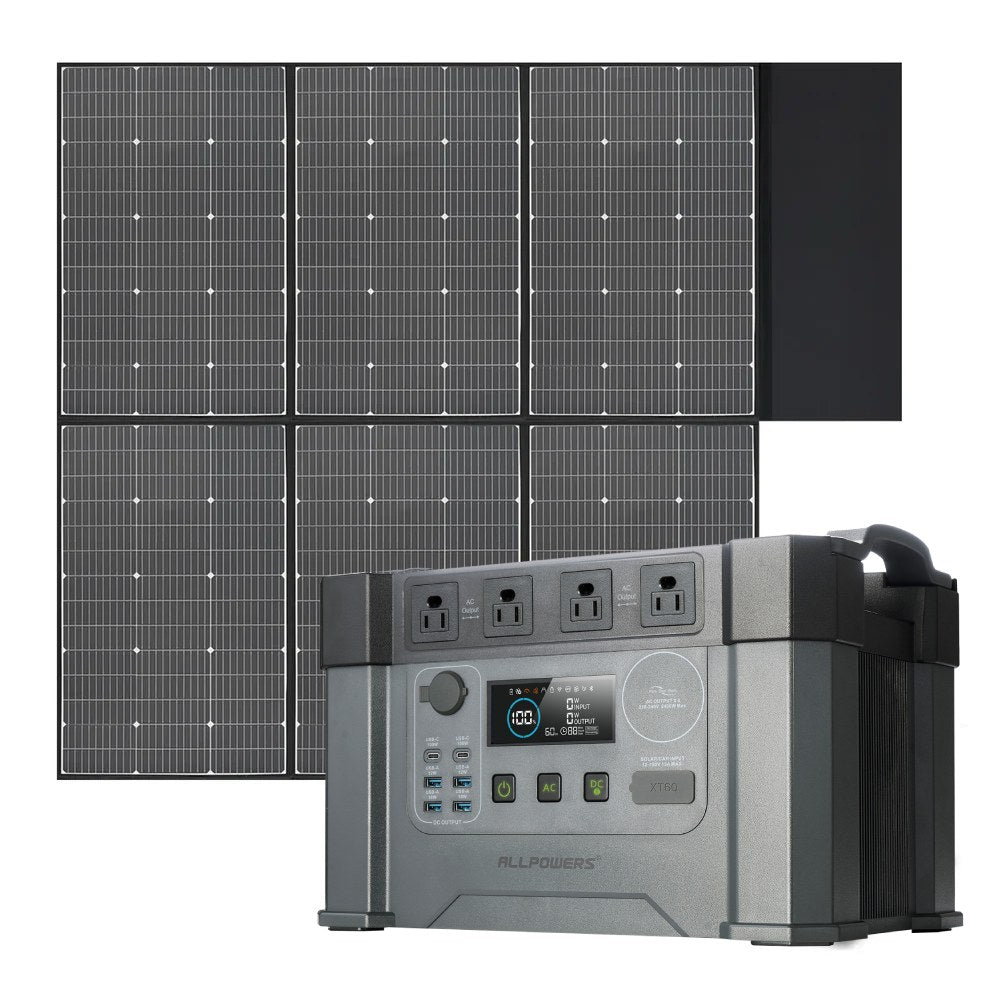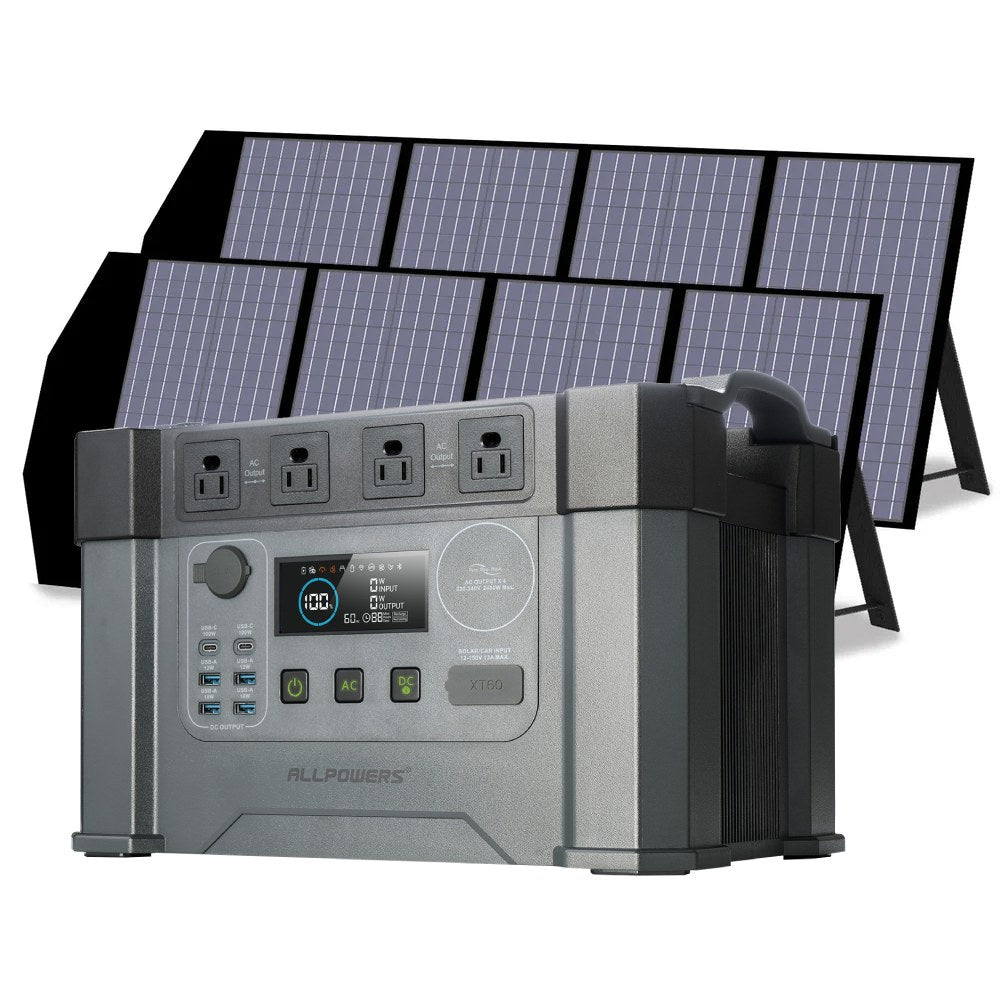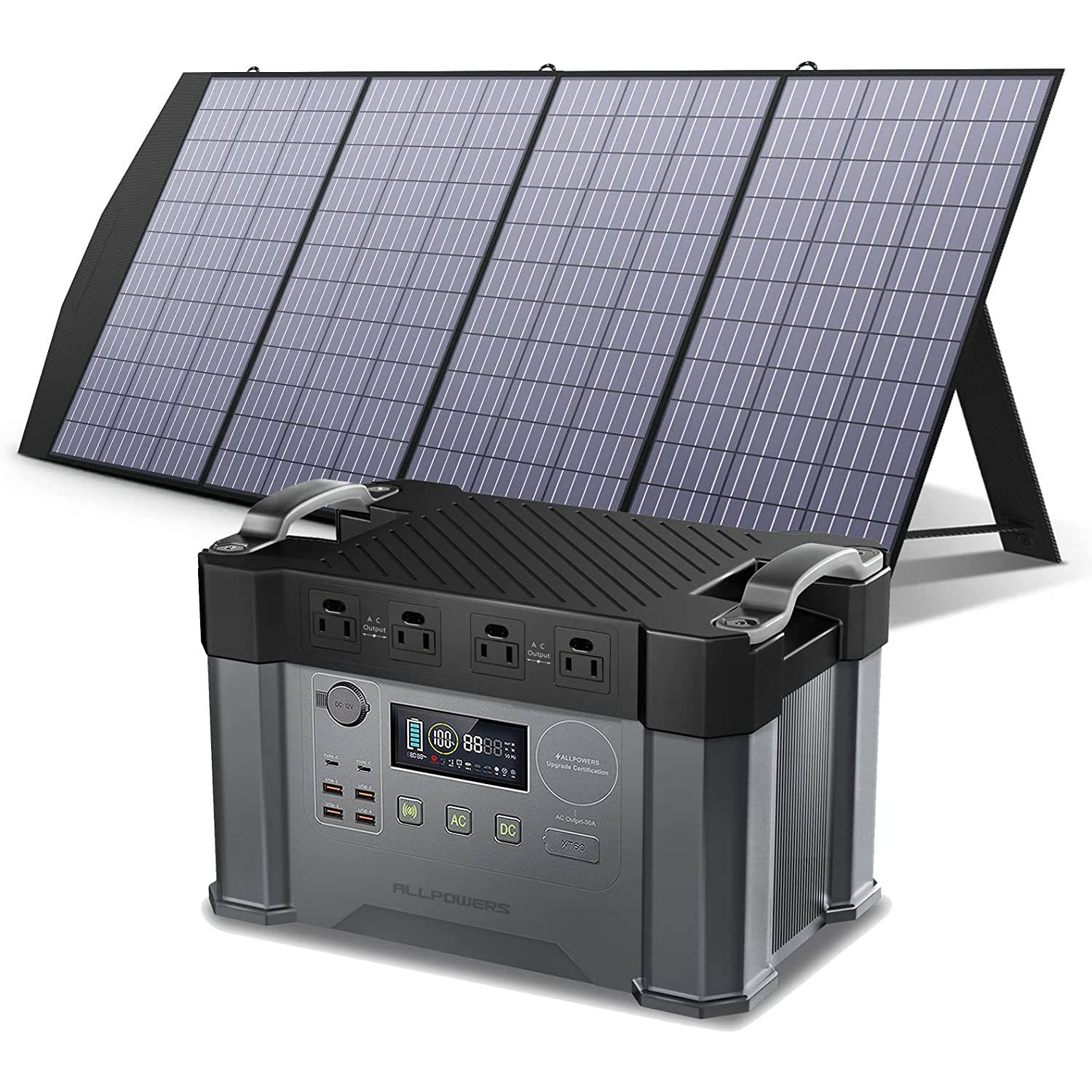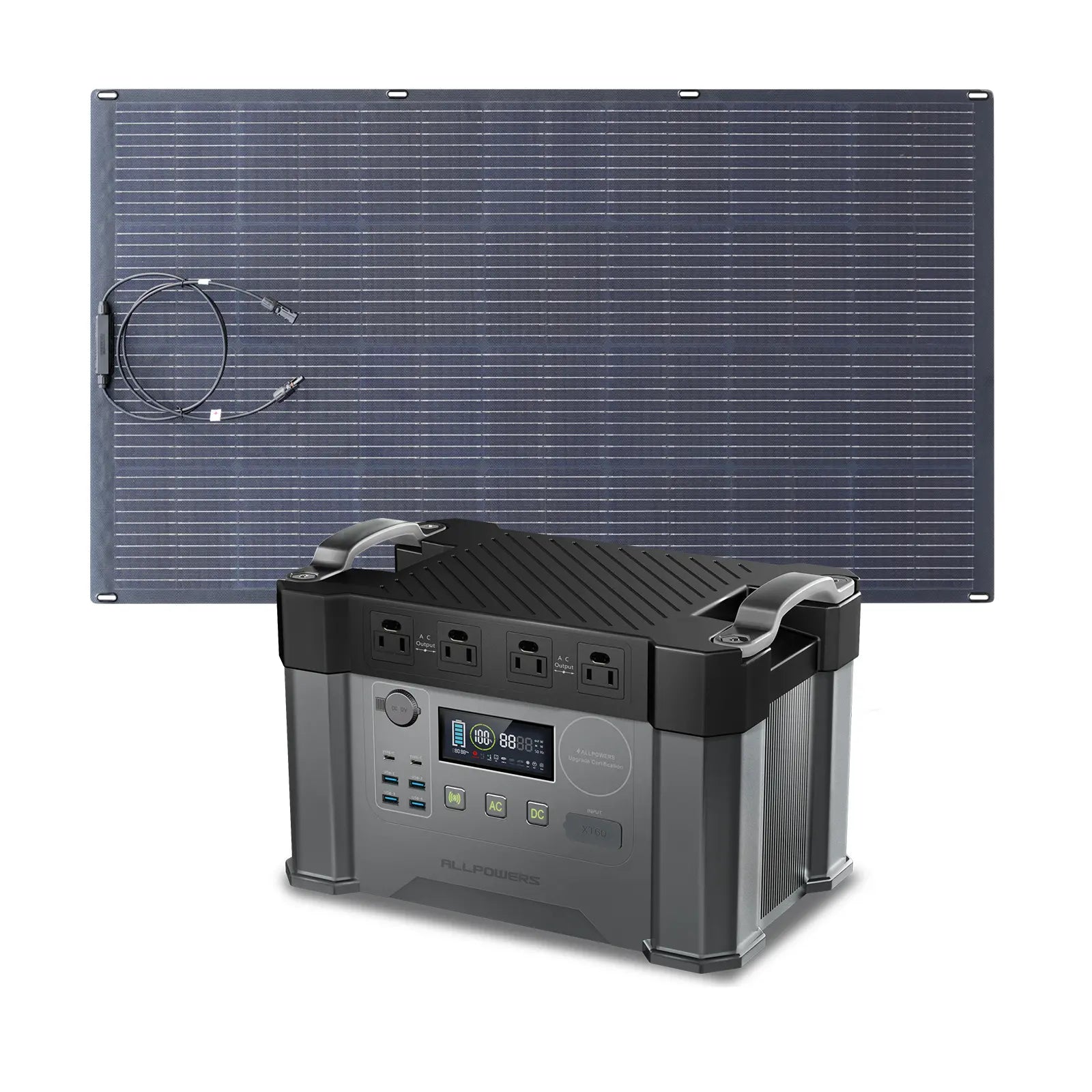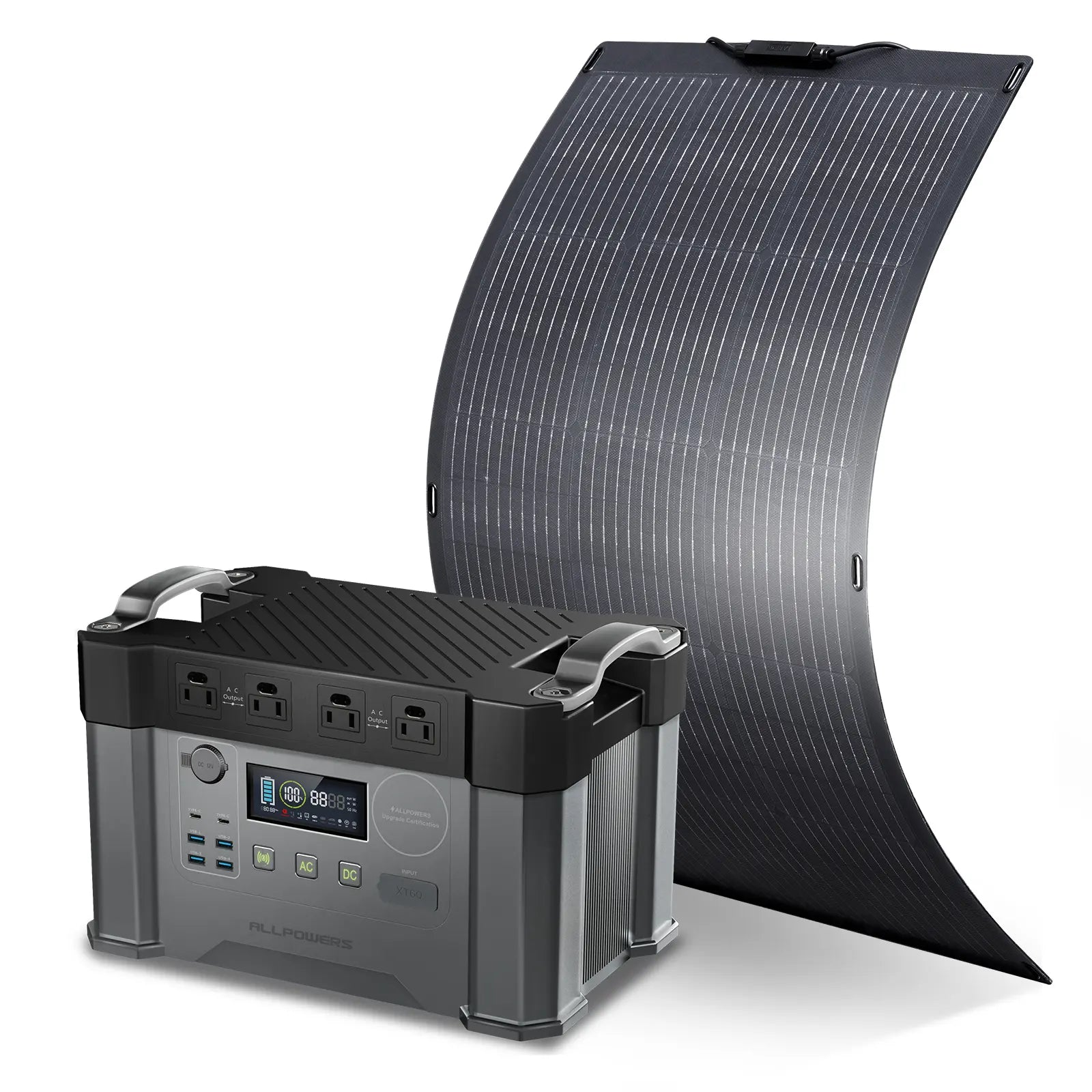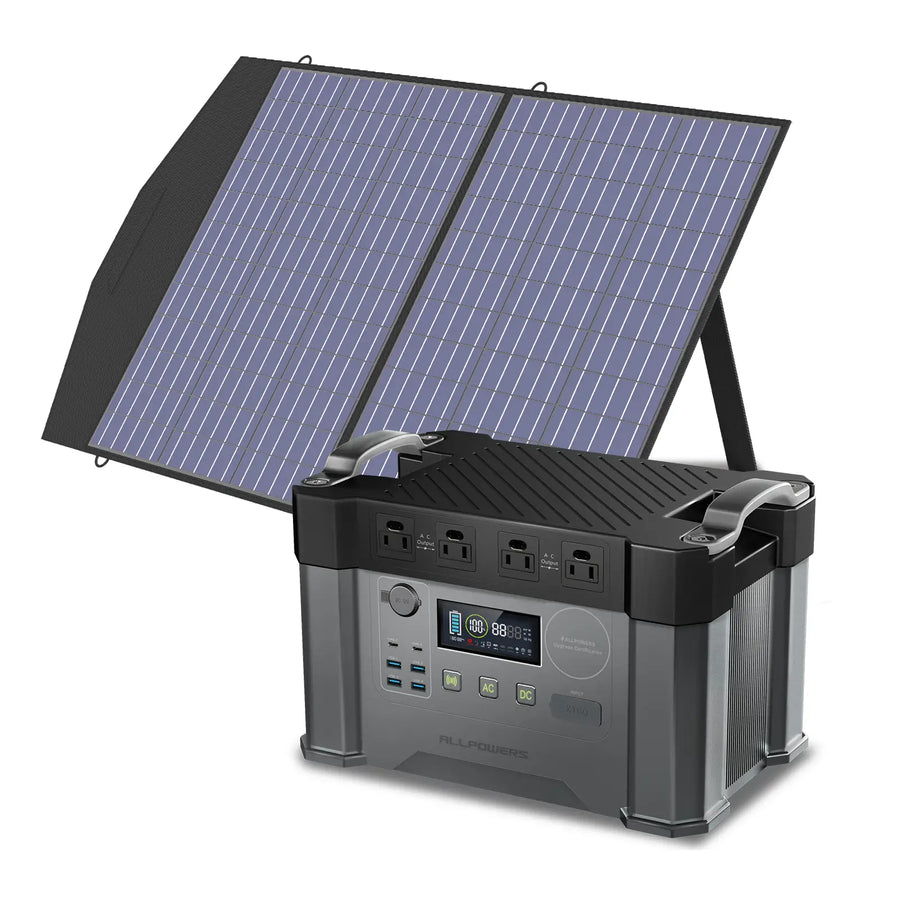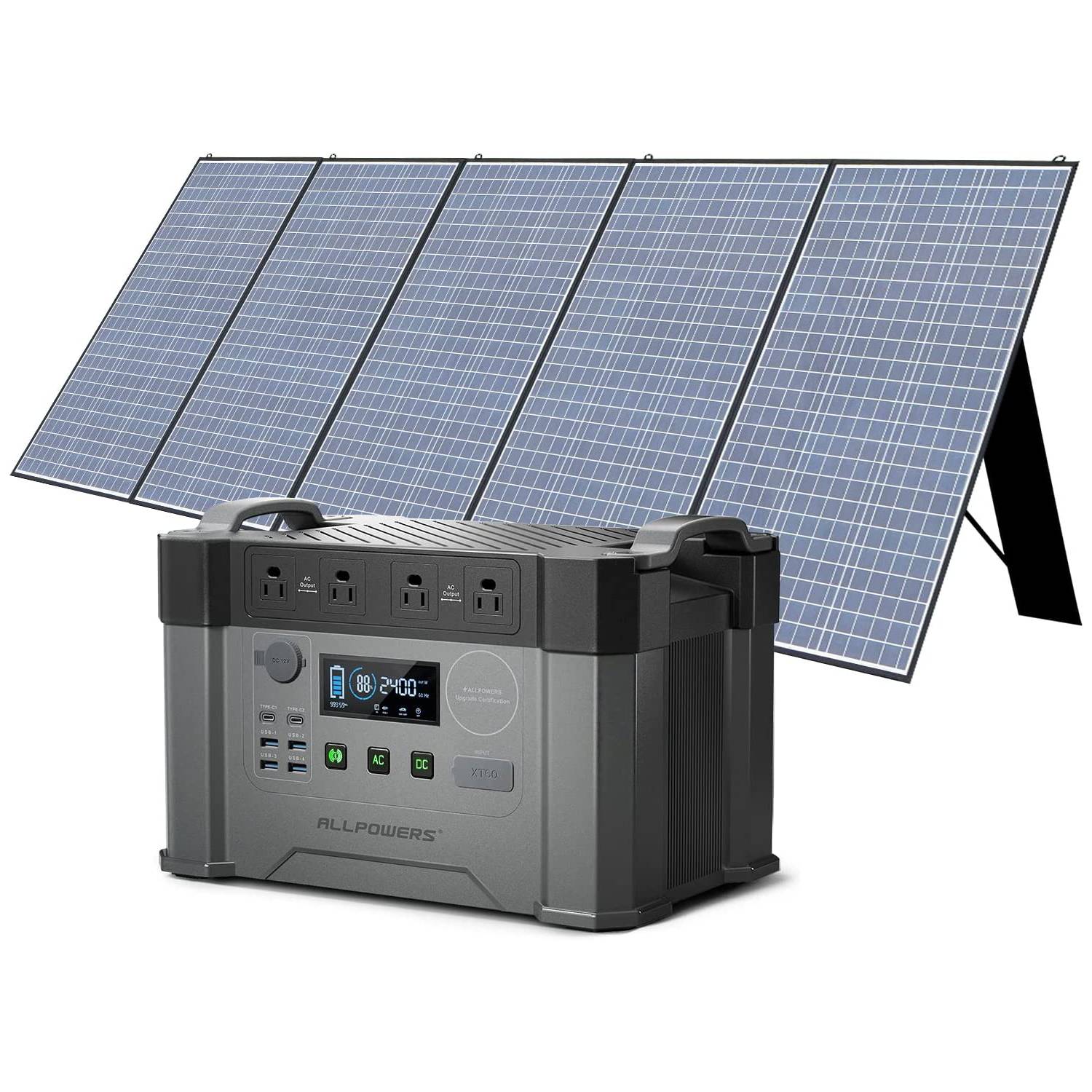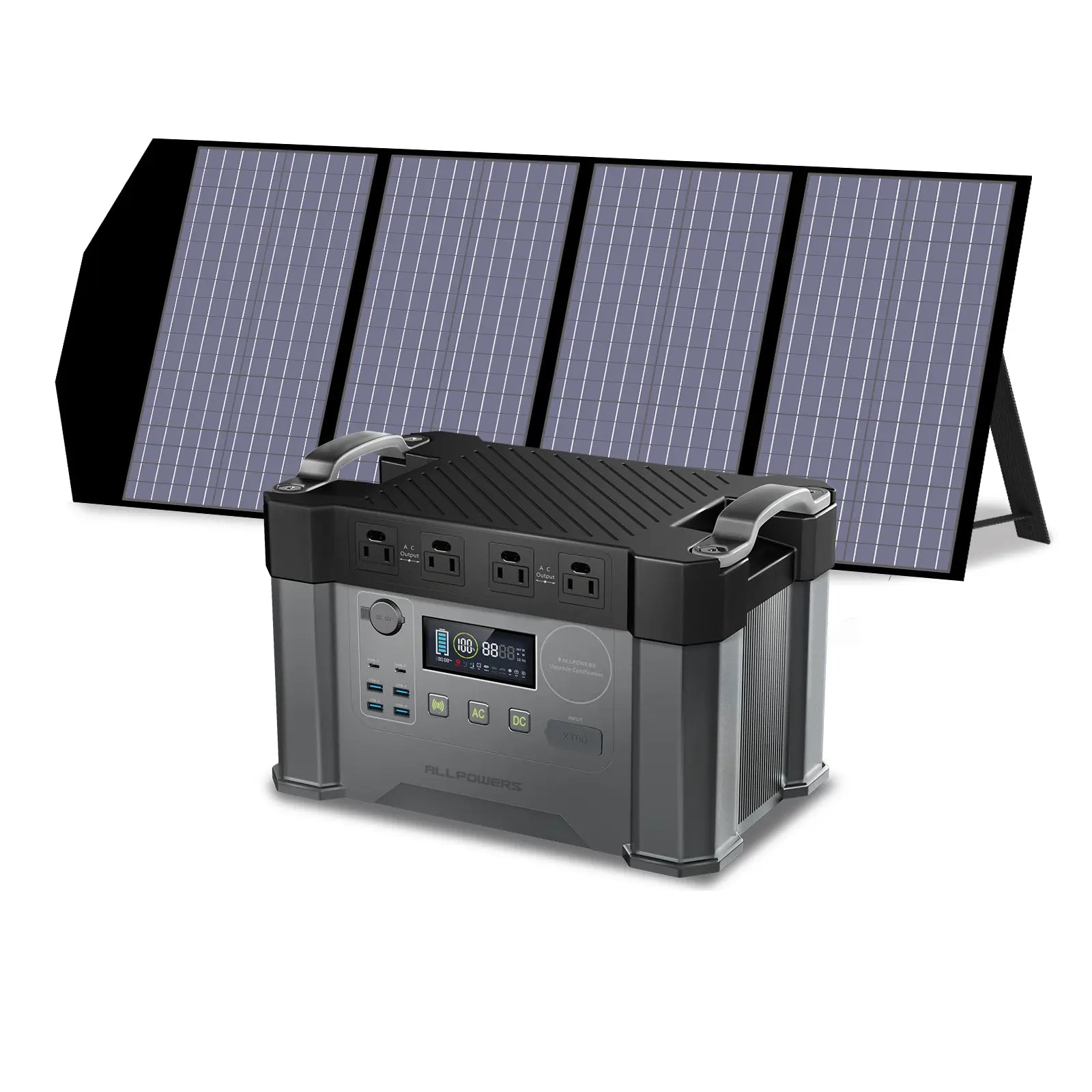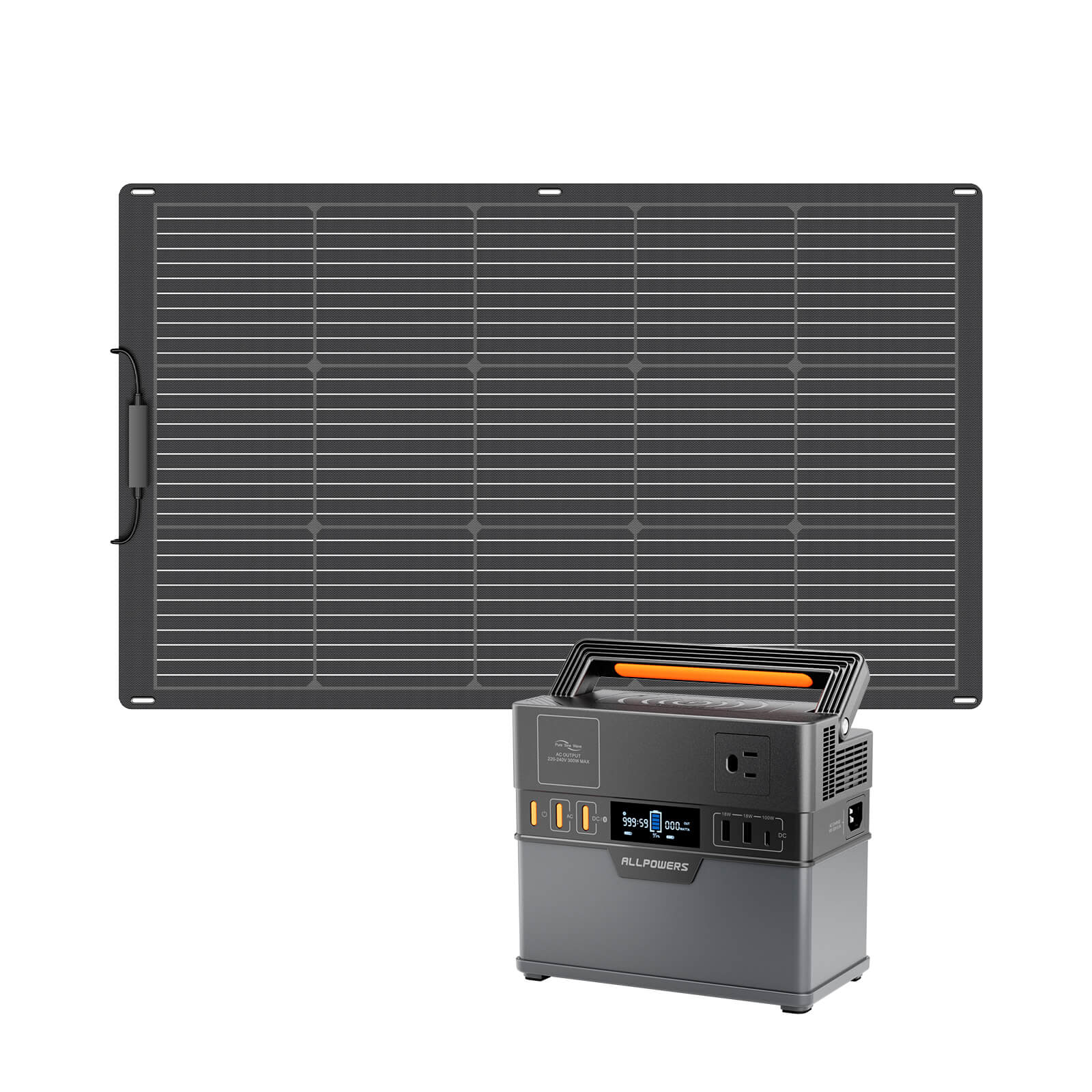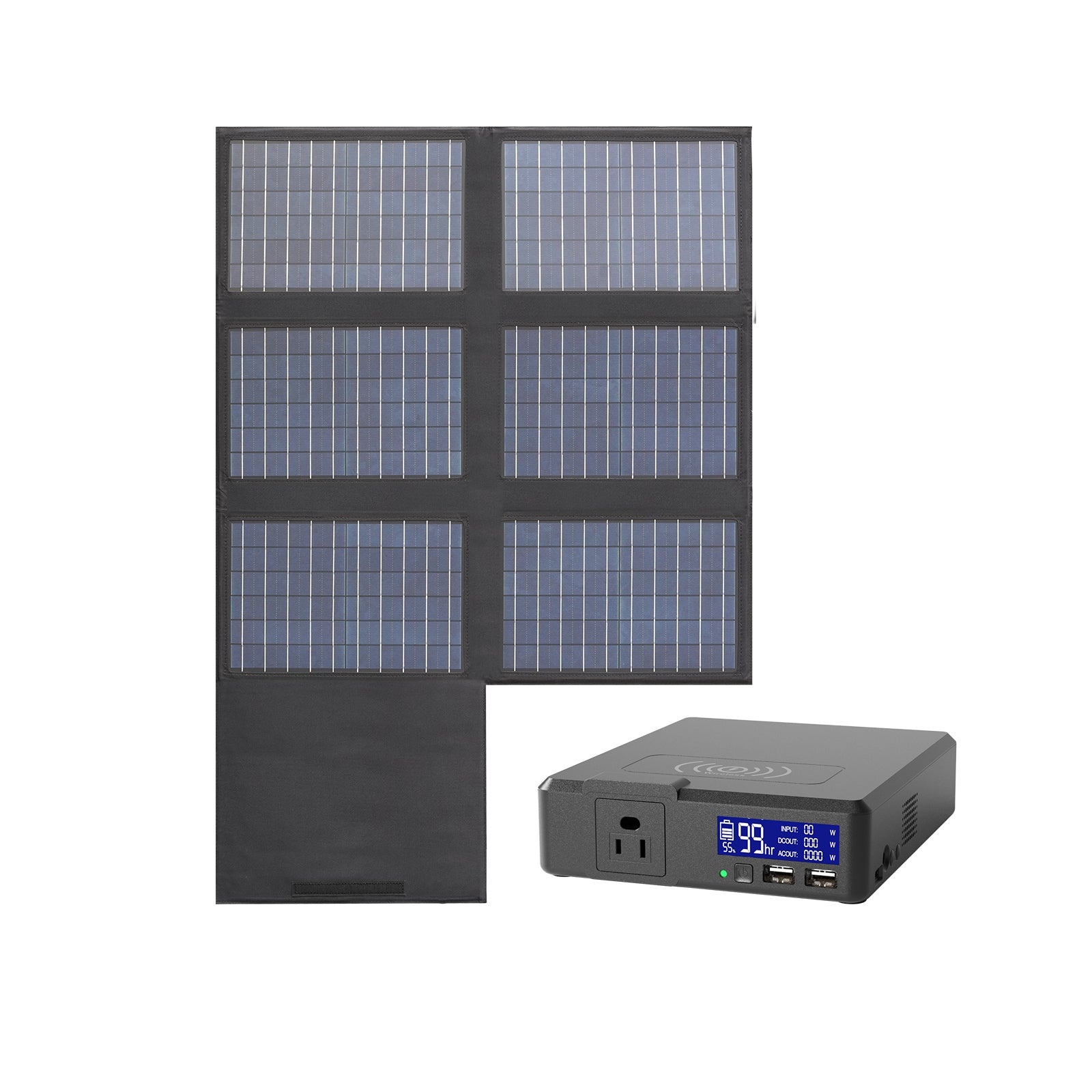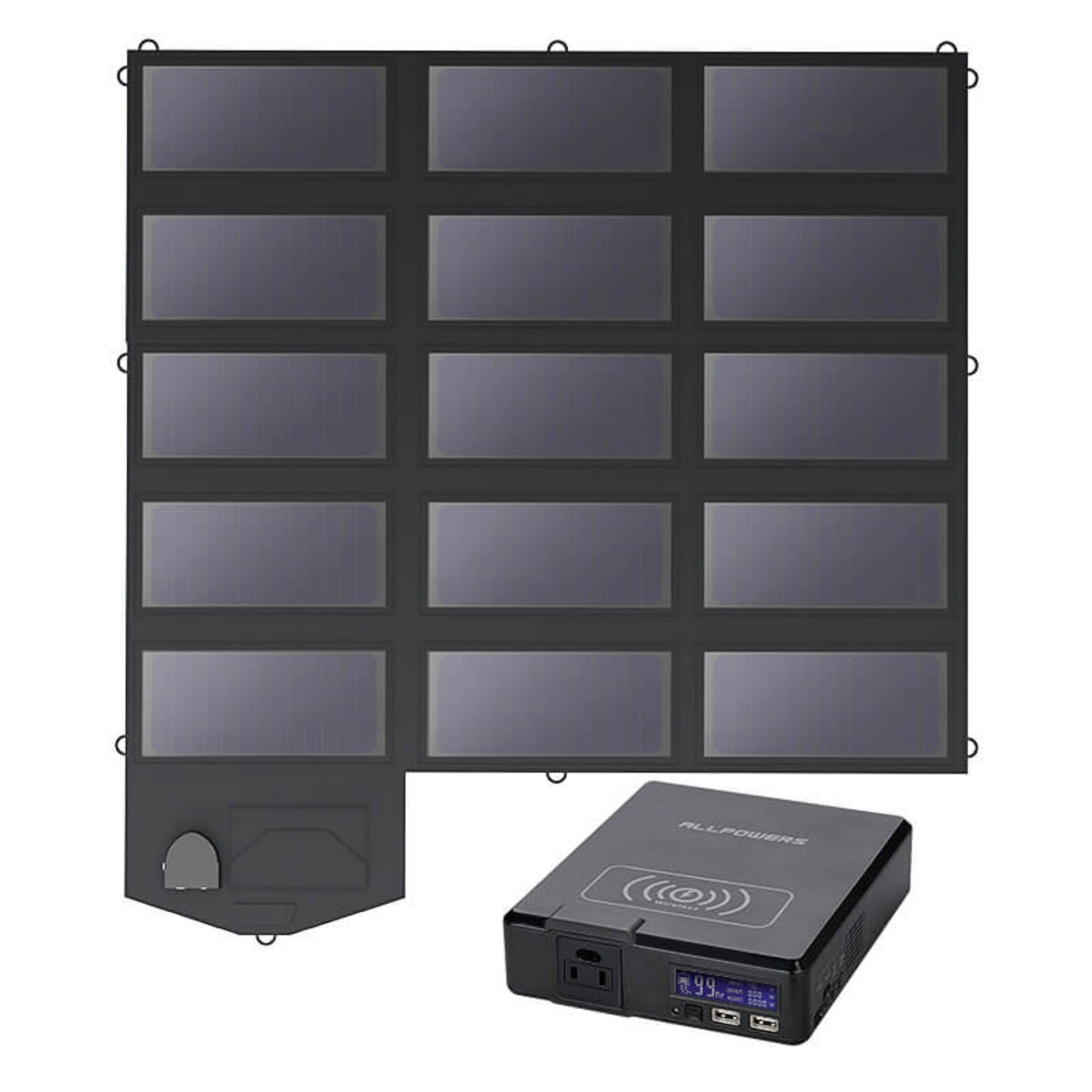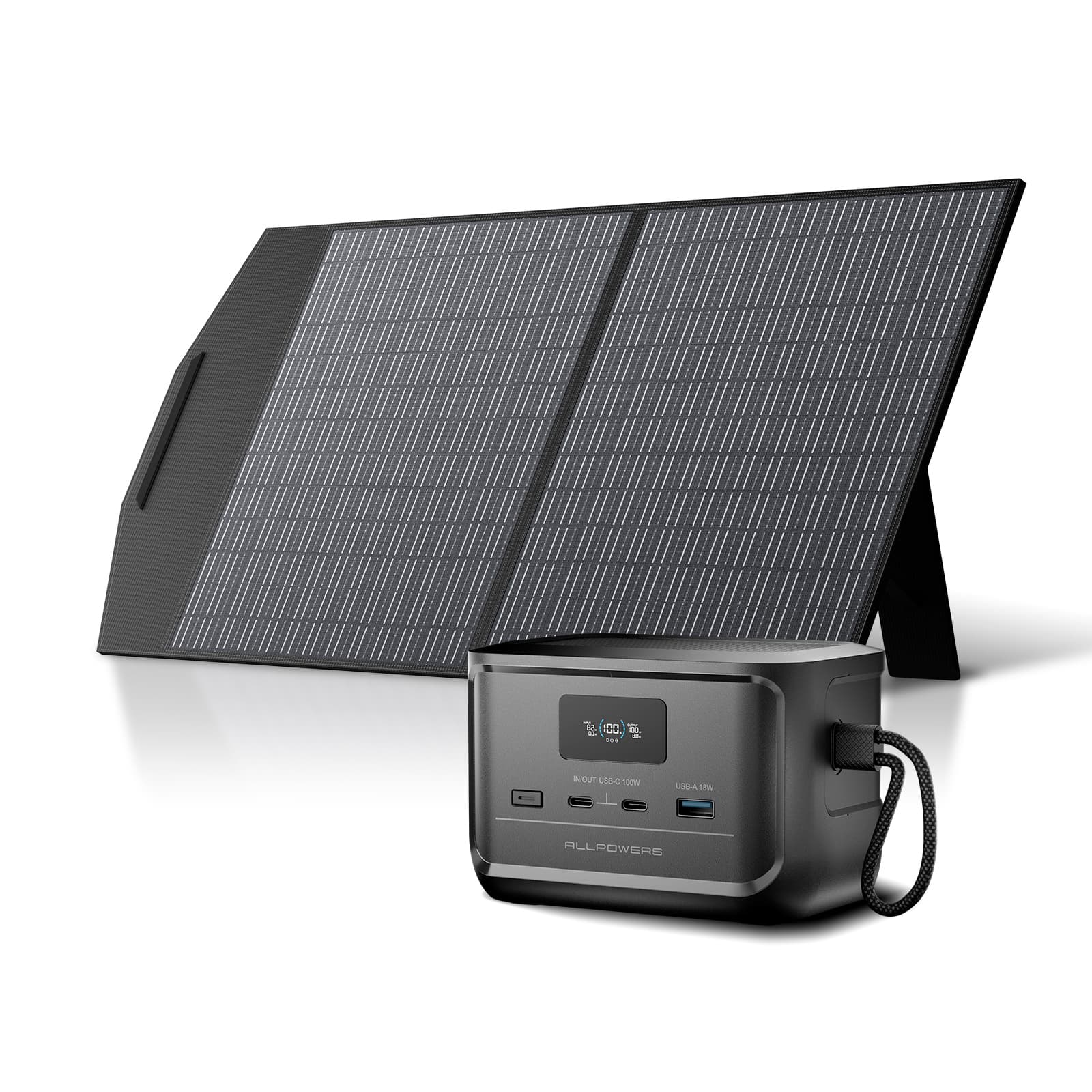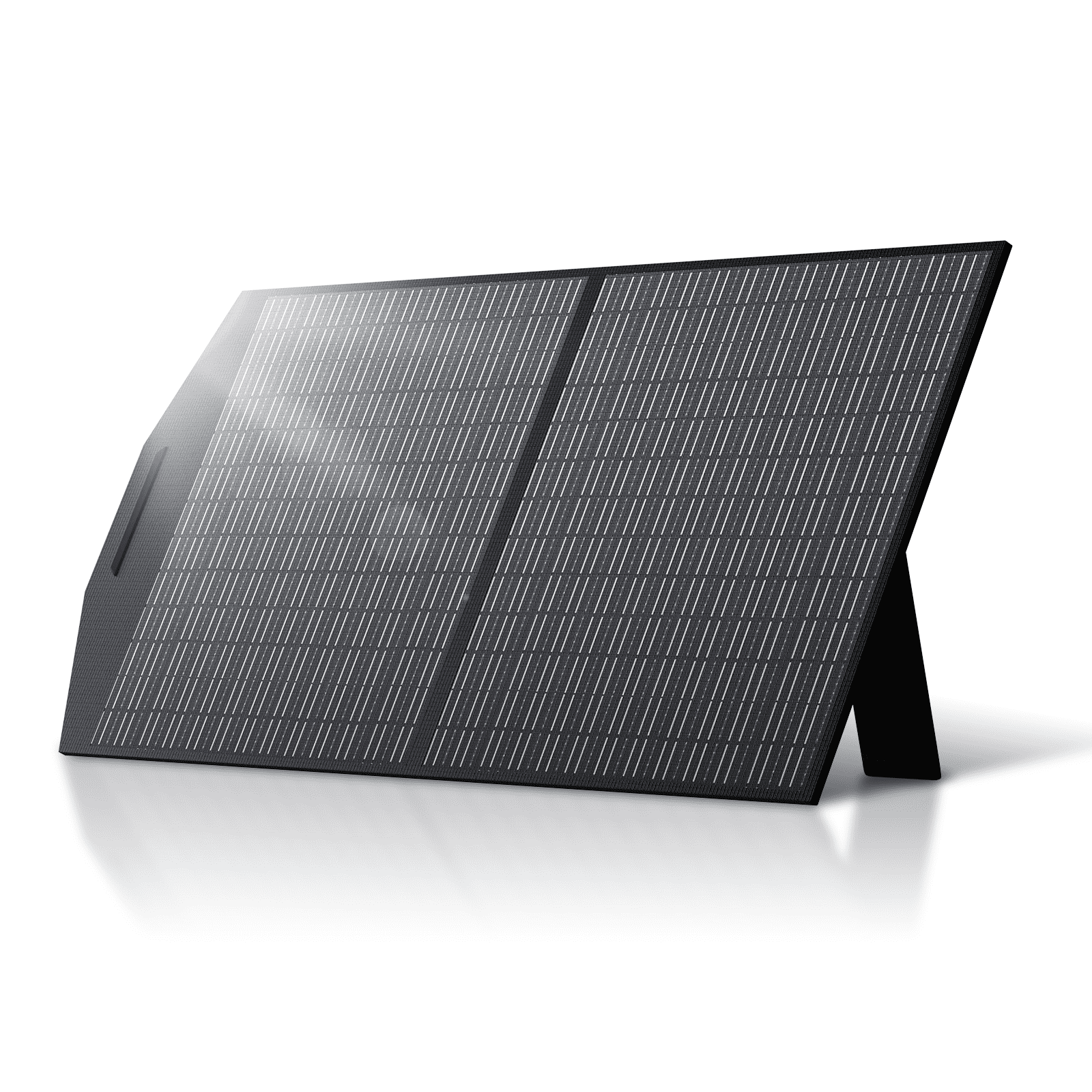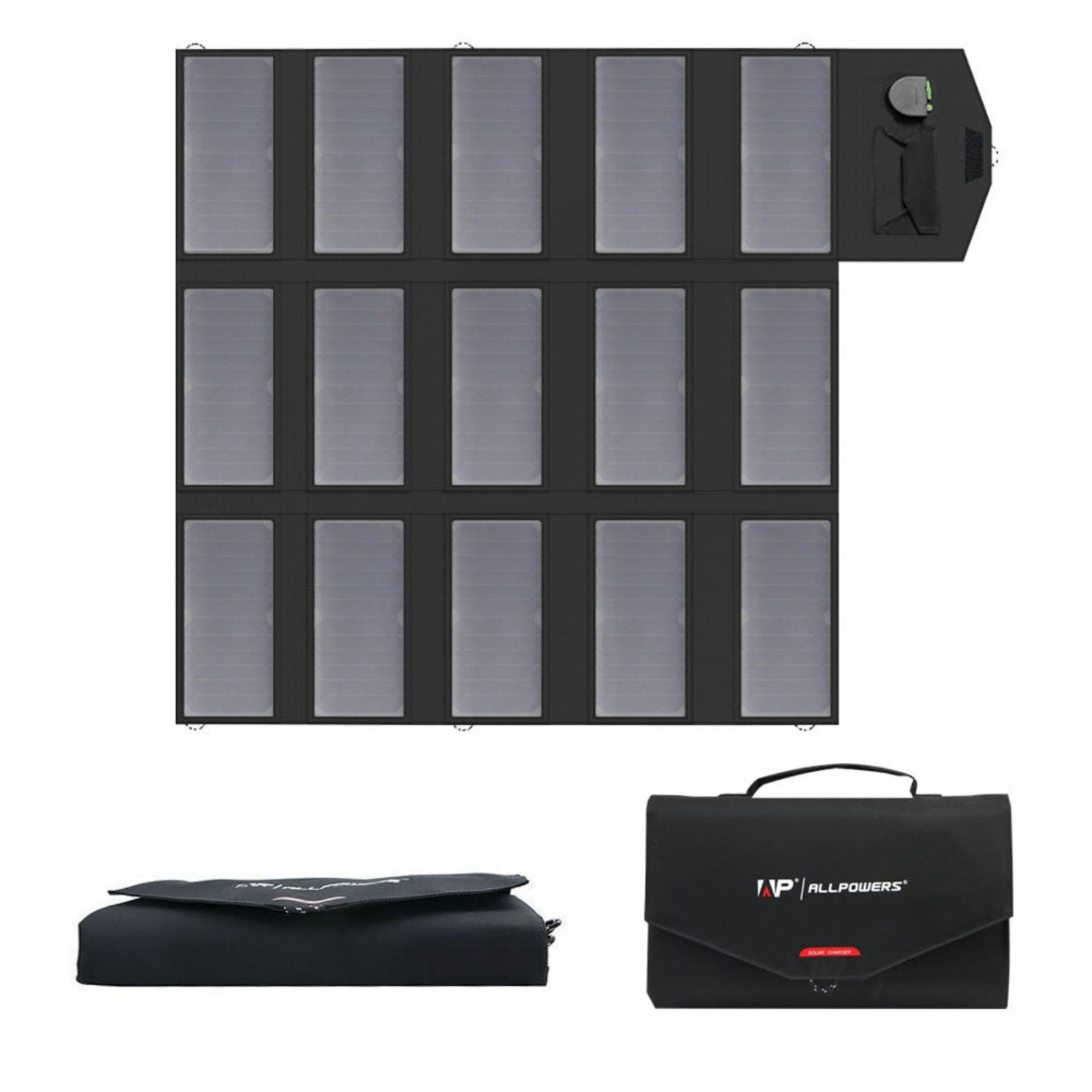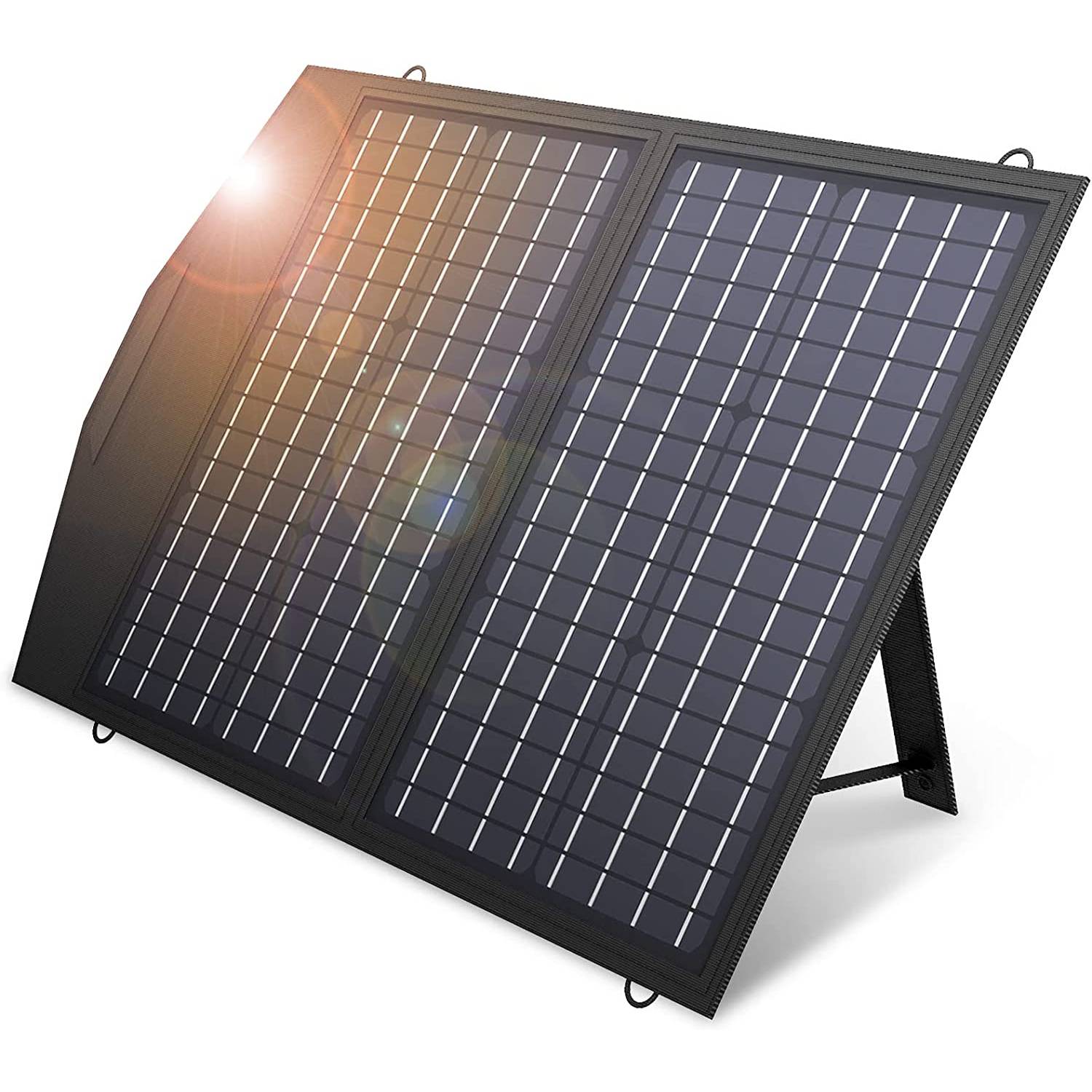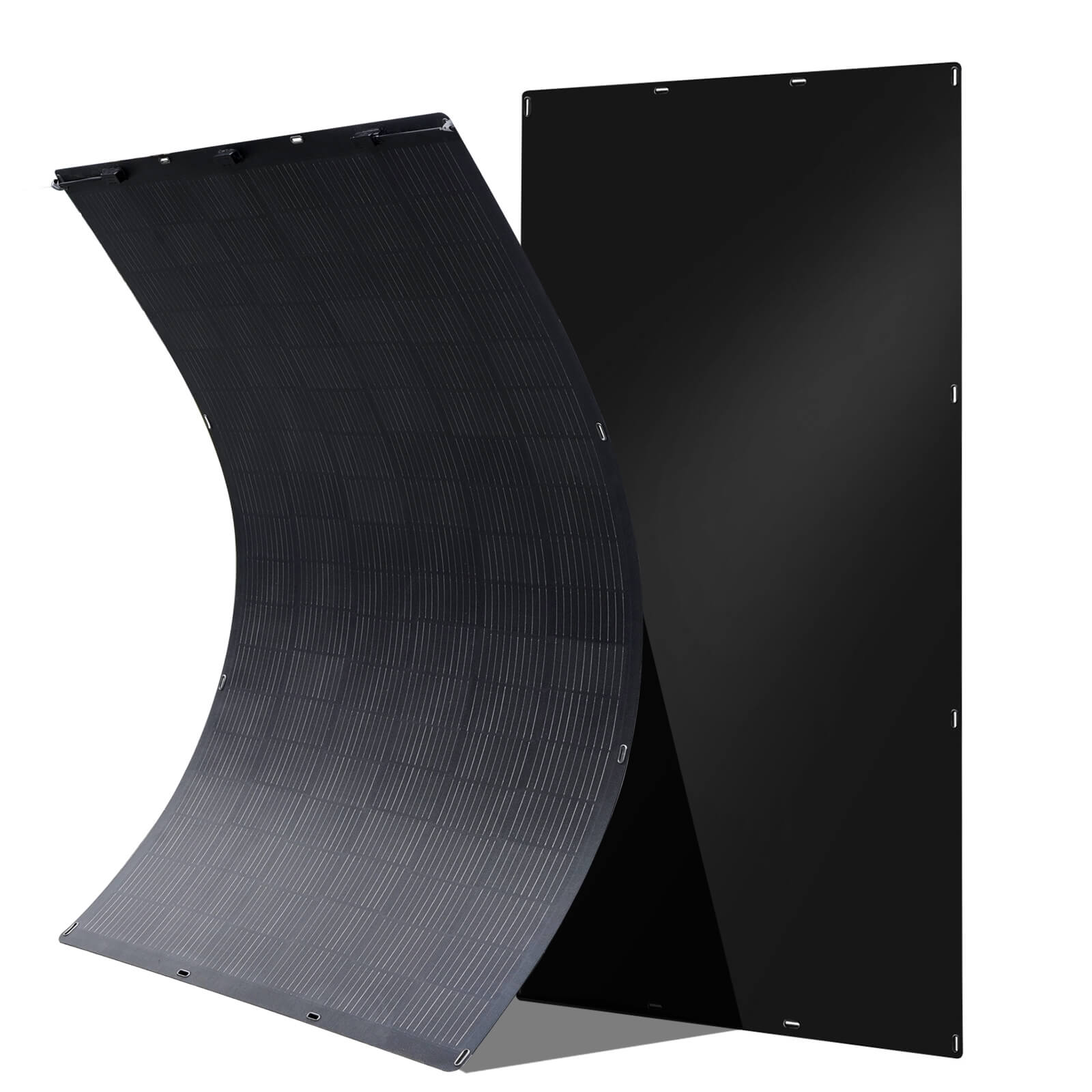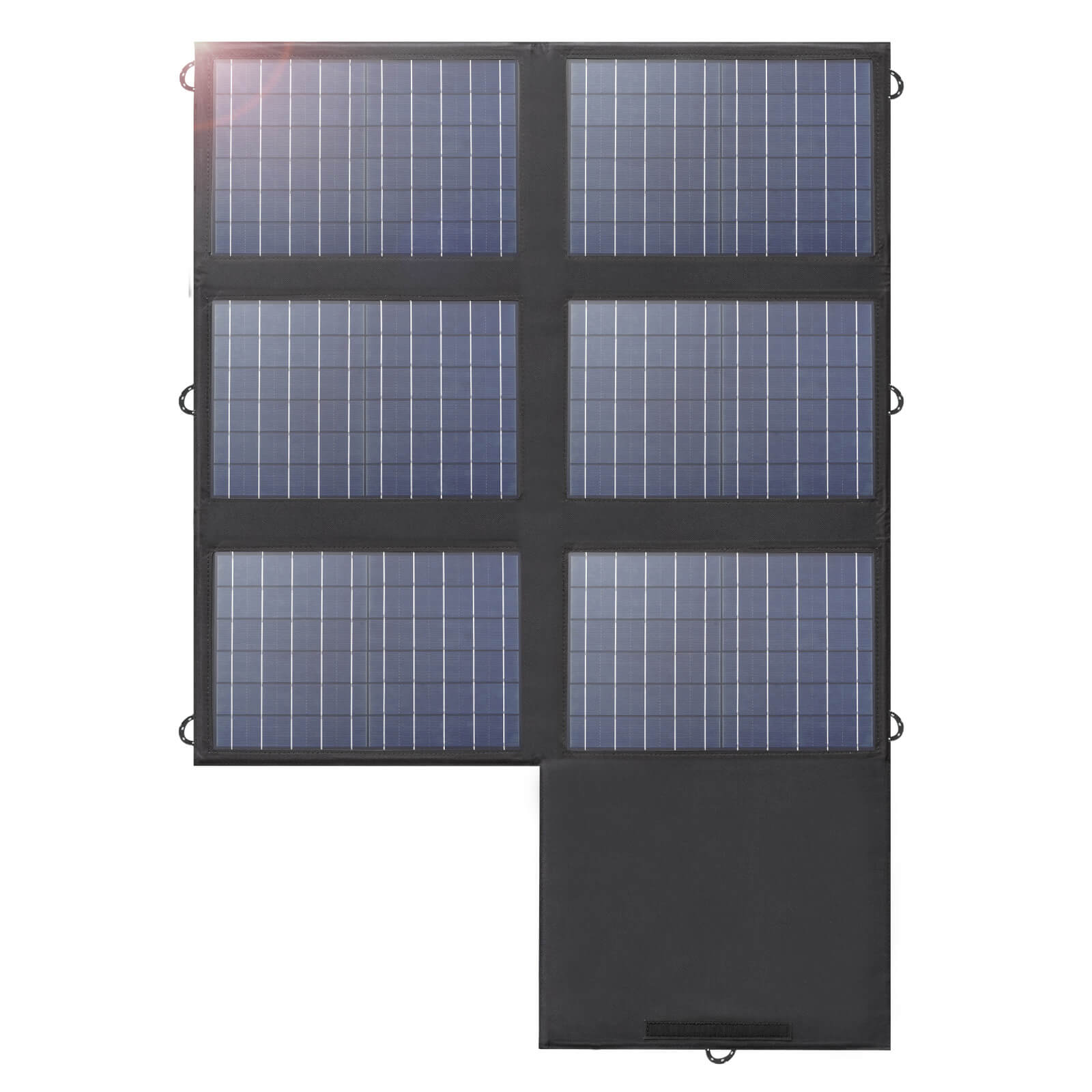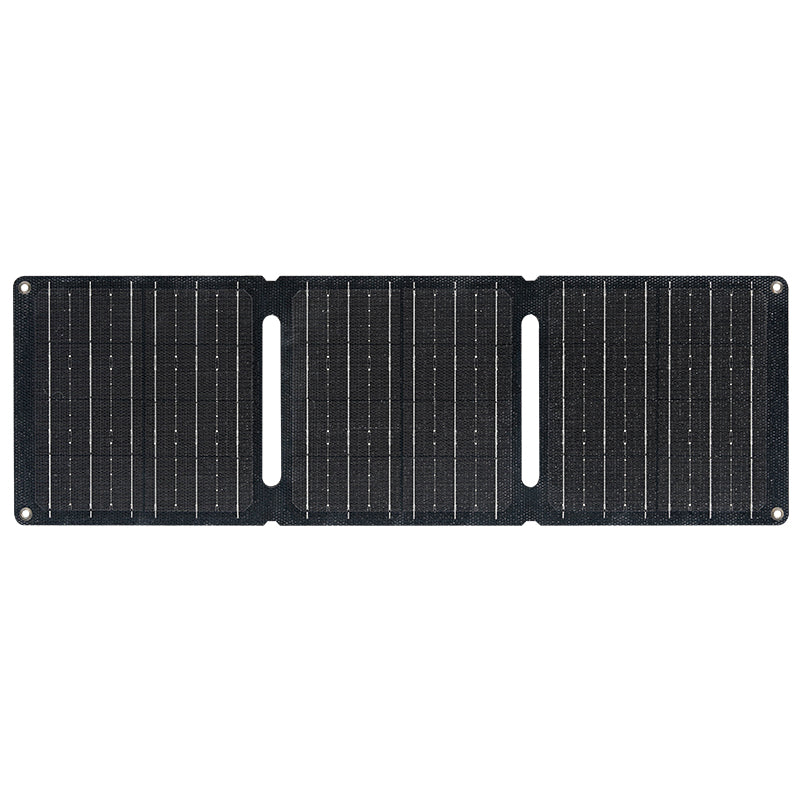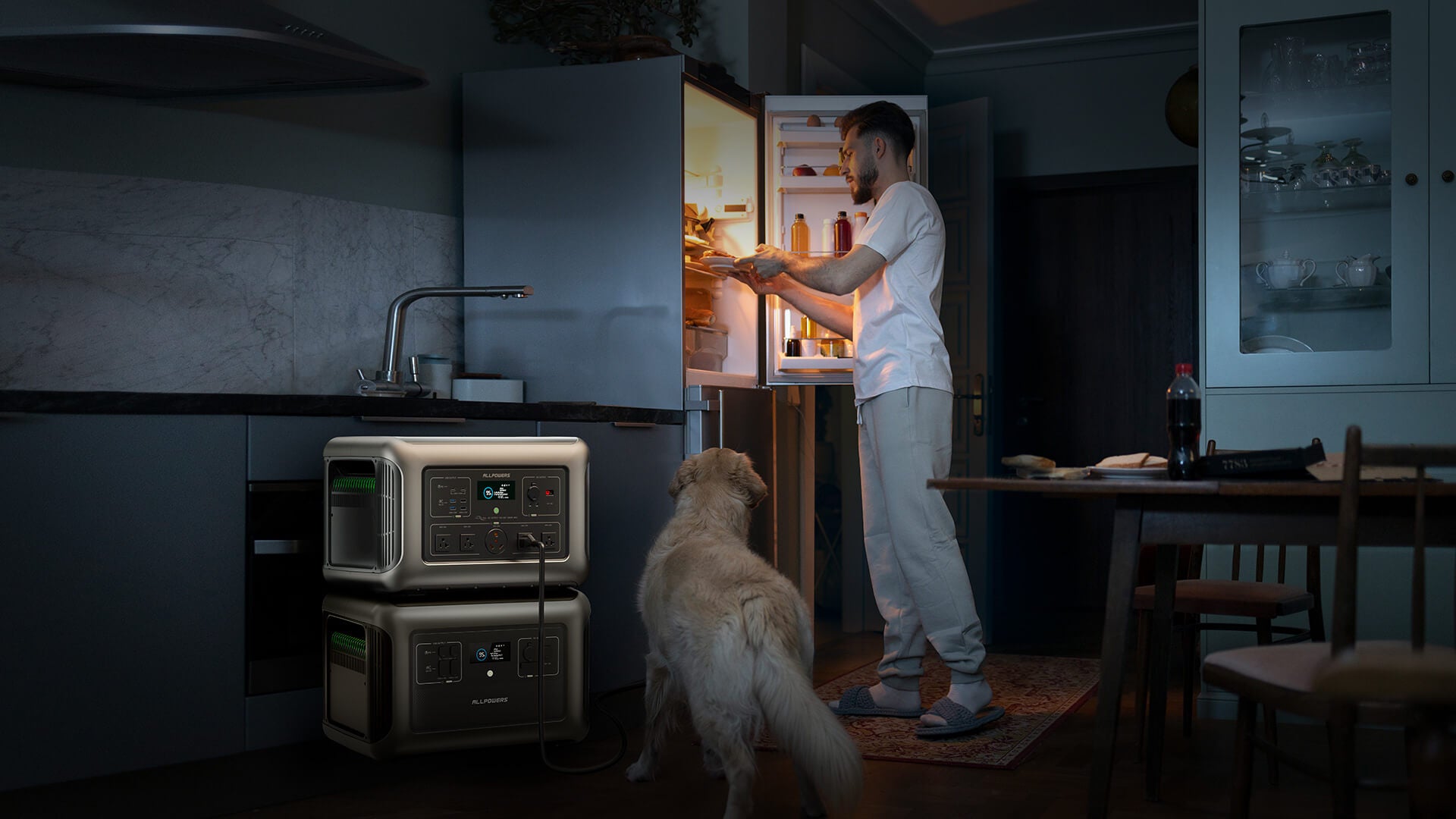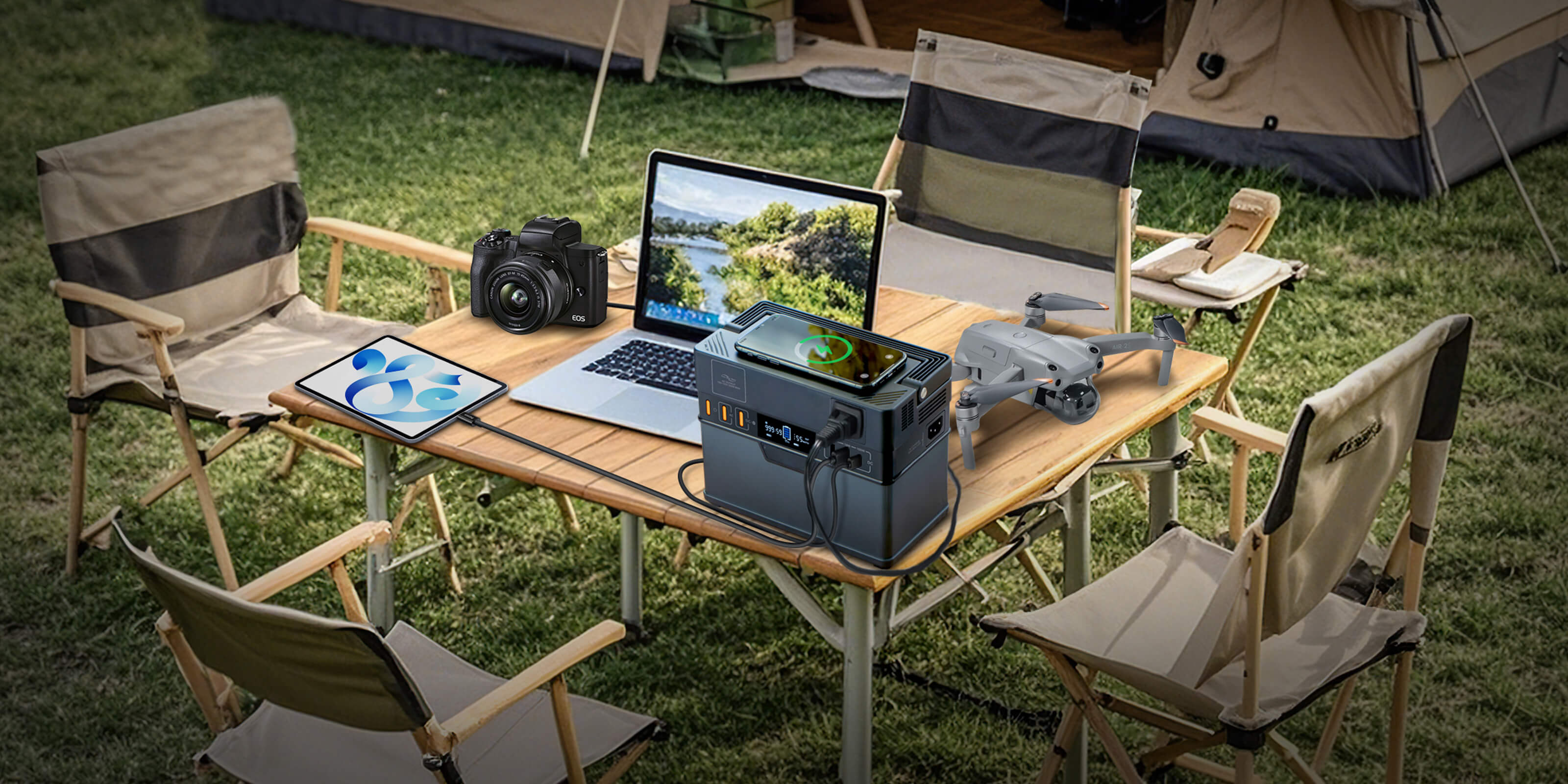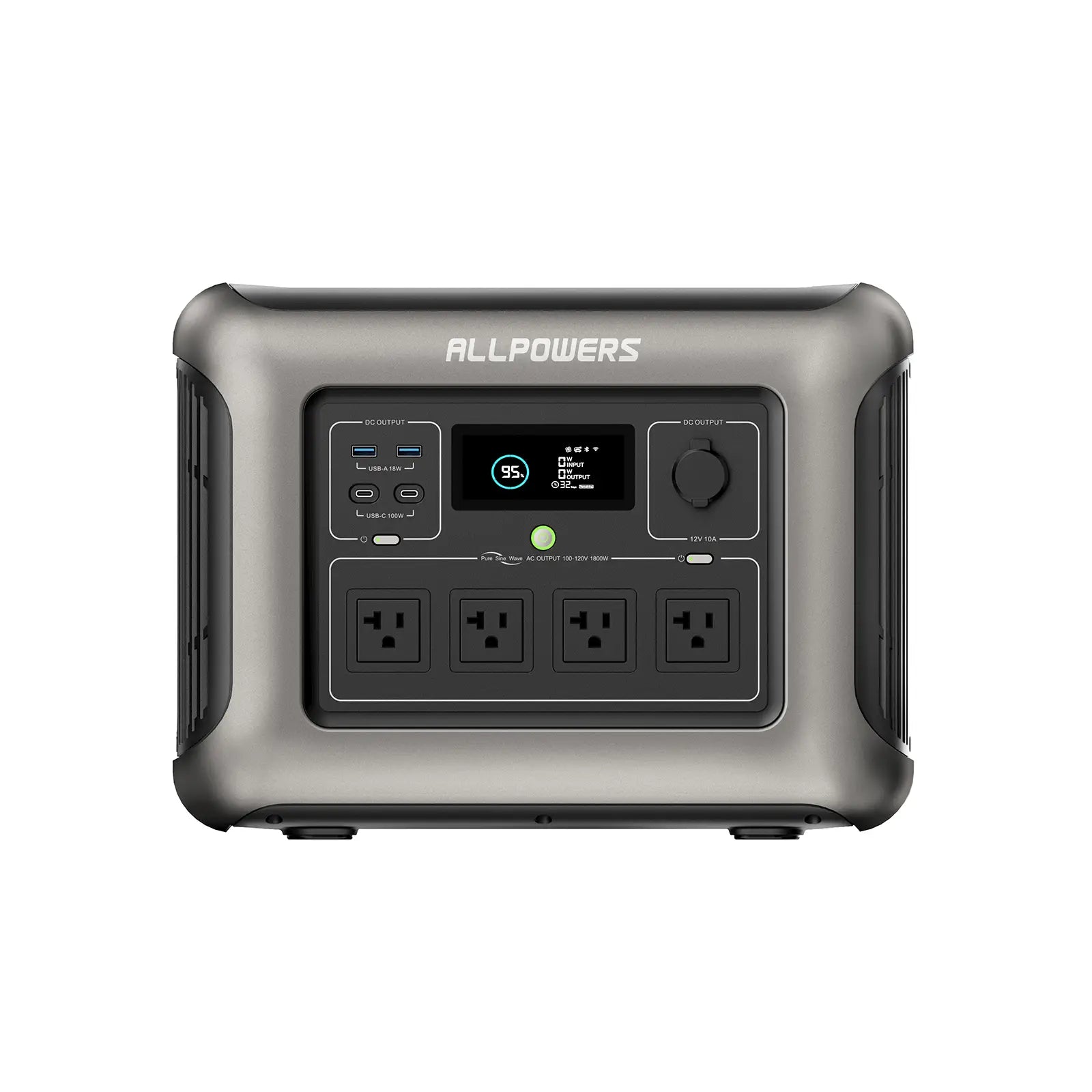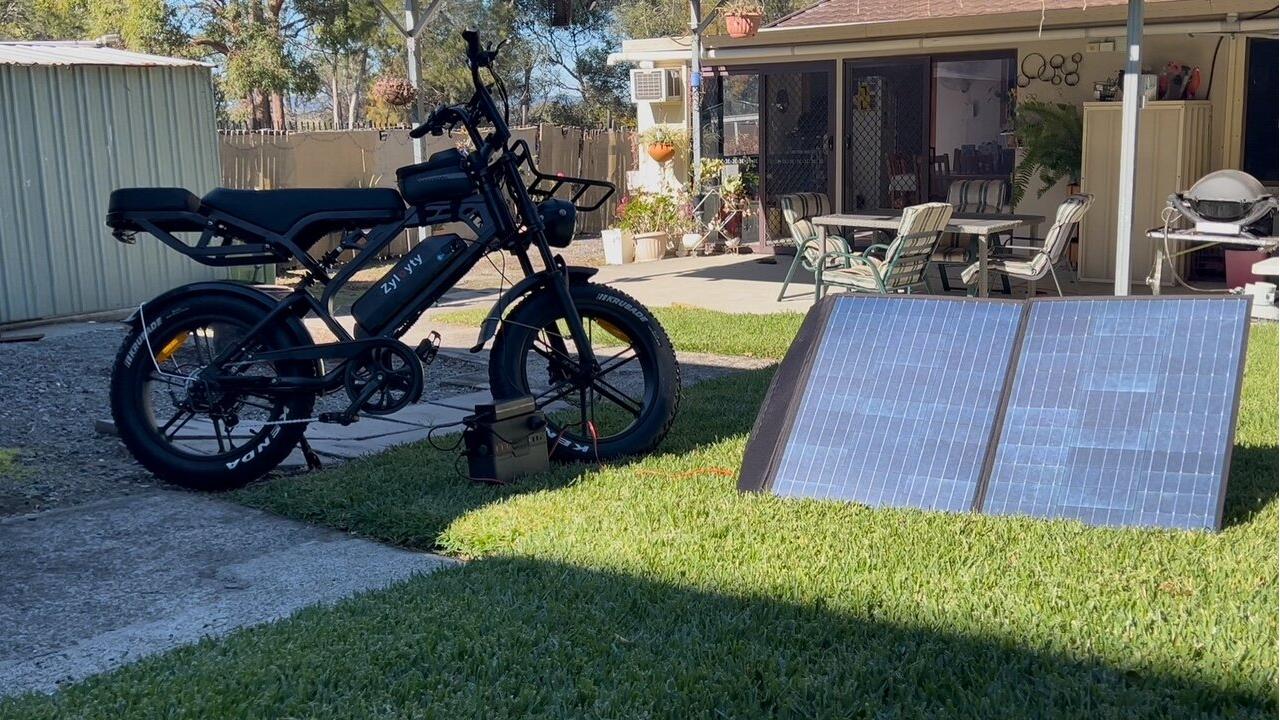In today’s world, staying connected and powered up is more important than ever.
Whether you’re traveling, camping, or facing a power outage, portable charging solutions come in handy.
Two of the most common devices for portable power are power banks and power stations.
But what exactly sets them apart, and which one is better suited for your needs?
Both Keep You Powered Up, But That’s Where the Similarity Ends
On the surface, a power bank and a portable power station seem to do the same thing—charge devices when you’re off-grid or in a pinch. But if you look under the hood, the contrast is pretty stark.
A power bank is your everyday carry—lightweight, compact, and made to top off small electronics like phones, earbuds, or a smartwatch. They’re lifesavers when you’re navigating airports, hiking solo, or just trying to keep Spotify going on a long train ride.
Portable power stations, on the other hand, are built for bigger ambitions. We’re talking full-blown campsite setups, emergency home backup, or off-the-grid van life. They’re the kind of gear that doesn’t just keep the lights on—they keep your lifestyle running.
Capacity Matters
Let’s start with the heart of the matter—power capacity.
Power banks are measured in mAh (milliamp hours)—so you might see numbers like 10,000mAh or 20,000mAh. That’s enough to charge an iPhone 2 to 4 times. Helpful? Definitely. But you’ll run through it quick if you're charging more than one device or keeping something powered overnight.
Power stations, though, are measured in Wh (watt-hours)—big-boy numbers like 300Wh, 1000Wh, or even more. It’s not just about how many things you can charge, but how long you can run them. Plug in a laptop, keep a drone charged for aerial footage, and run a fan during a hot night—all without breaking a sweat.
Charging Flexibility
Ports matter more than most folks think.
Most power banks offer a couple of USB-A or USB-C options. Maybe one fast charge. That’s great—until you need to plug in a fan, a camera charger, or, heaven forbid, a small appliance.
Portable power stations? These are multi-tool beasts. AC outlets (yes, just like the ones on your wall), DC carports, high-wattage USB-C, and sometimes even wireless charging pads. They don’t just charge—they run. Fans, lights, air pumps, and yes, even your electric cooler, so your beers stay cold on the trail.
This is exactly where ALLPOWERS portable power stations stand out. Known for their efficient solar input and dual-recharge capabilities, they make an excellent choice for outdoor enthusiasts and emergency preppers alike.
Weight and Portability
Here’s where trade-offs come in.
Power banks are the clear winners for ultralight backpackers. If every ounce counts, you’re not dragging along a 10-pound block, no matter how many watts it holds. Hikers, solo campers, or festival goers—this is your zone.
Power stations? Well, they’re chunkier. Some are carry-on size, others are more like a small cooler. But the payoff is massive: you get real electricity on the go. Some come with handles, wheels, or modular stacking systems to make life easier.
A great example is the ALLPOWERS R1500, which is designed with modular stacking features that allow users to expand battery capacity without adding unnecessary clutter.
Safety Features
Here’s something folks often overlook—safety.
Let’s not forget about protection. Power banks often come with basic safeguards—short-circuit protection, overcharge protection, maybe a thermal cut-off.
But power stations? They’ve got serious brains behind the brawn. Expect built-in battery management systems (BMS) that monitor temperature, voltage, current, and even environmental conditions. That’s peace of mind when you're charging multiple devices next to your tent, far from any fire department.
Charging Speed
Another thing people overlook? How fast these things recharge themselves.
Power banks usually take a while to refill—sometimes 4–6 hours or more—especially if you’re using an underpowered wall plug. And most can’t be used while charging.
Power stations, particularly the newer models, often support fast-charging or dual-input systems, meaning you can recharge from the wall, car, or solar panels at the same time.
Also, stations can typically output while charging—that’s called pass-through charging. It’s a subtle but powerful feature, especially if you’re juggling multiple power needs on a tight timeline.
But What About Cost?
Power banks are cheaper—no surprise there. Some run under $30. And that’s great for what they do.
Power stations, while more expensive upfront, present greater value through their versatility. You’re investing not only in stored energy, but in independence, reliability, and peace of mind—especially during extended off-grid adventures or emergency scenarios.
It’s kind of like comparing a pocketknife to a multi-tool. The knife works great for simple cuts, but when you need pliers, a screwdriver, and a can opener too? You want the multi-tool.


